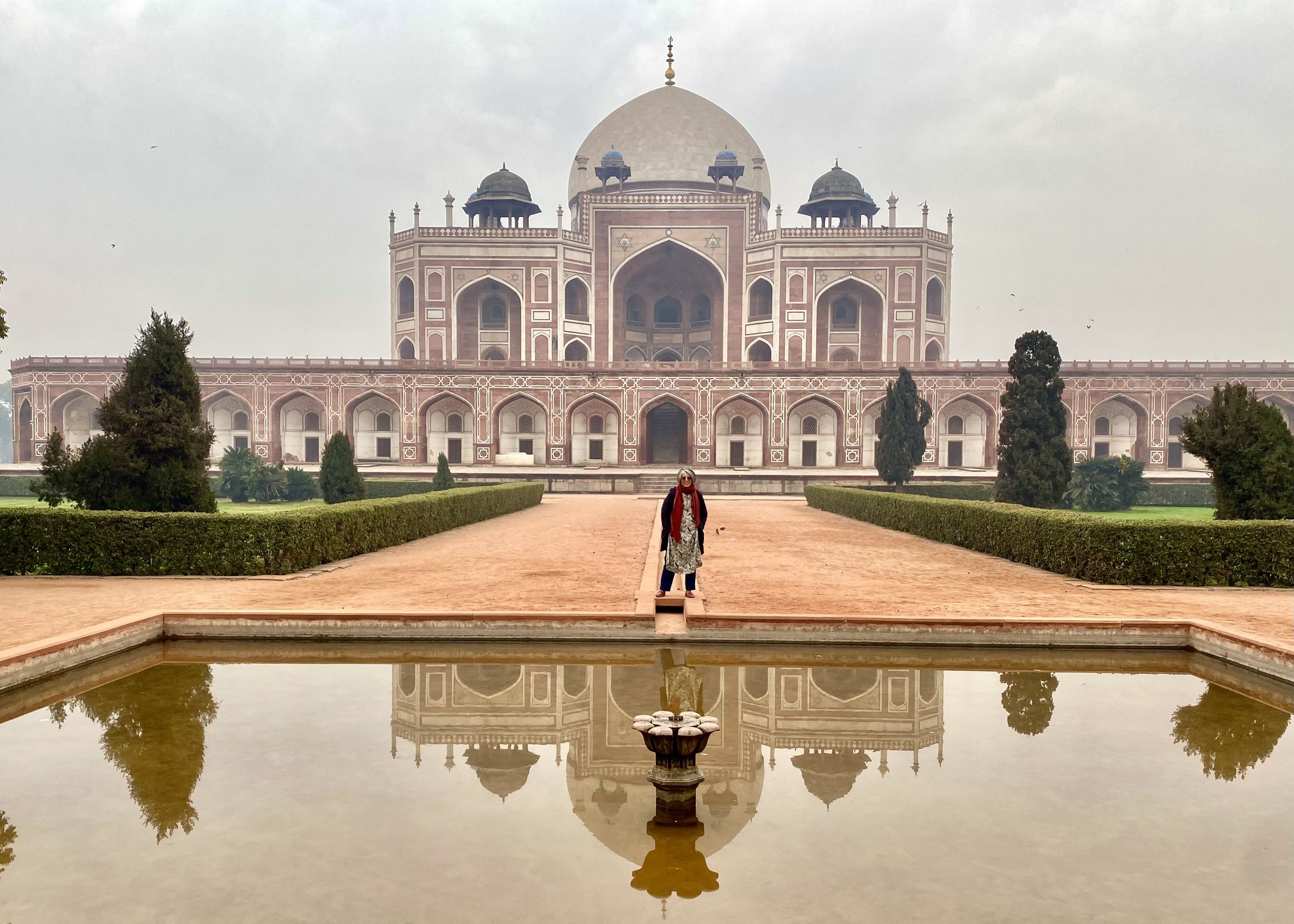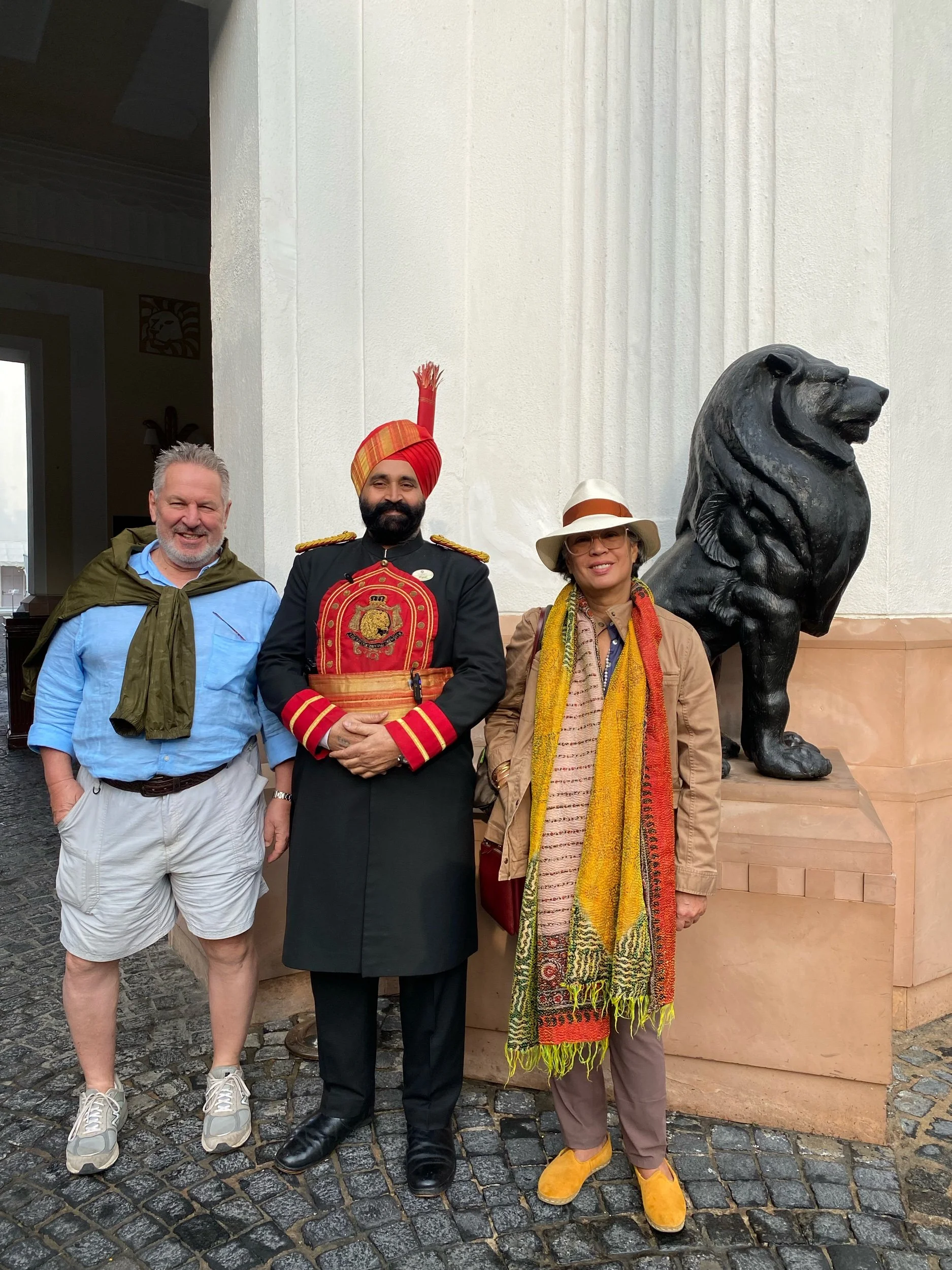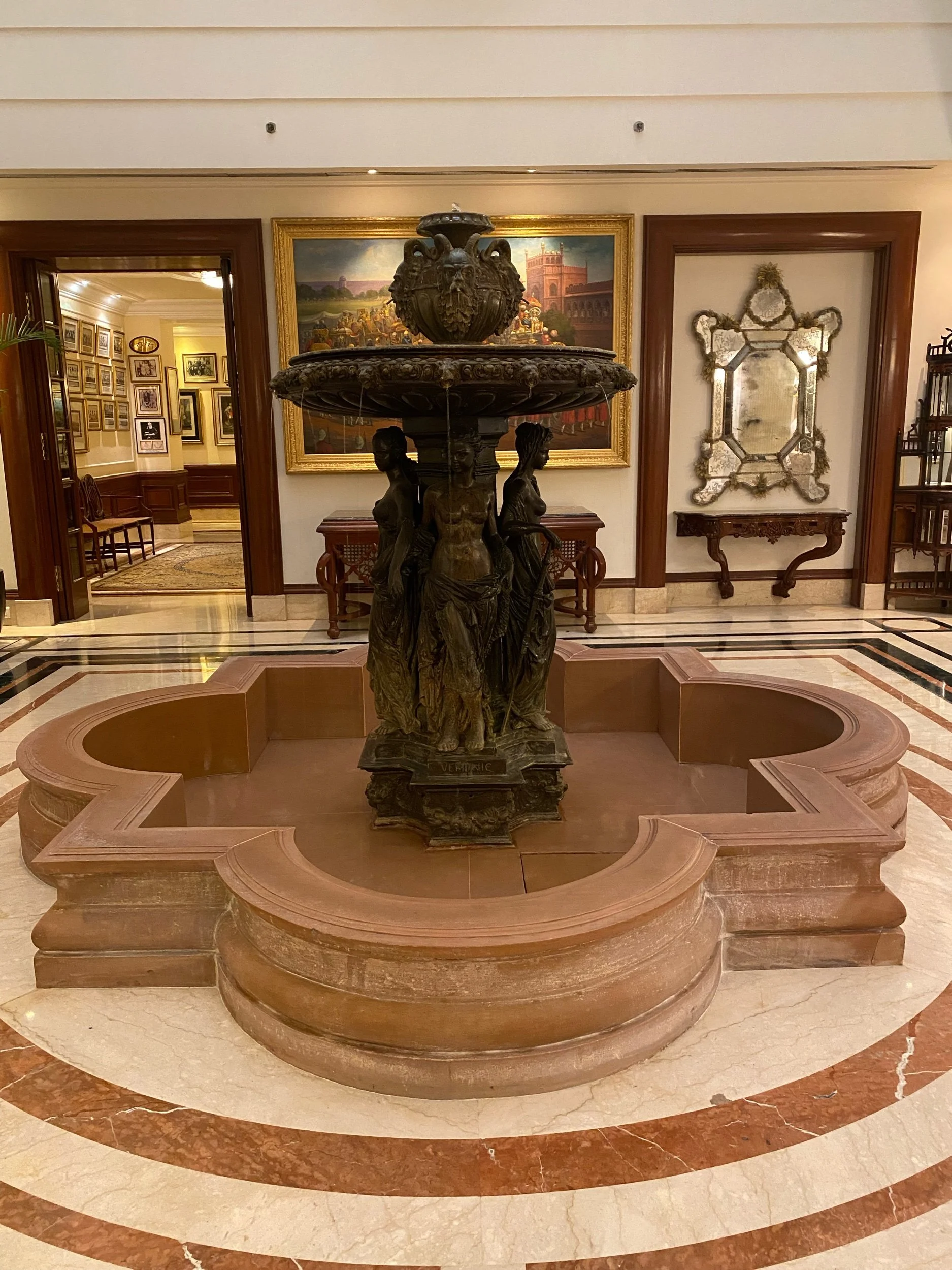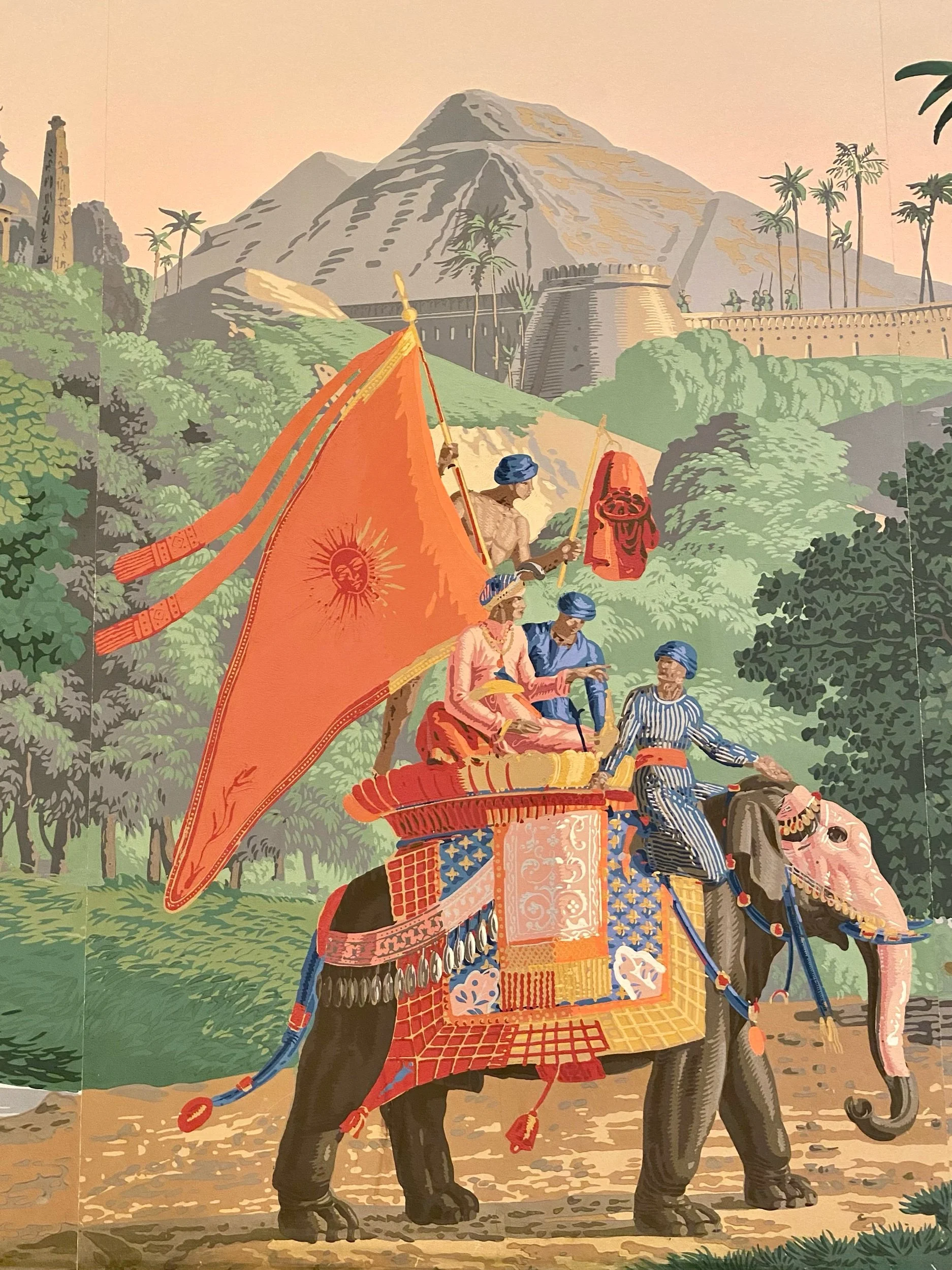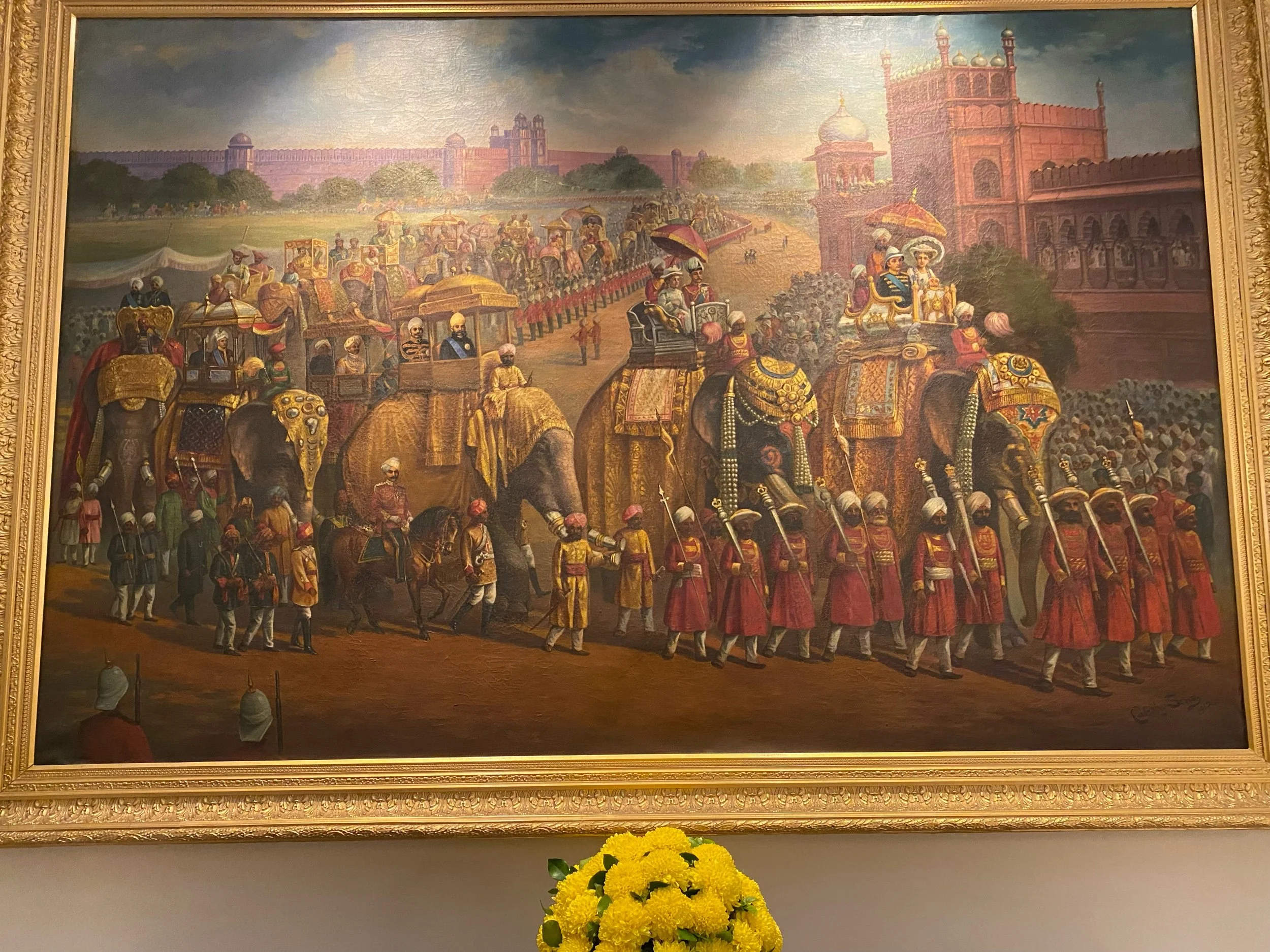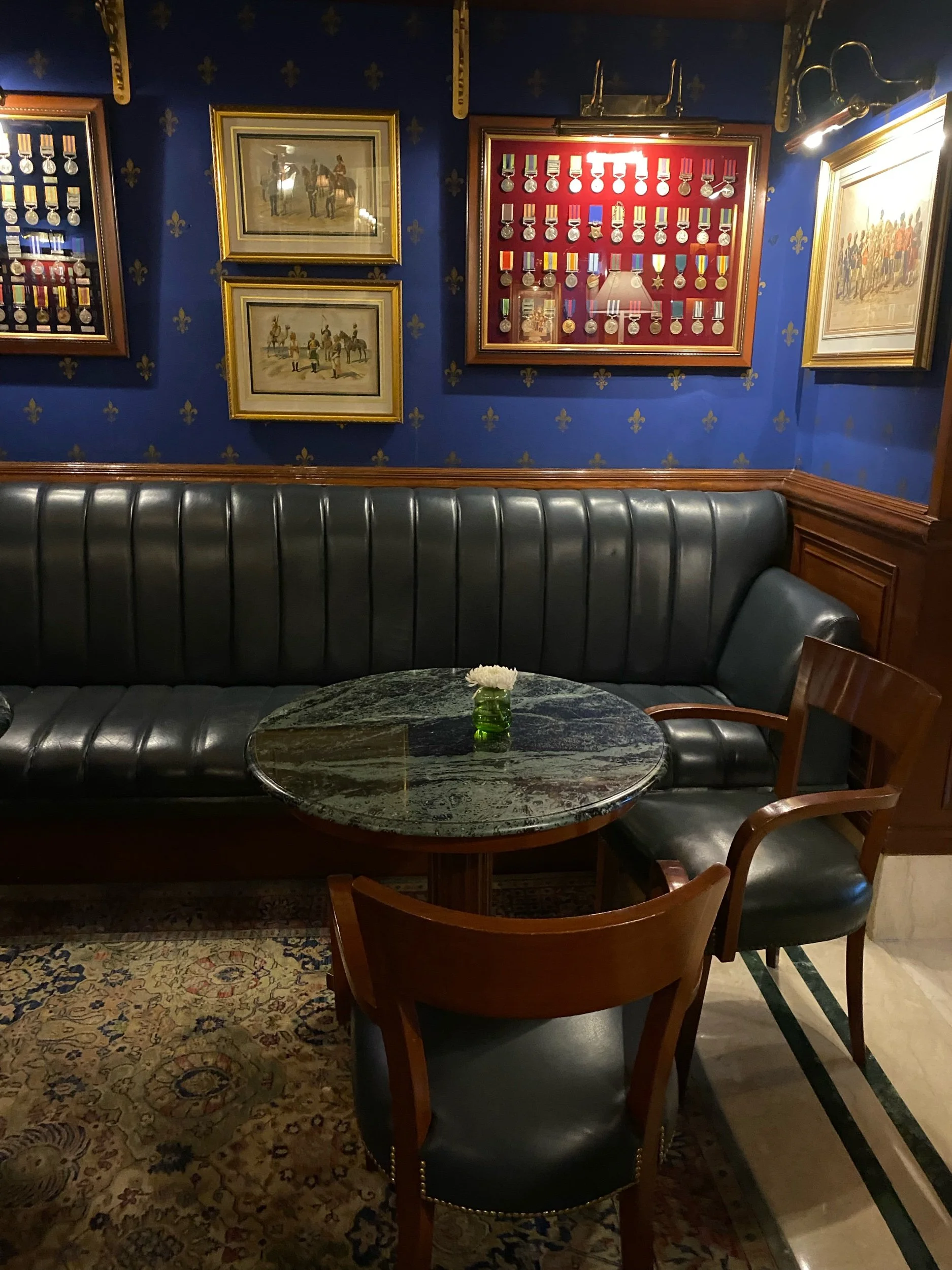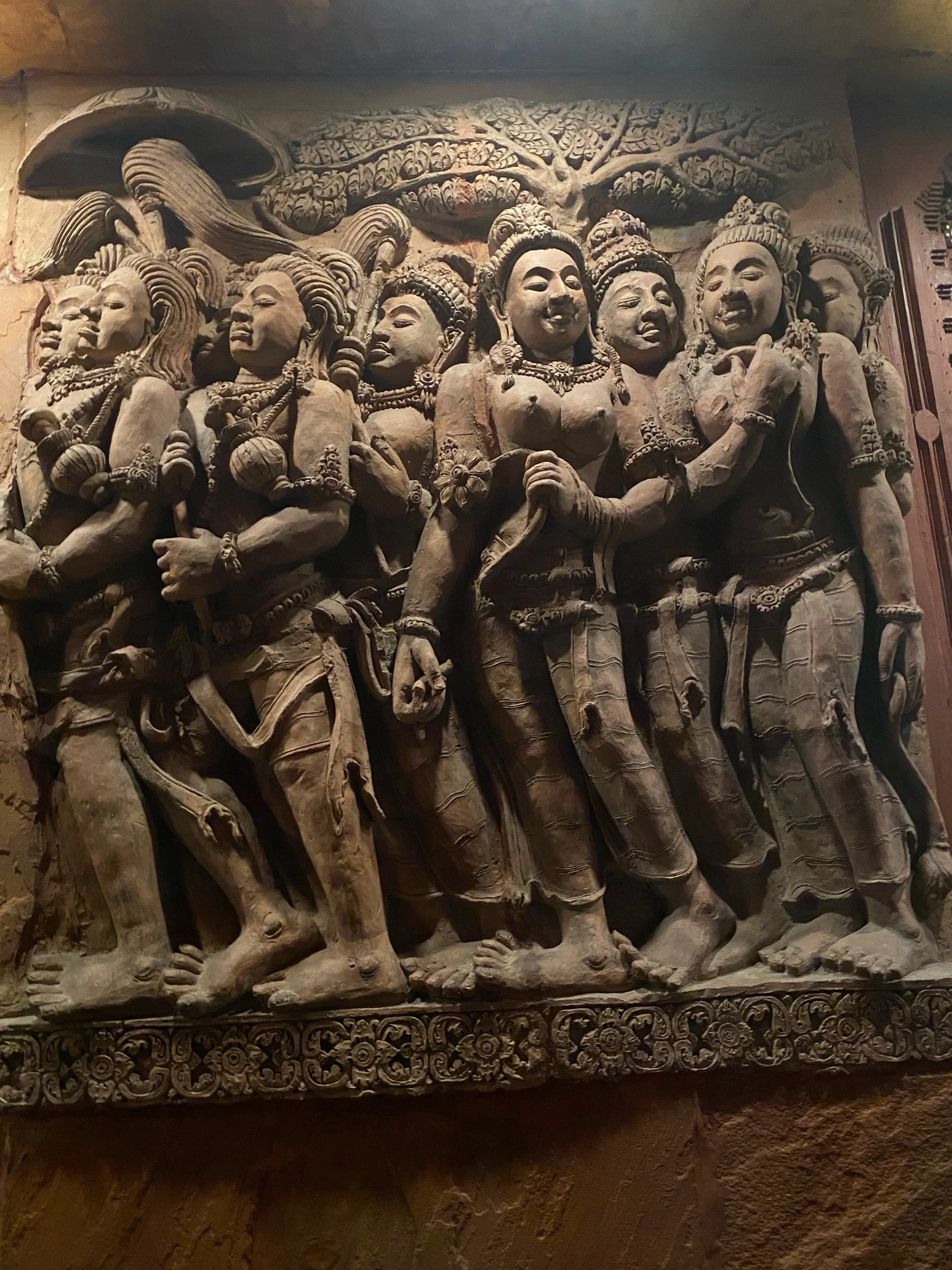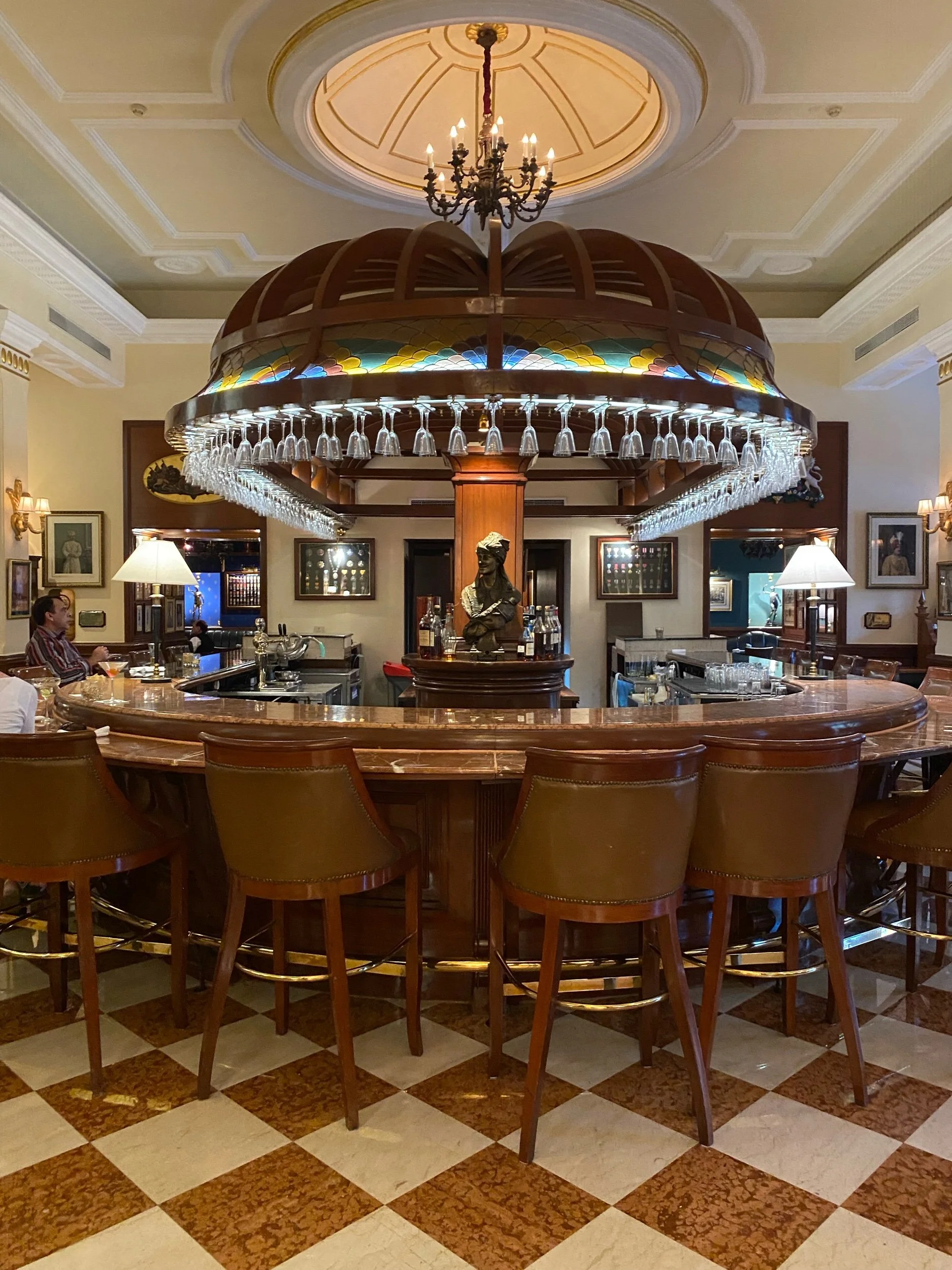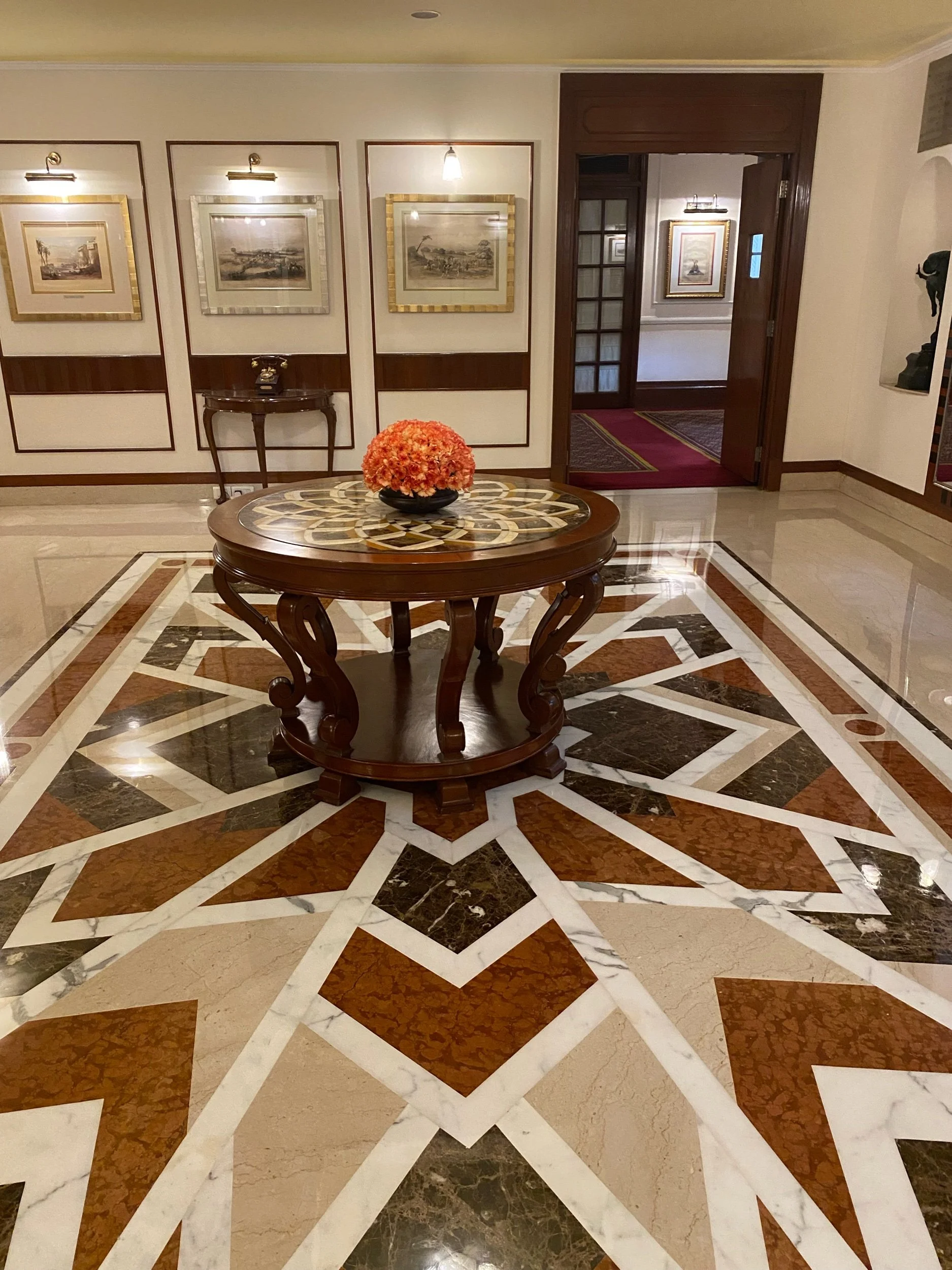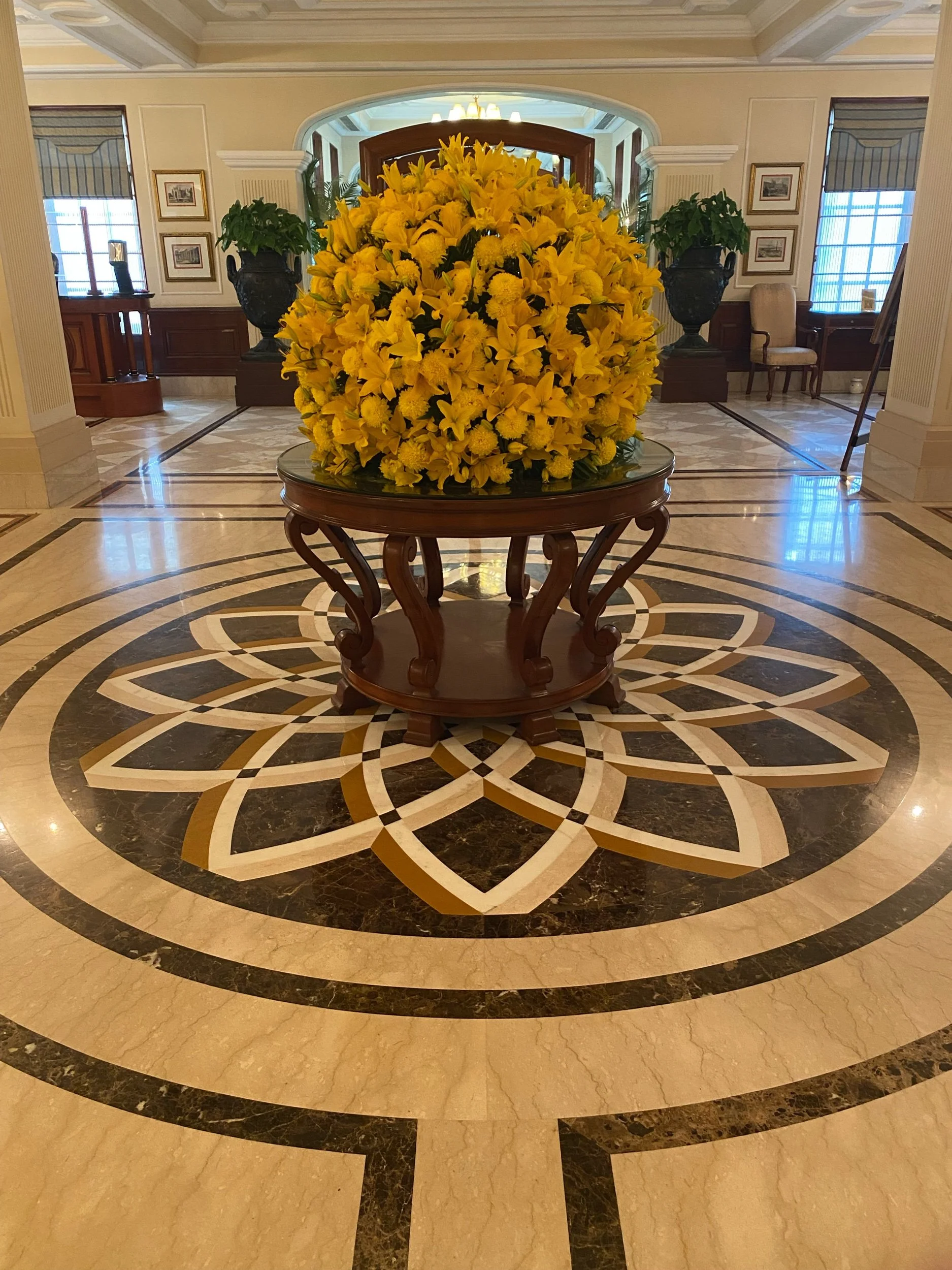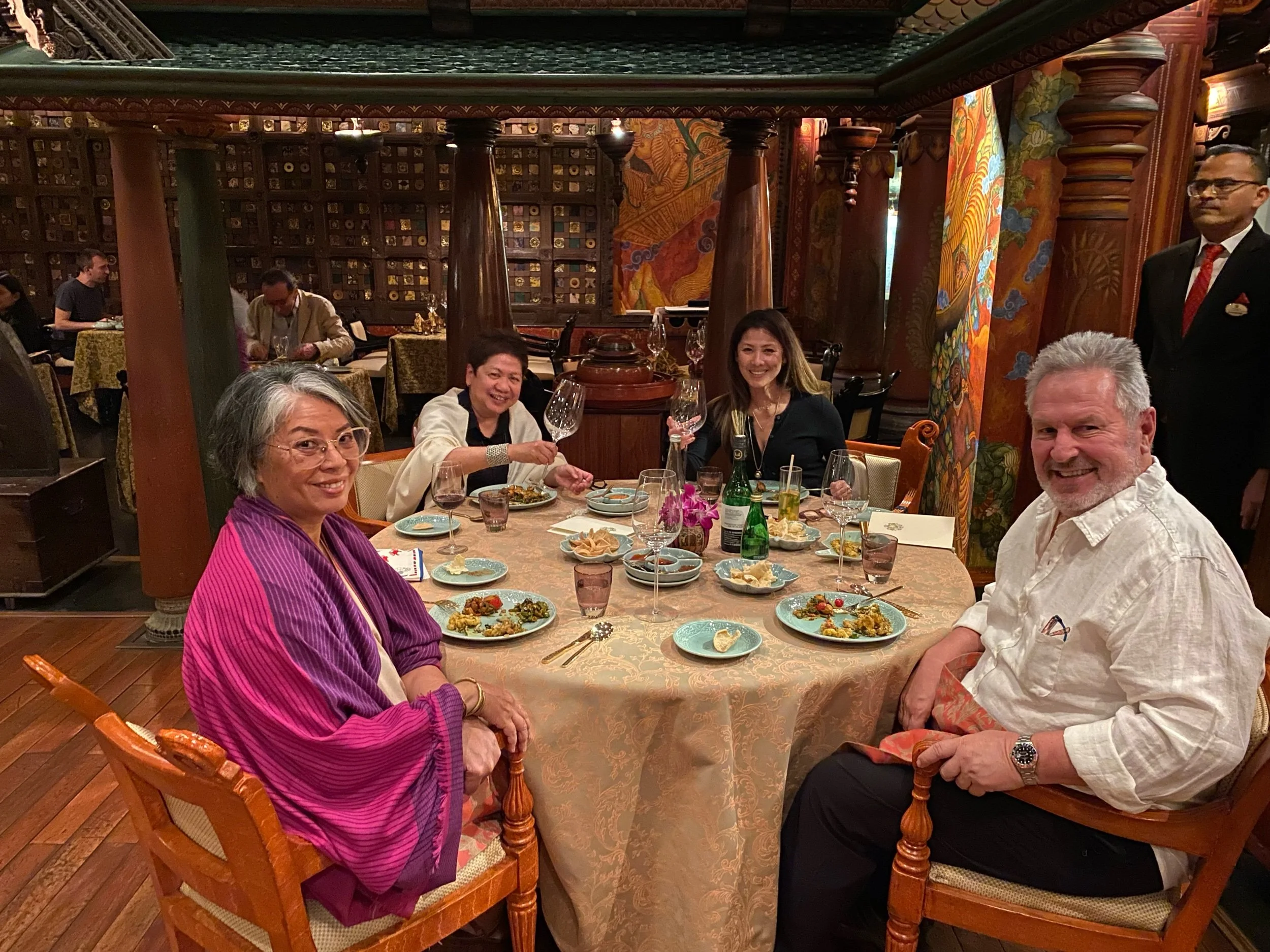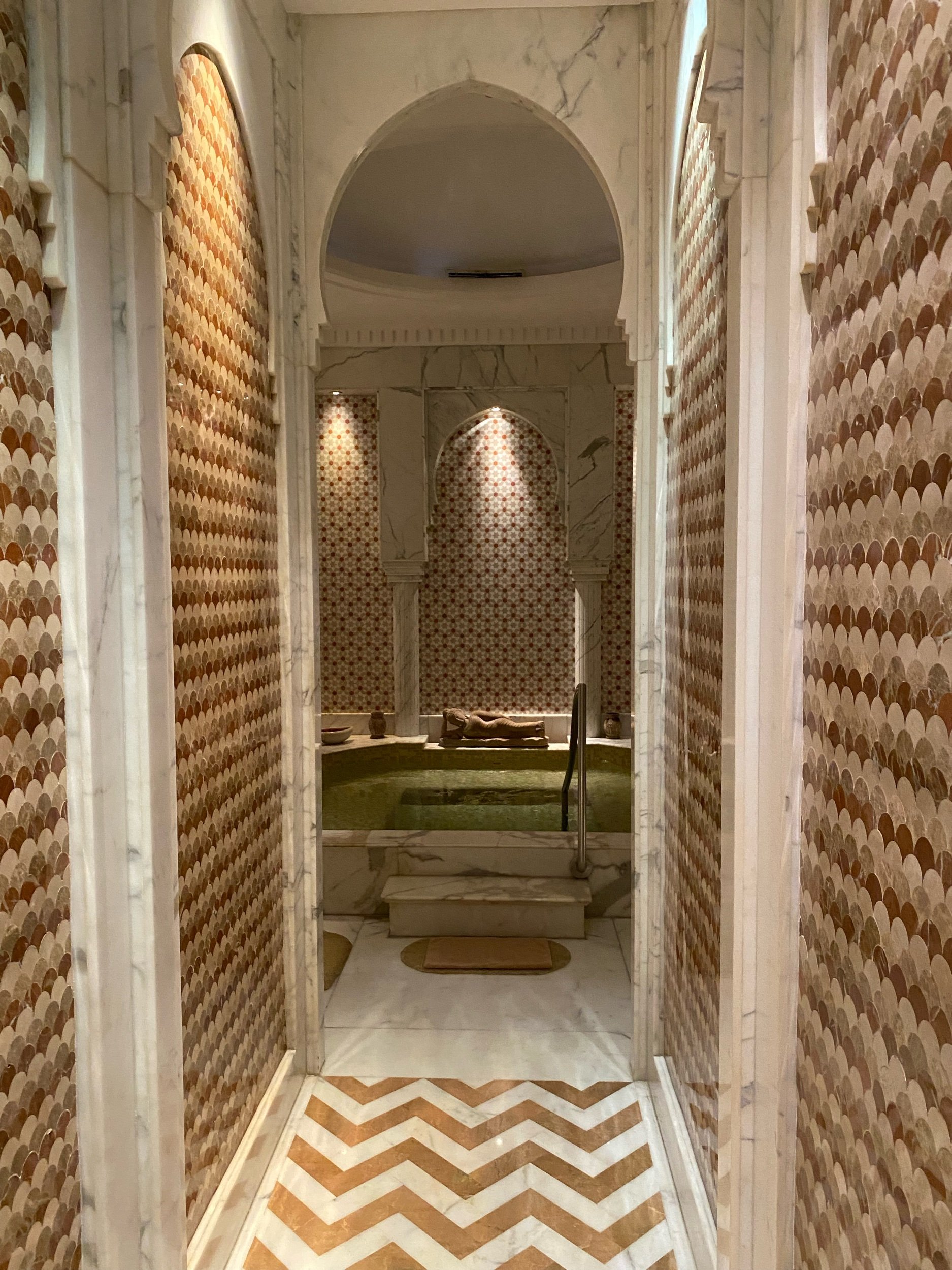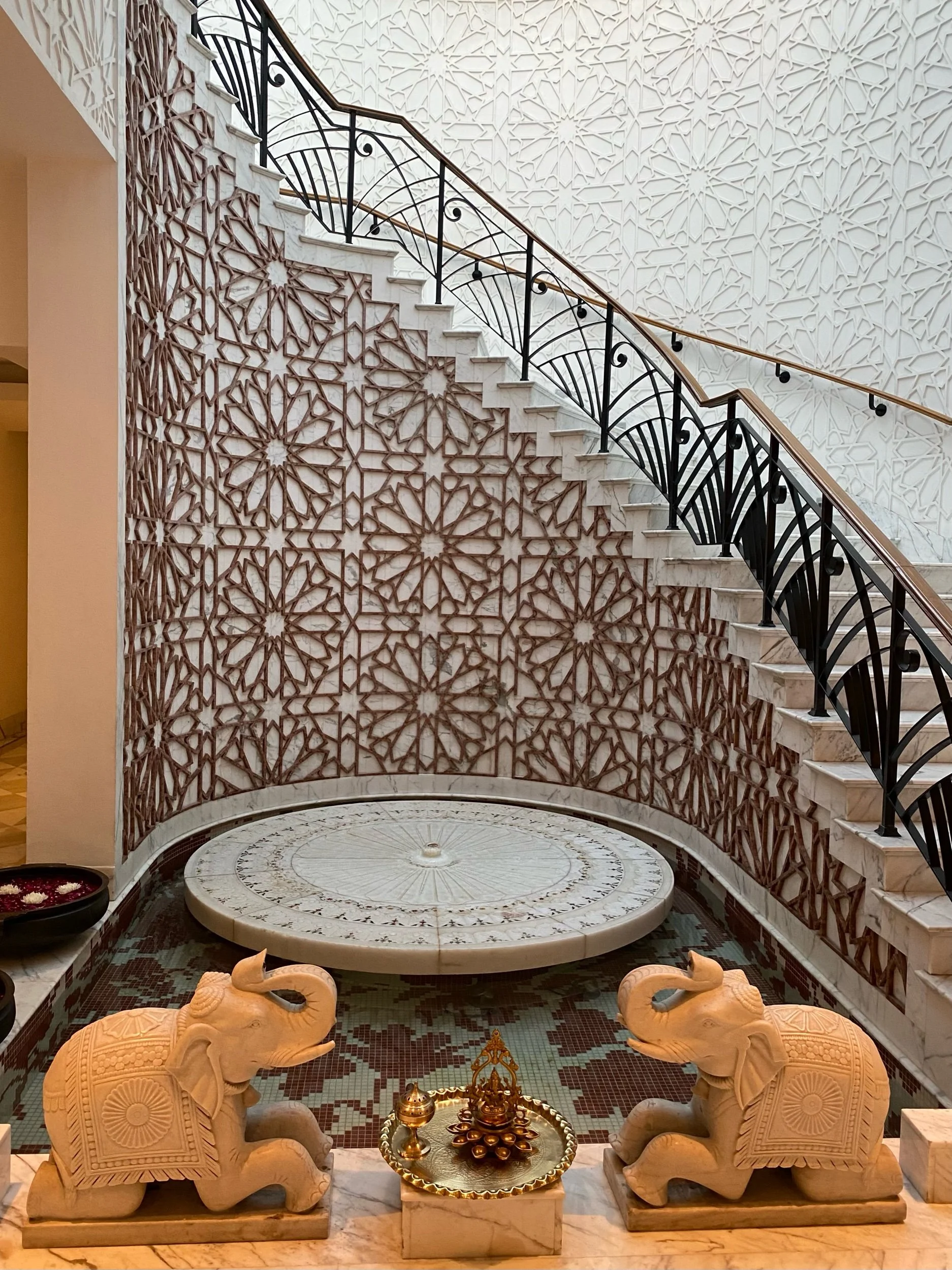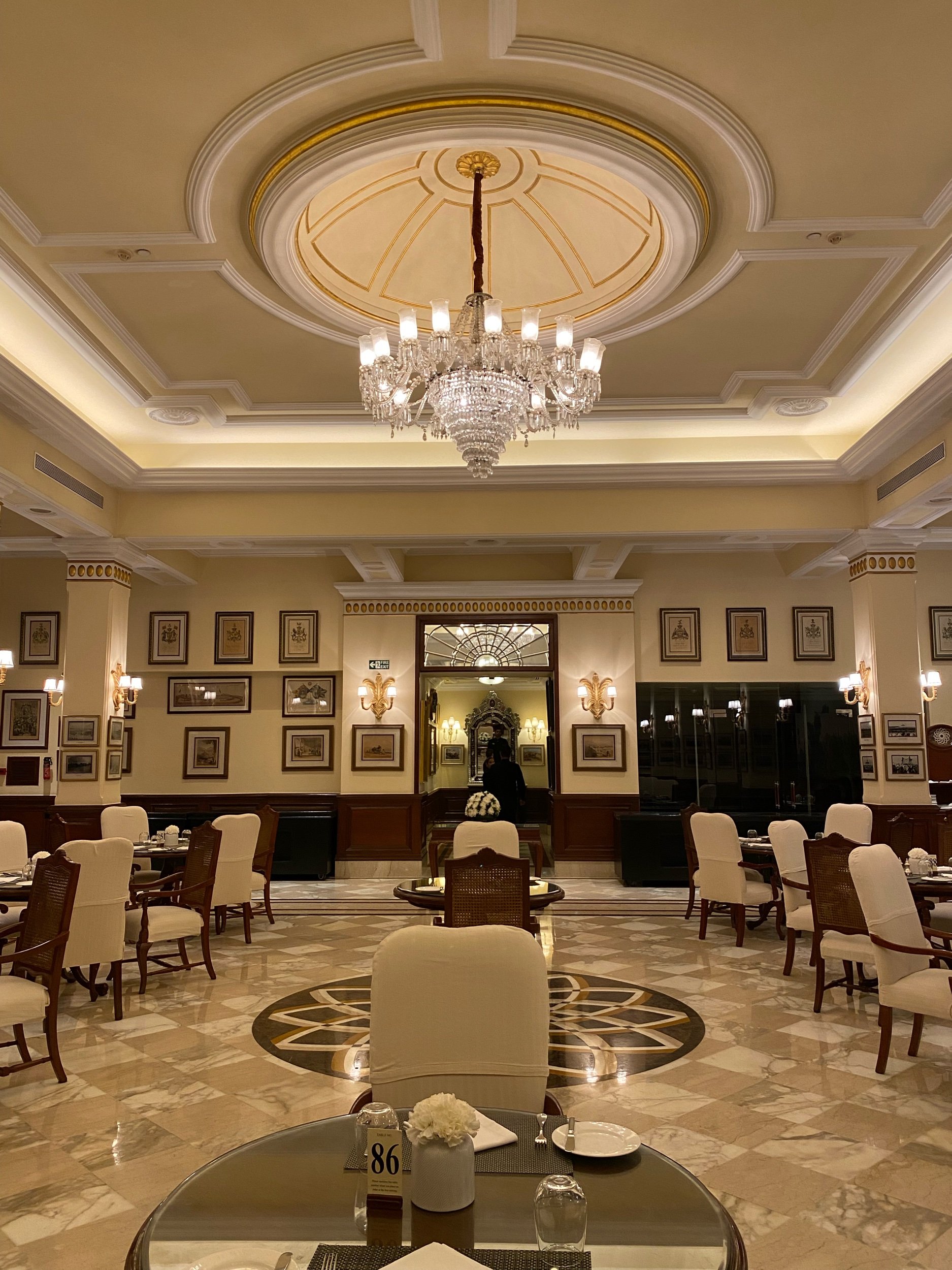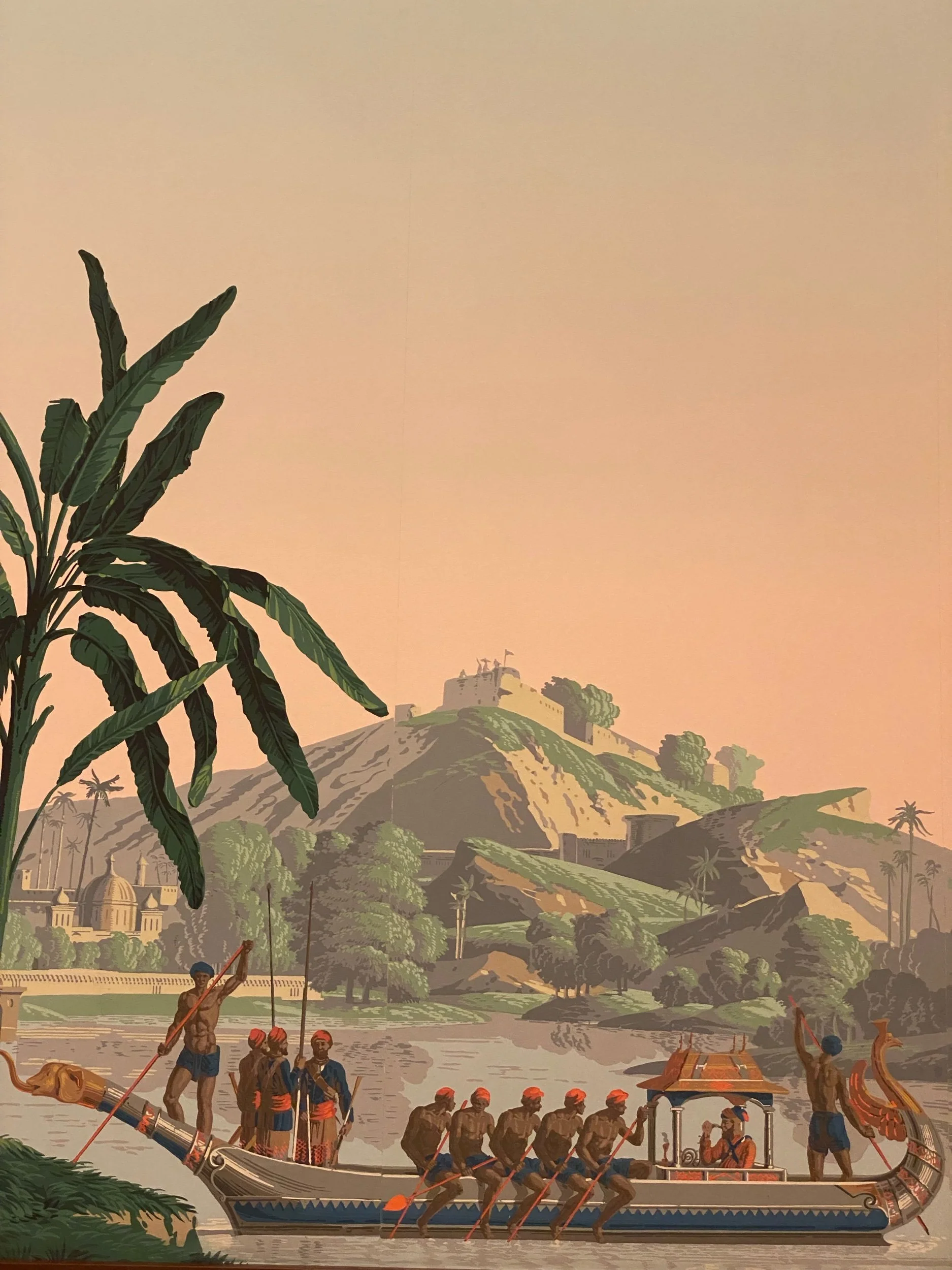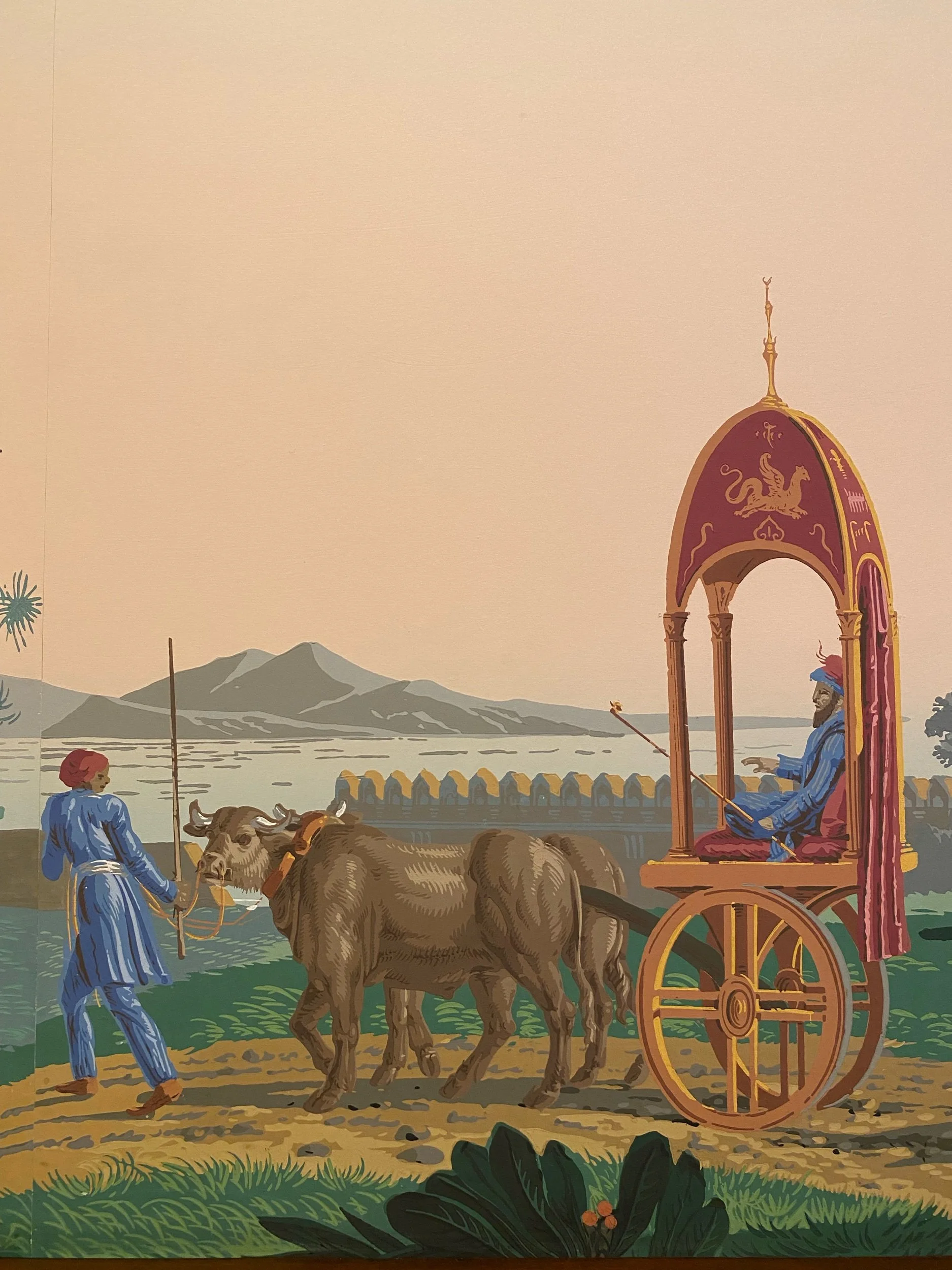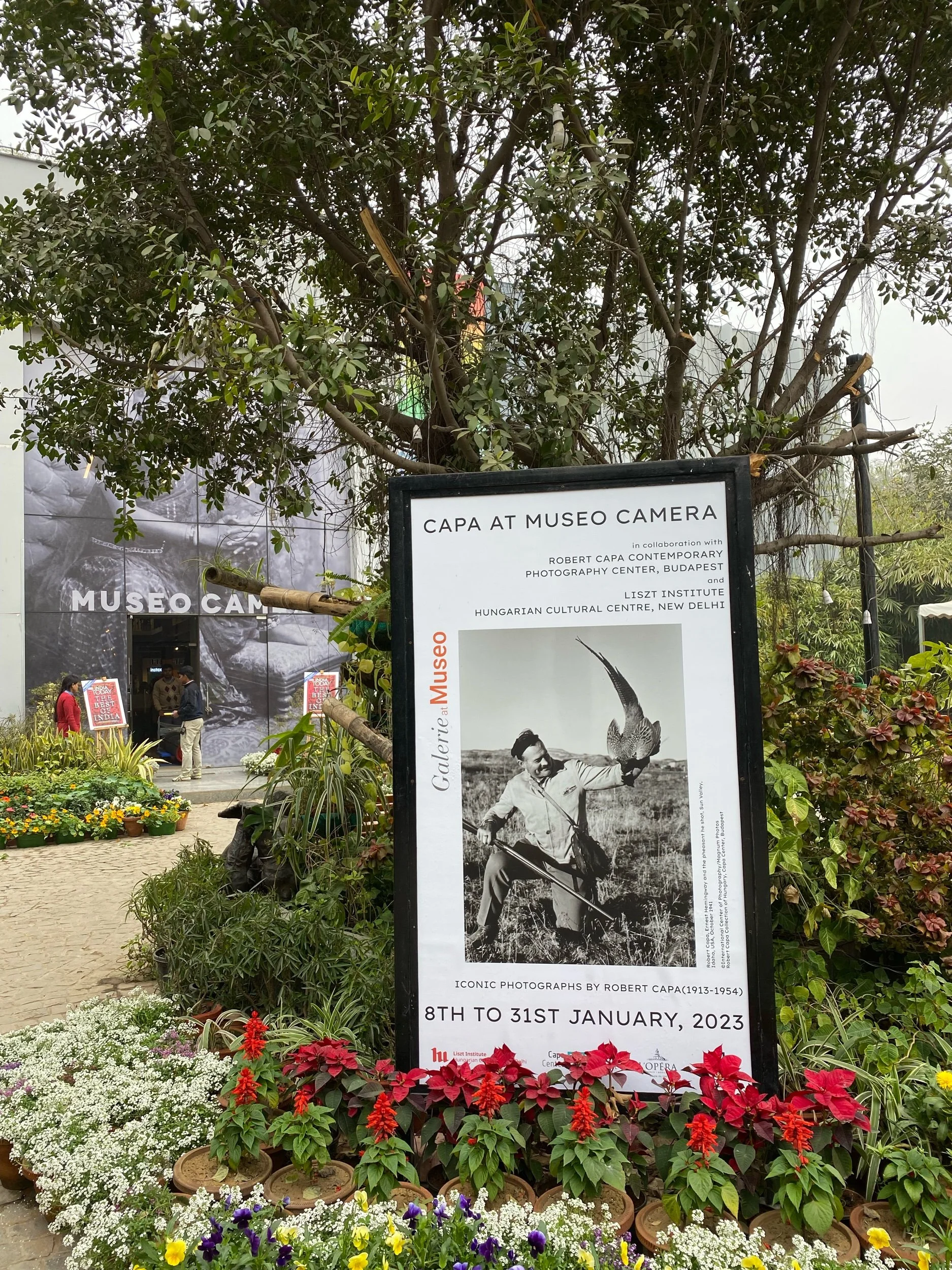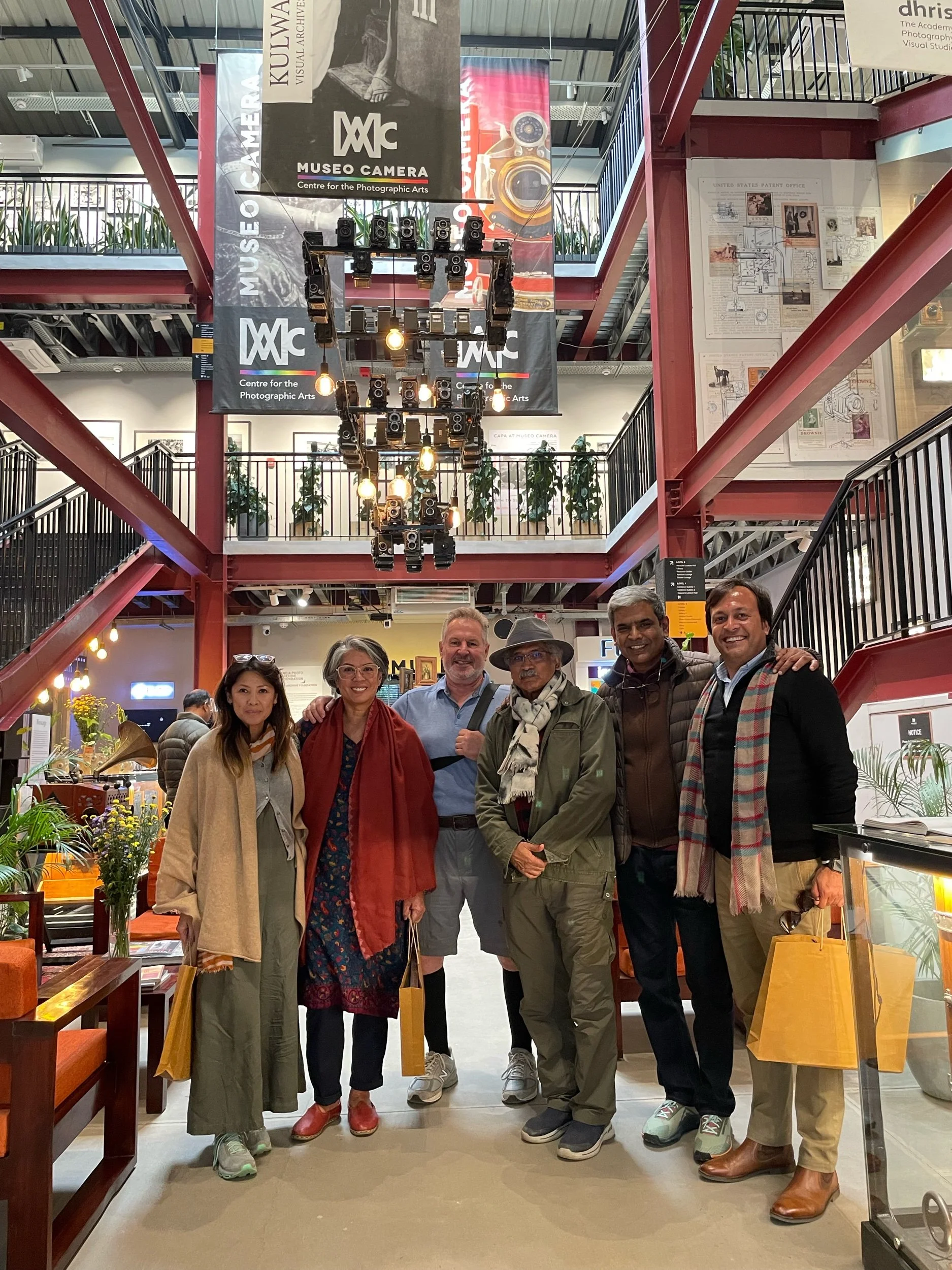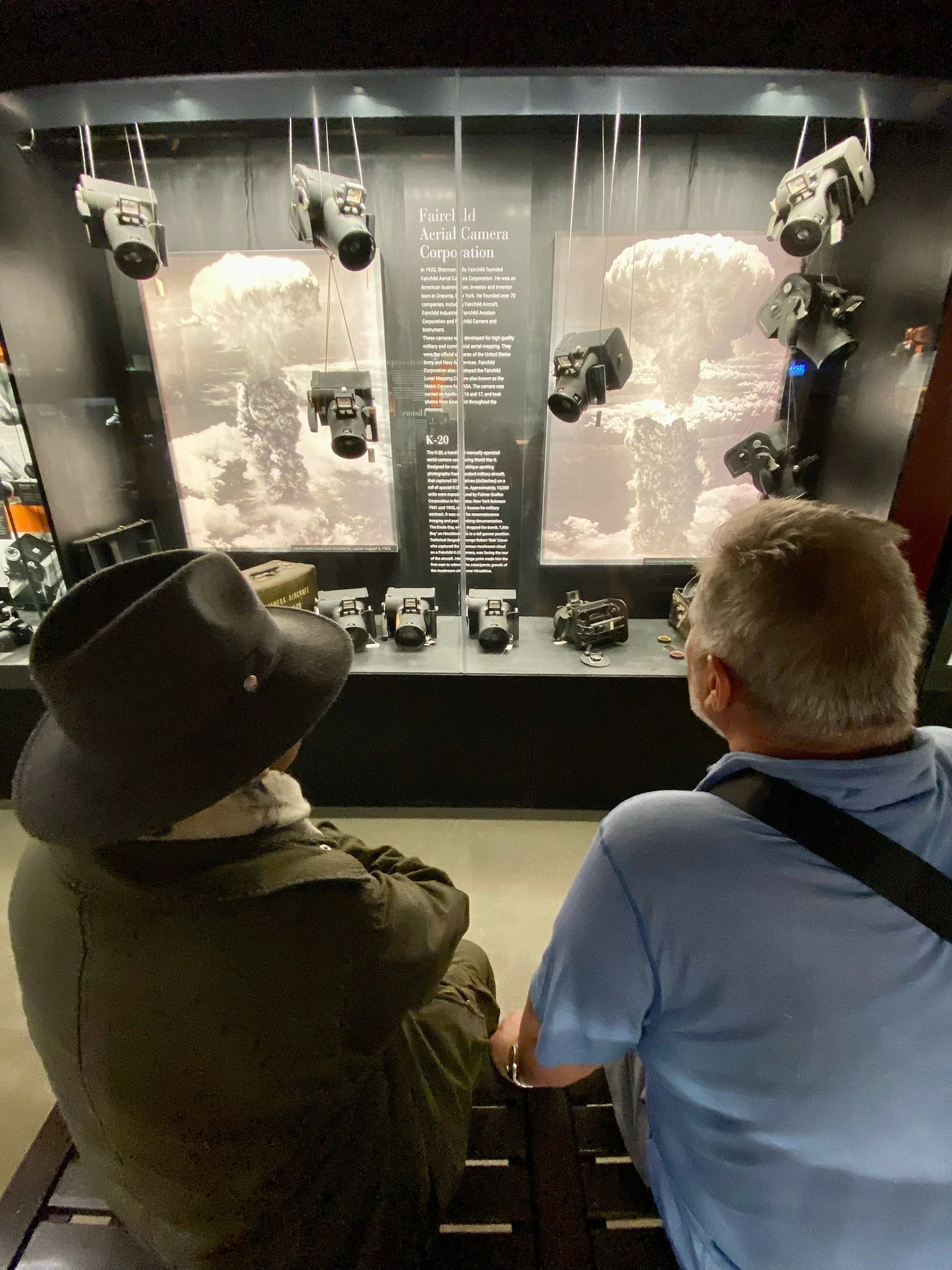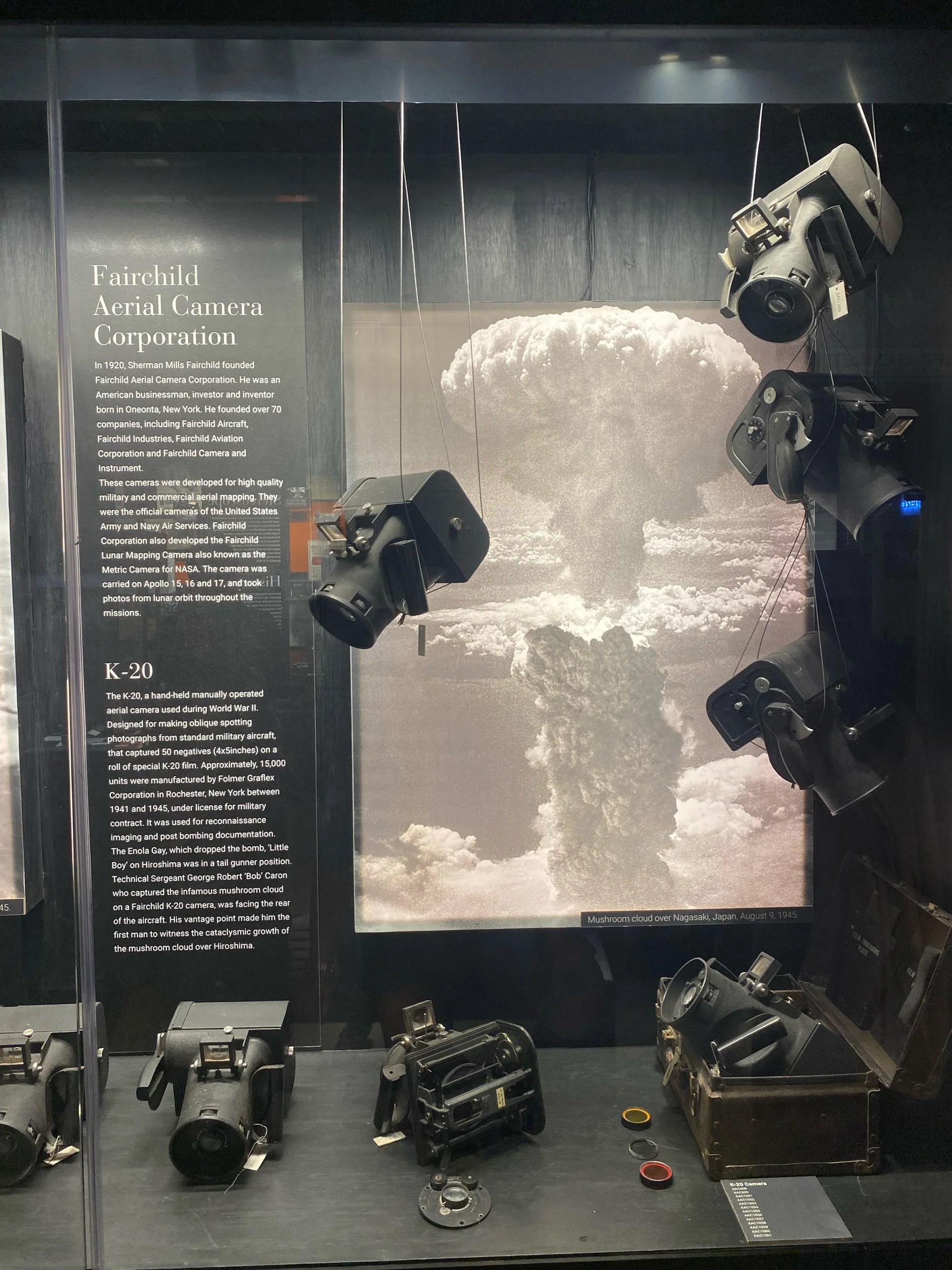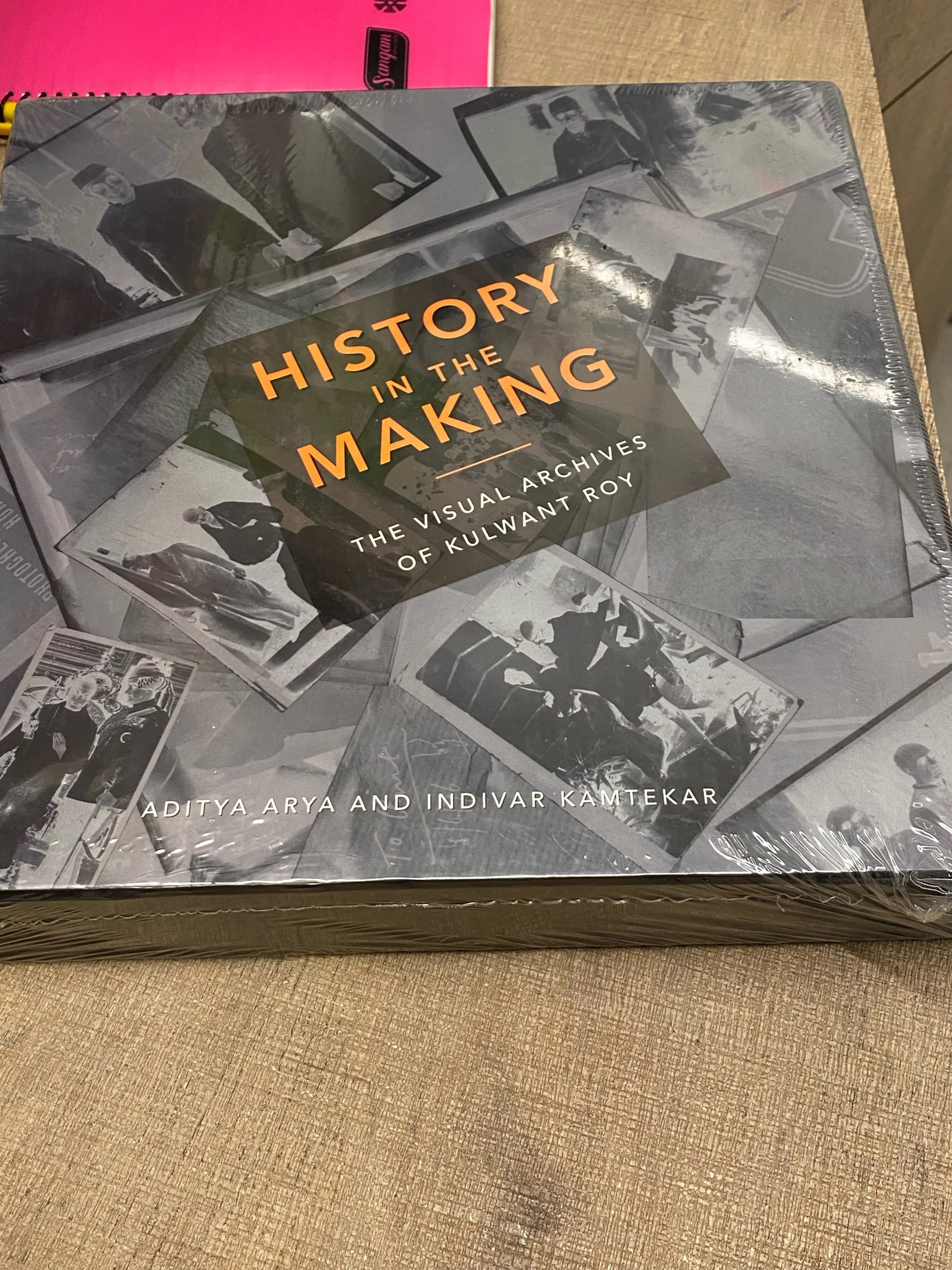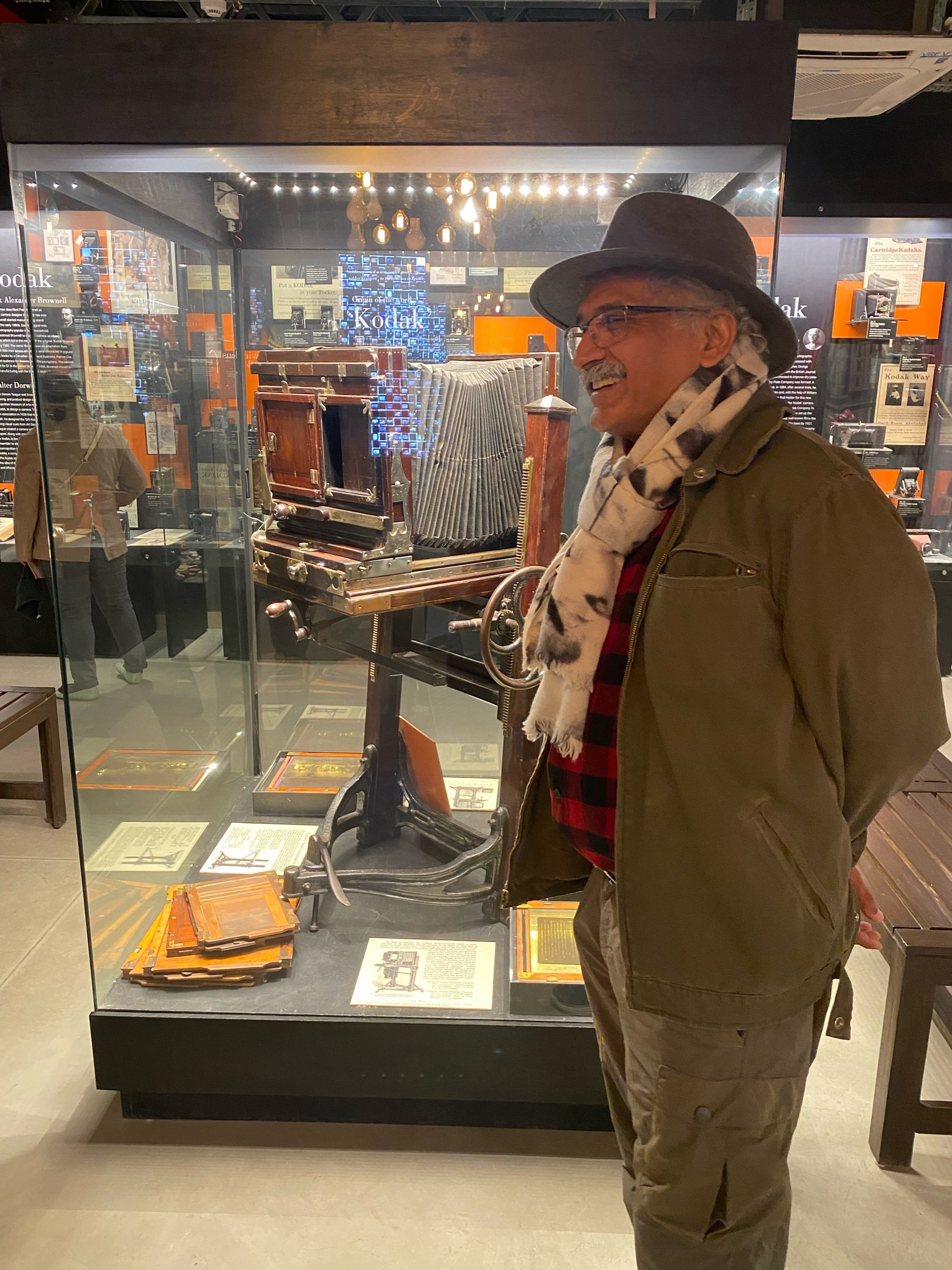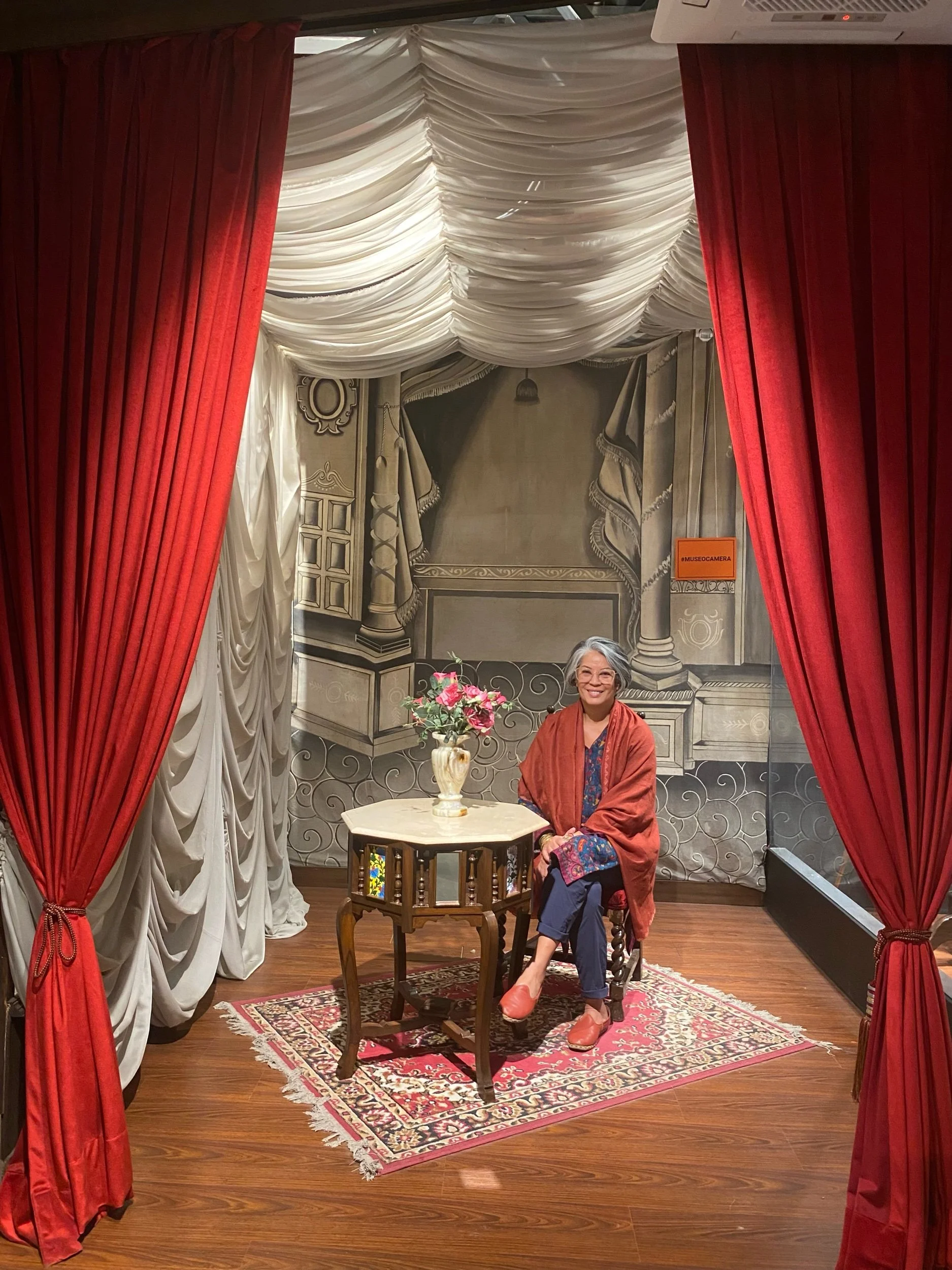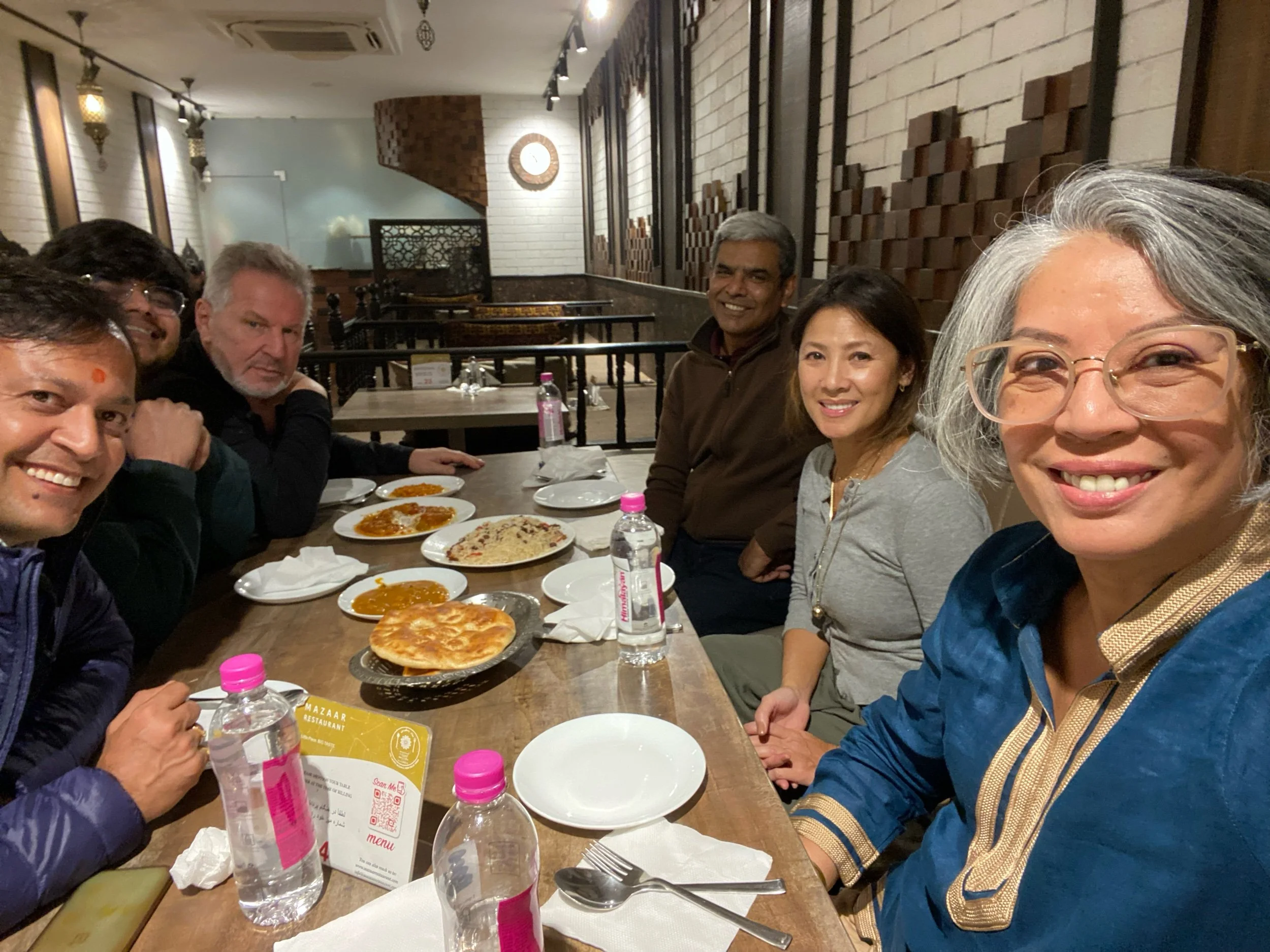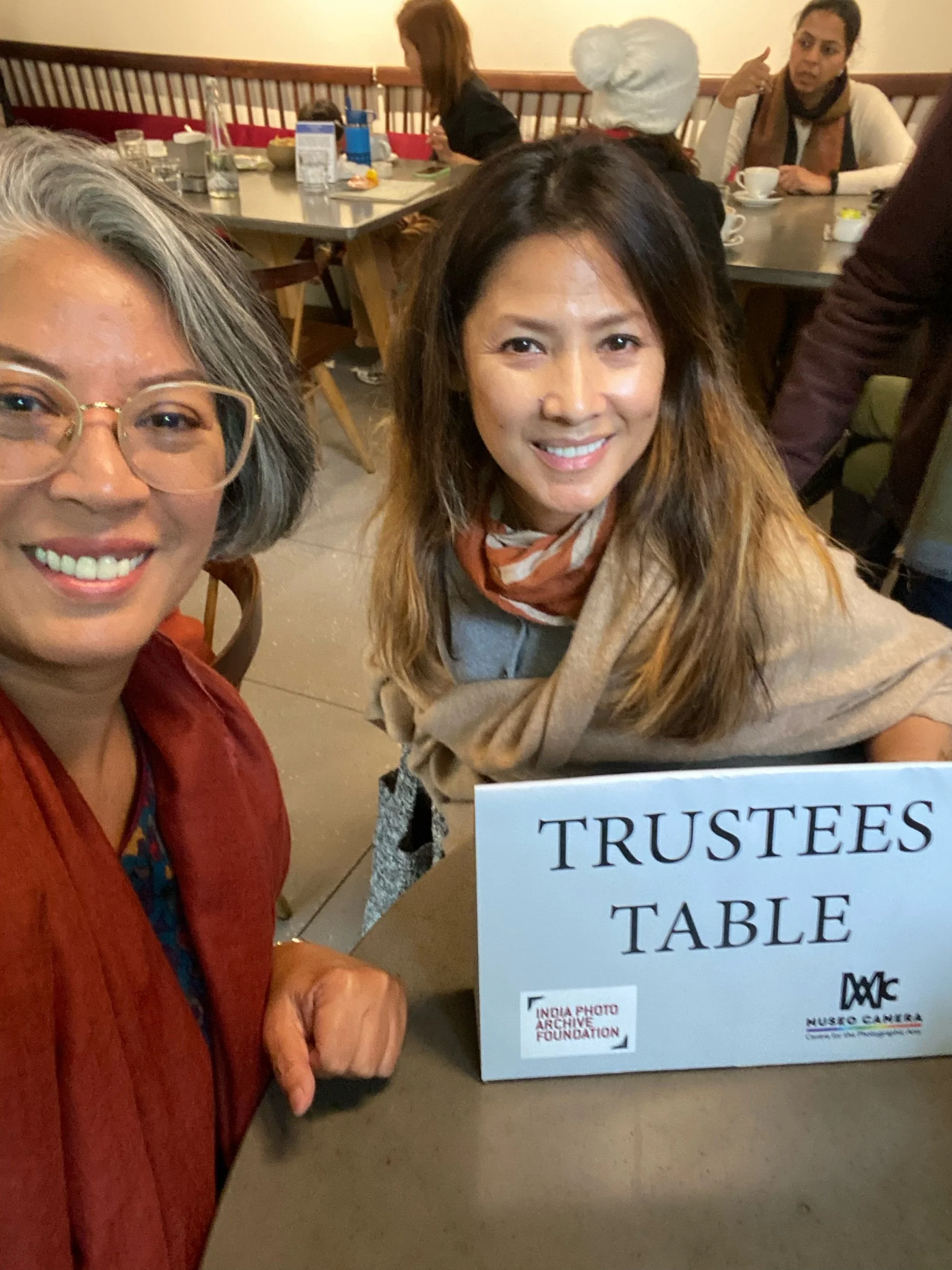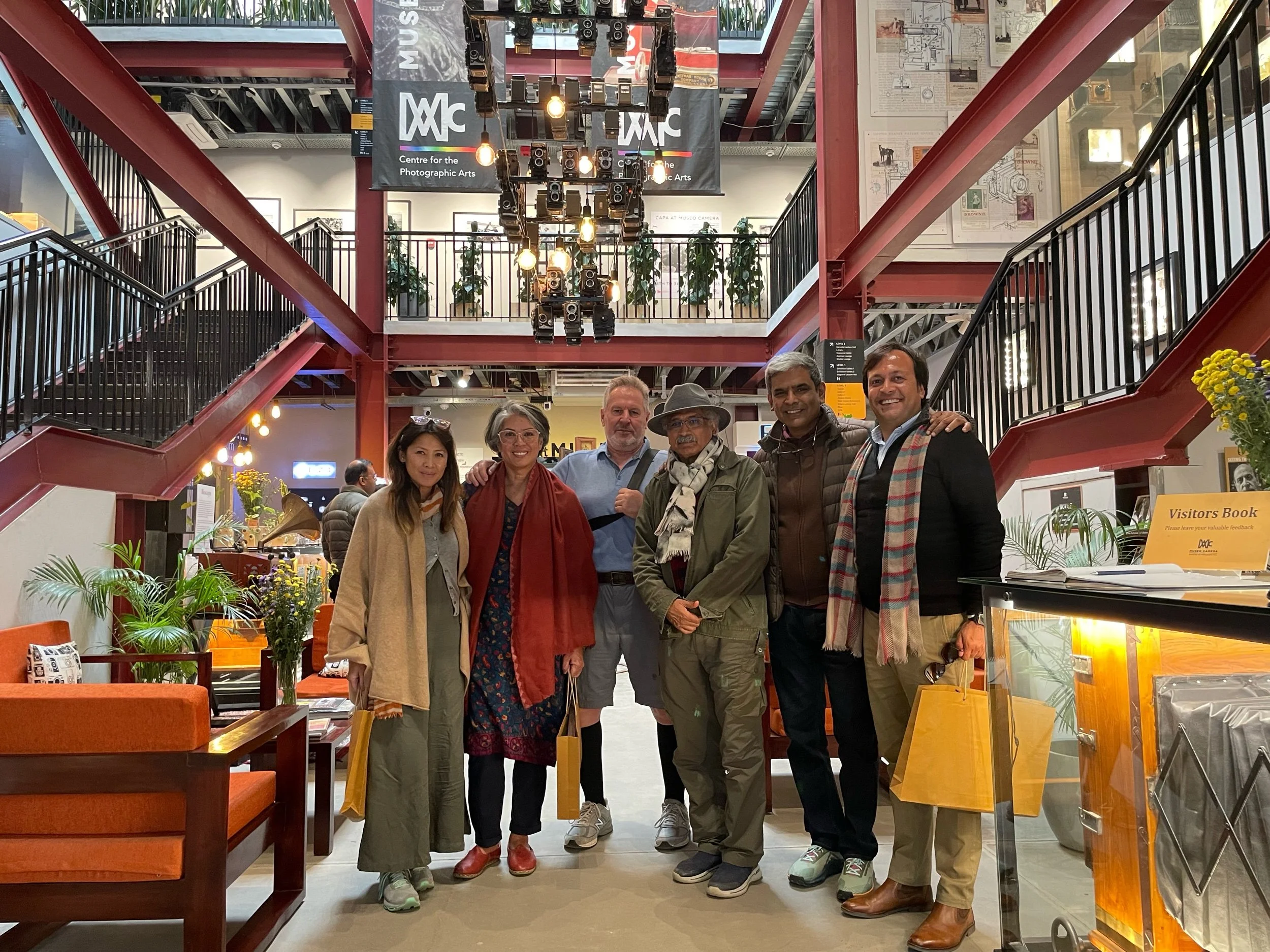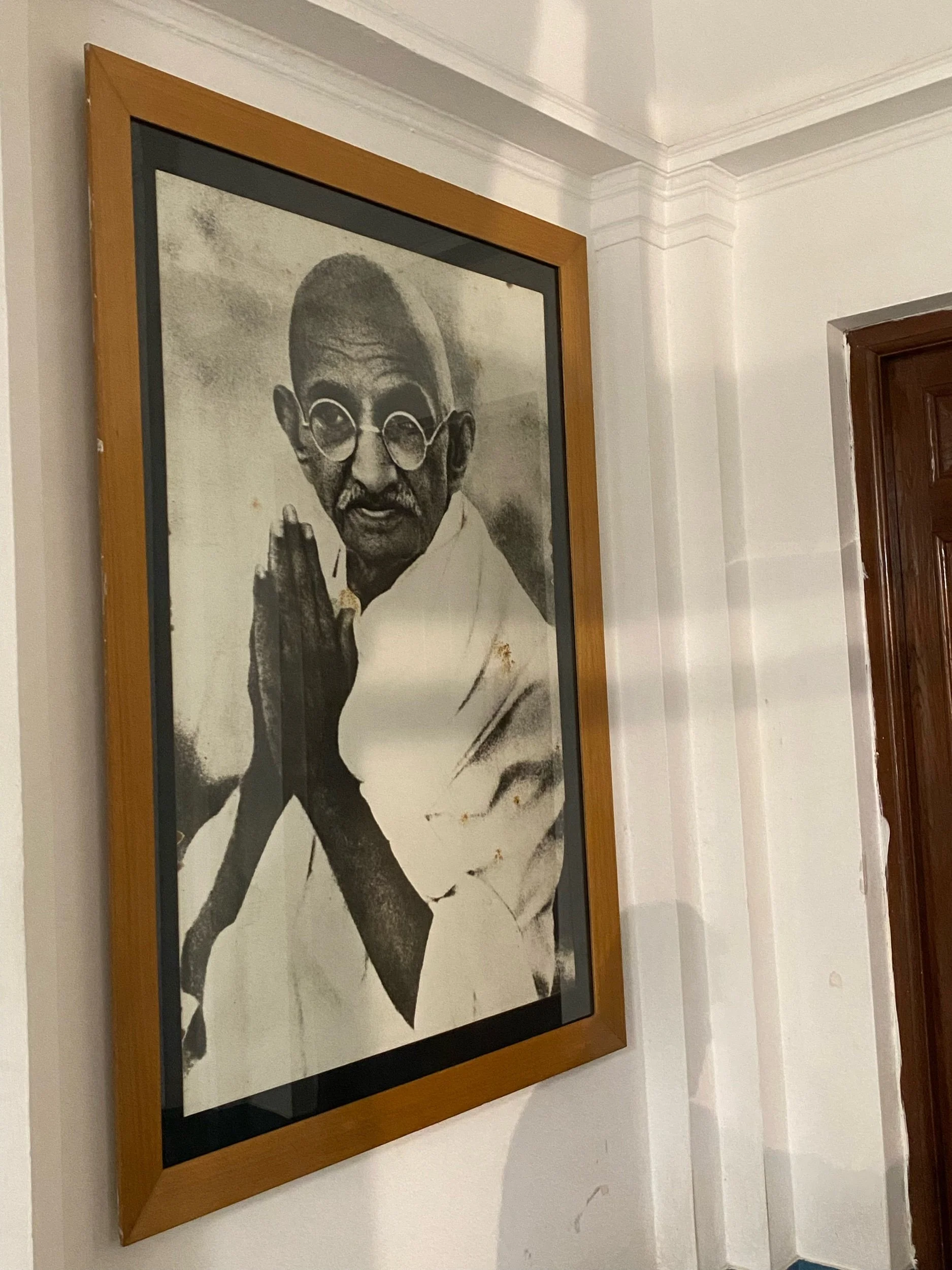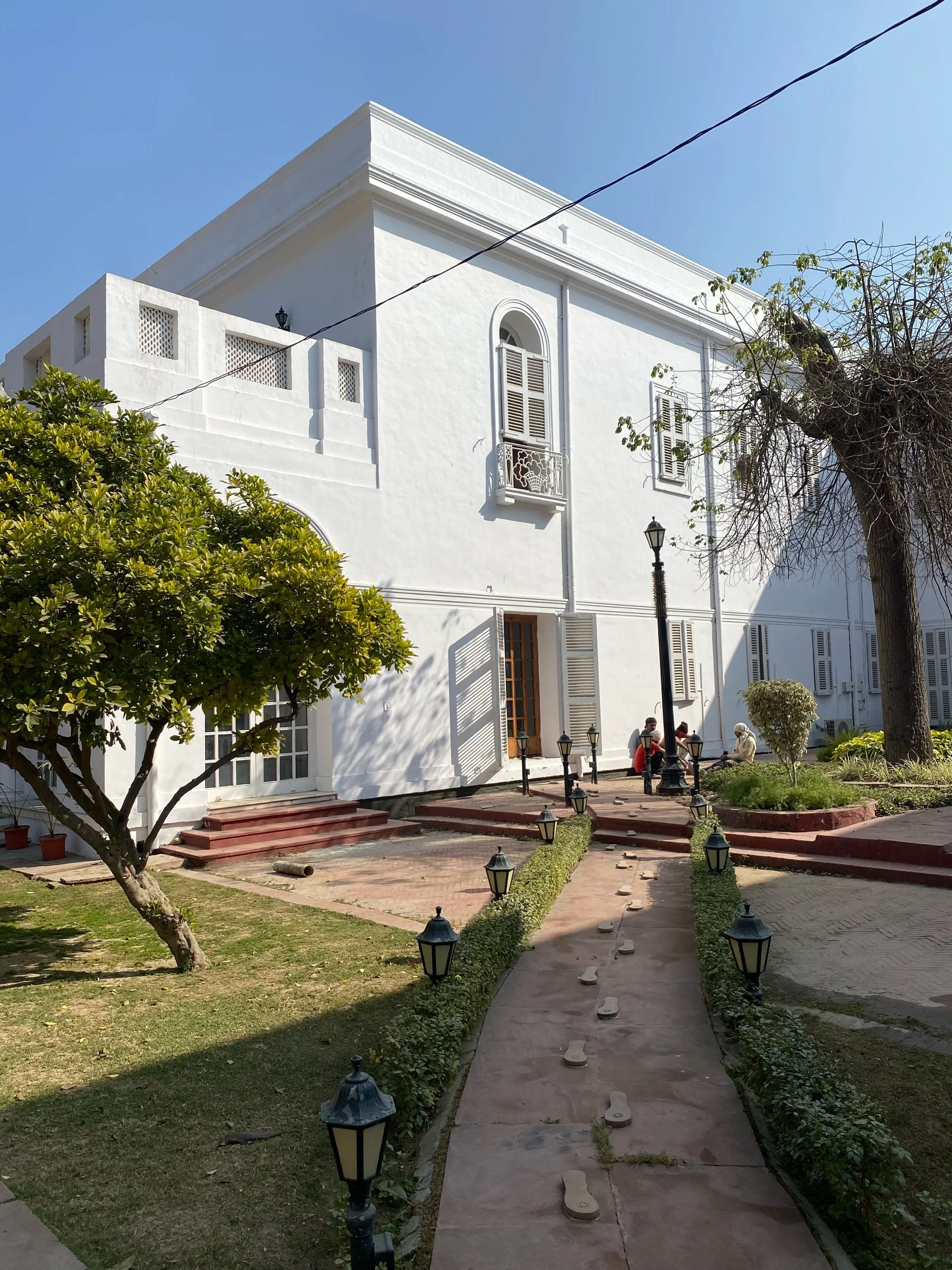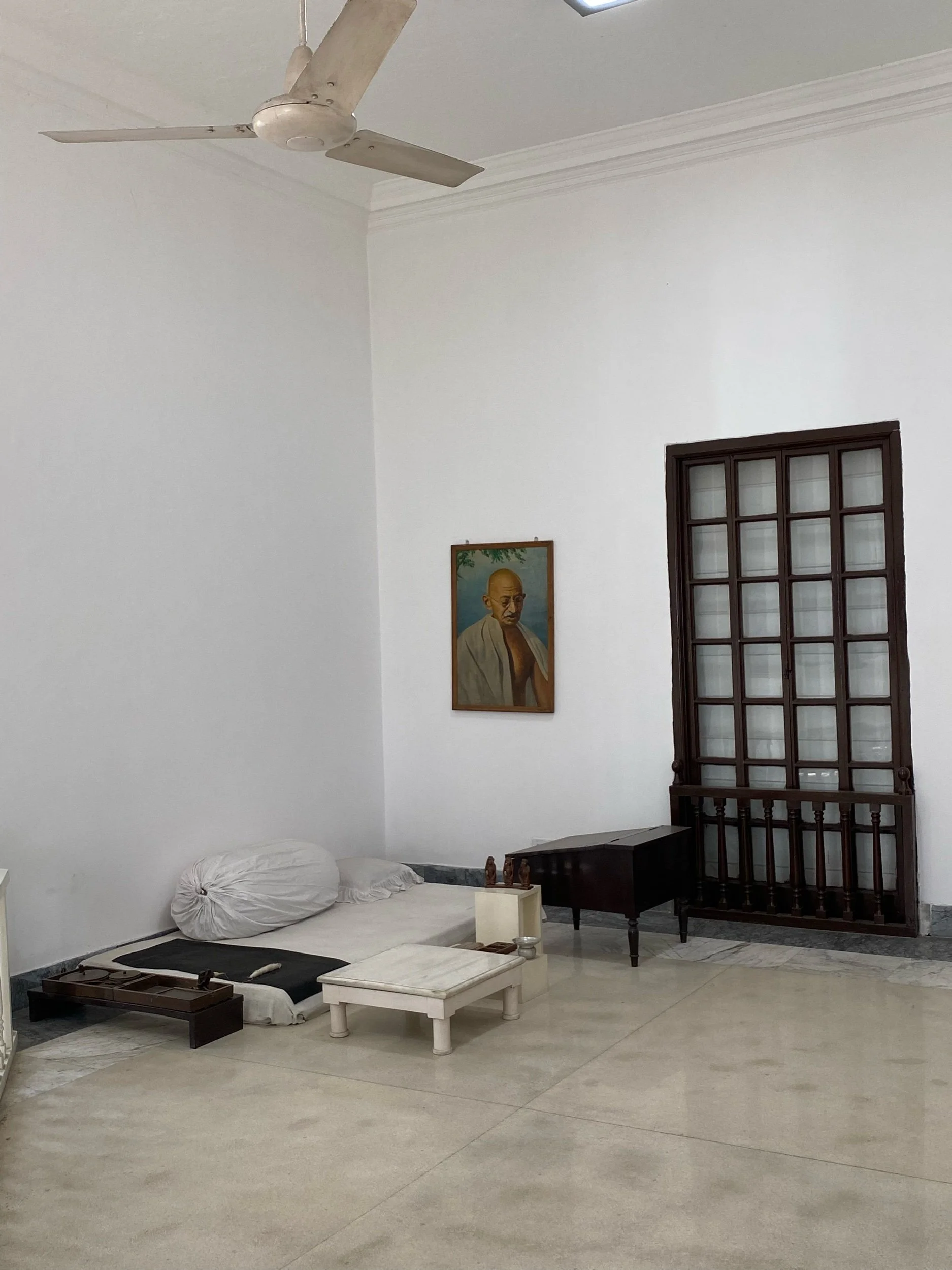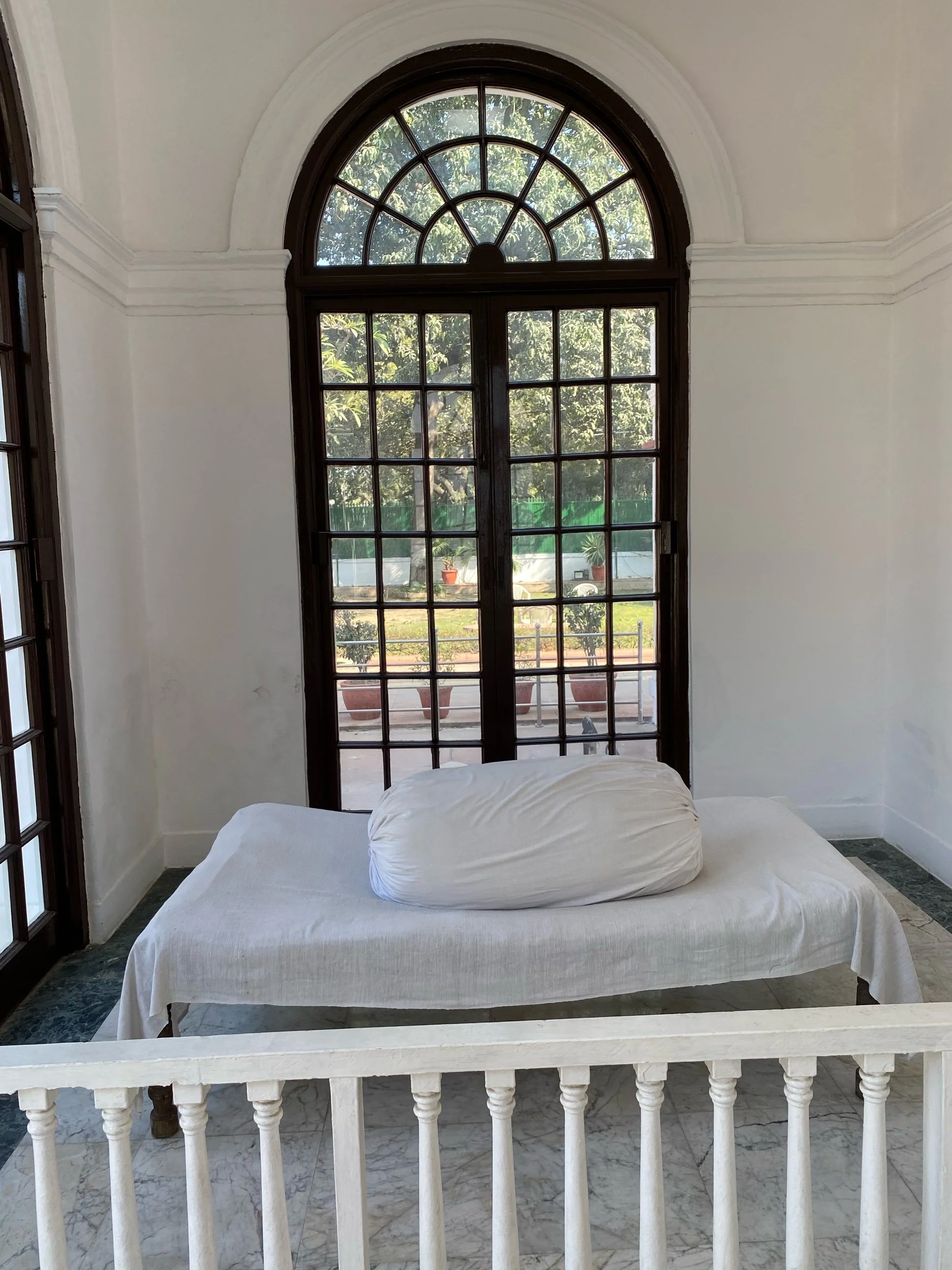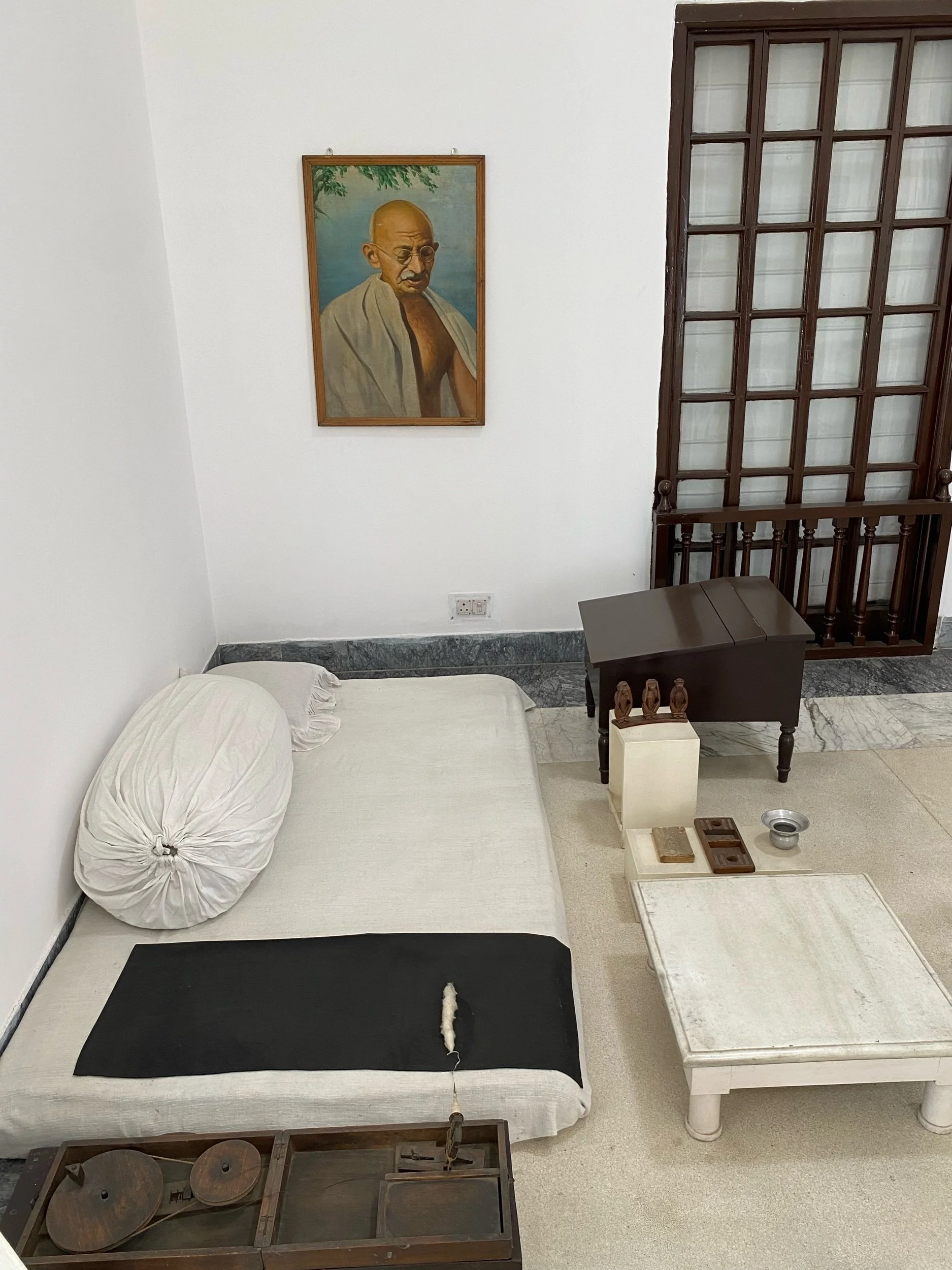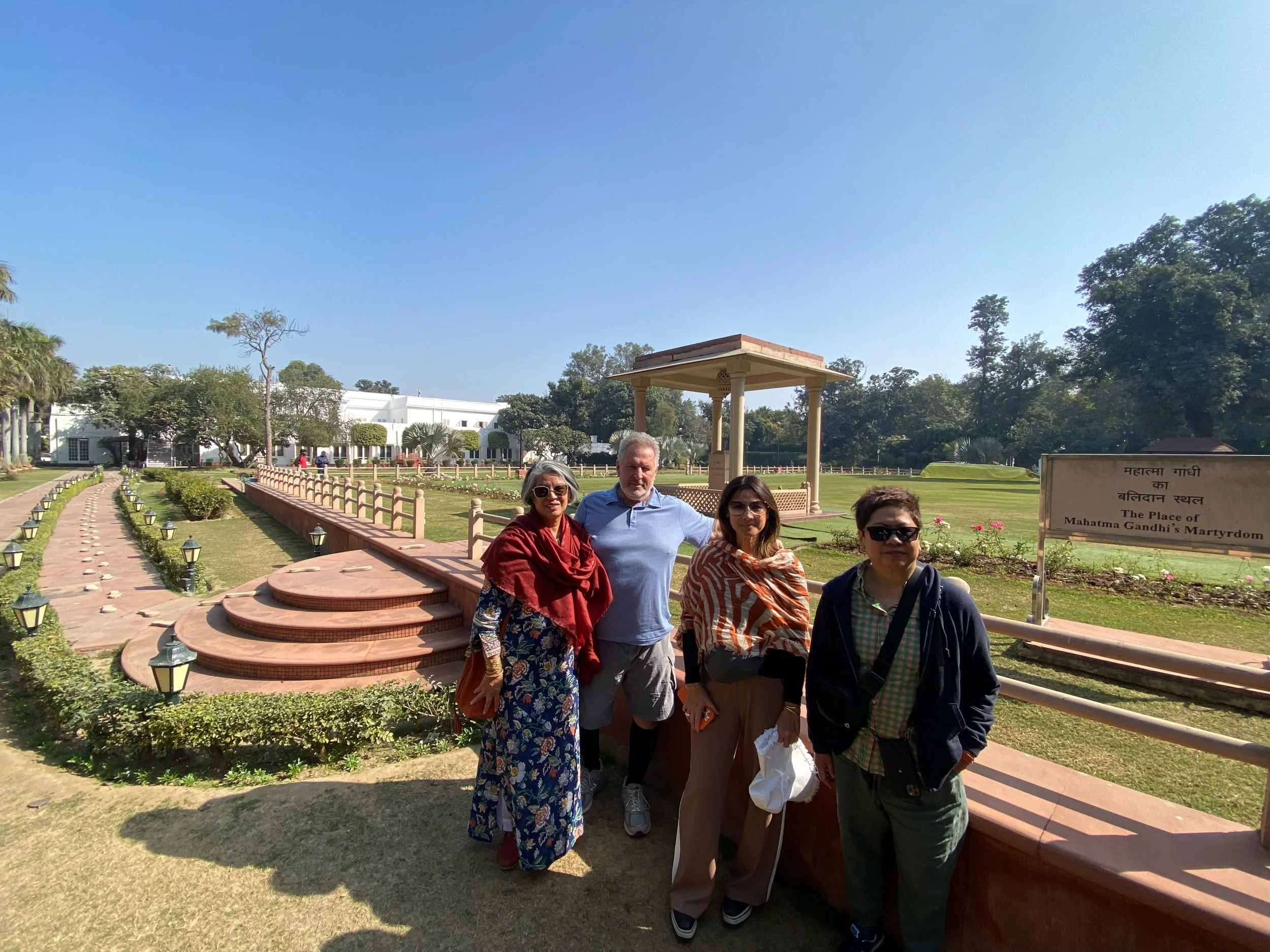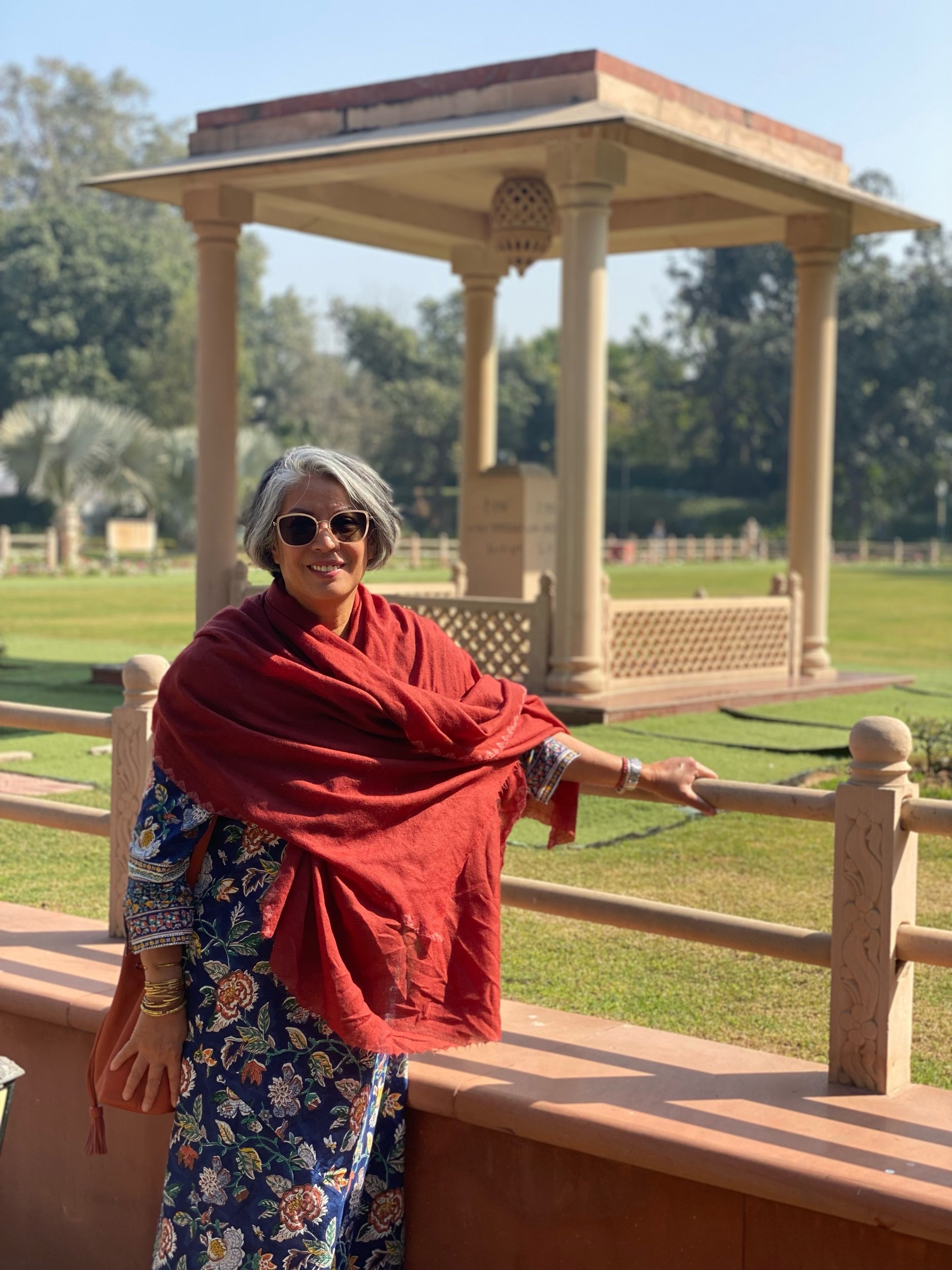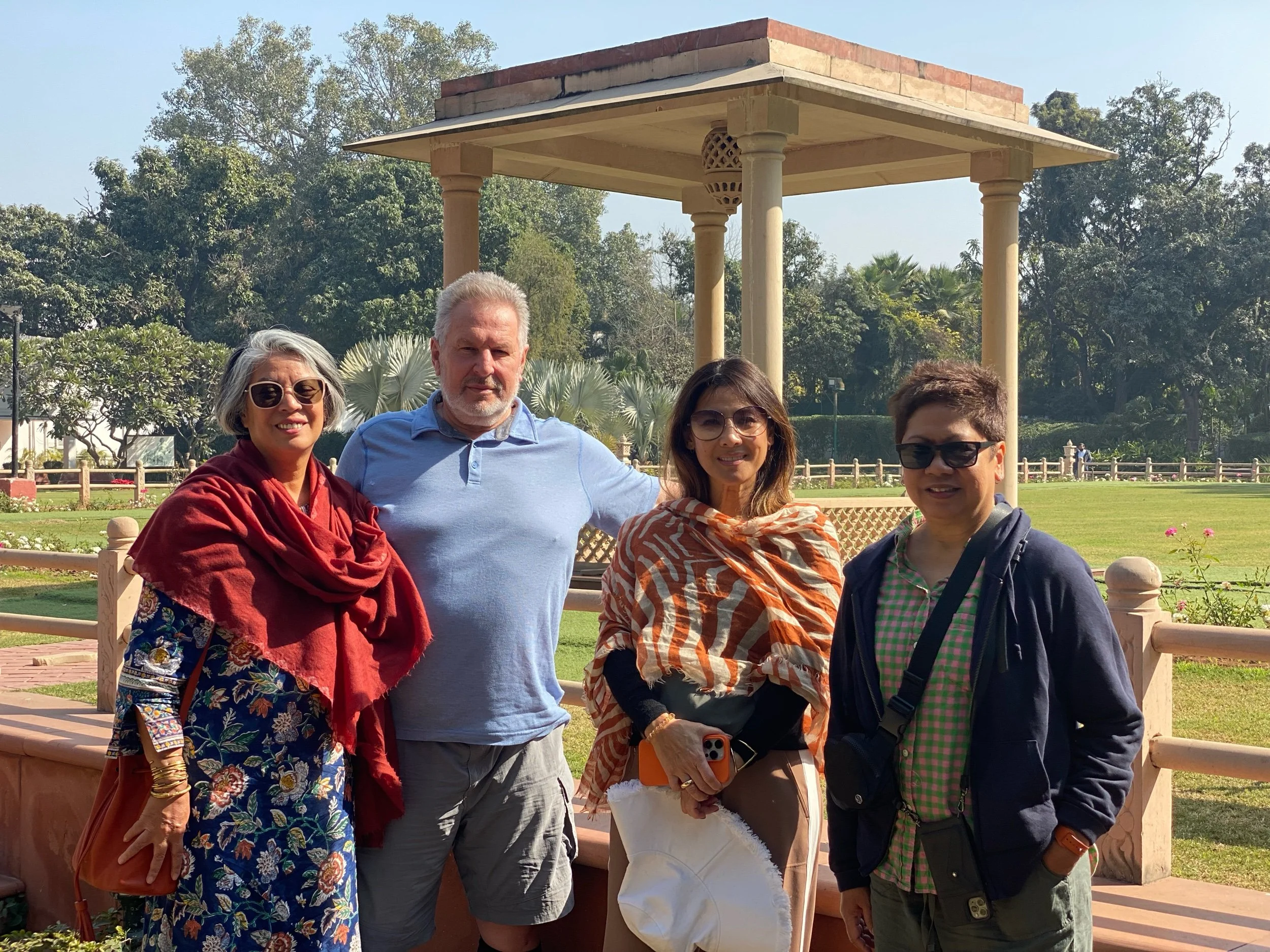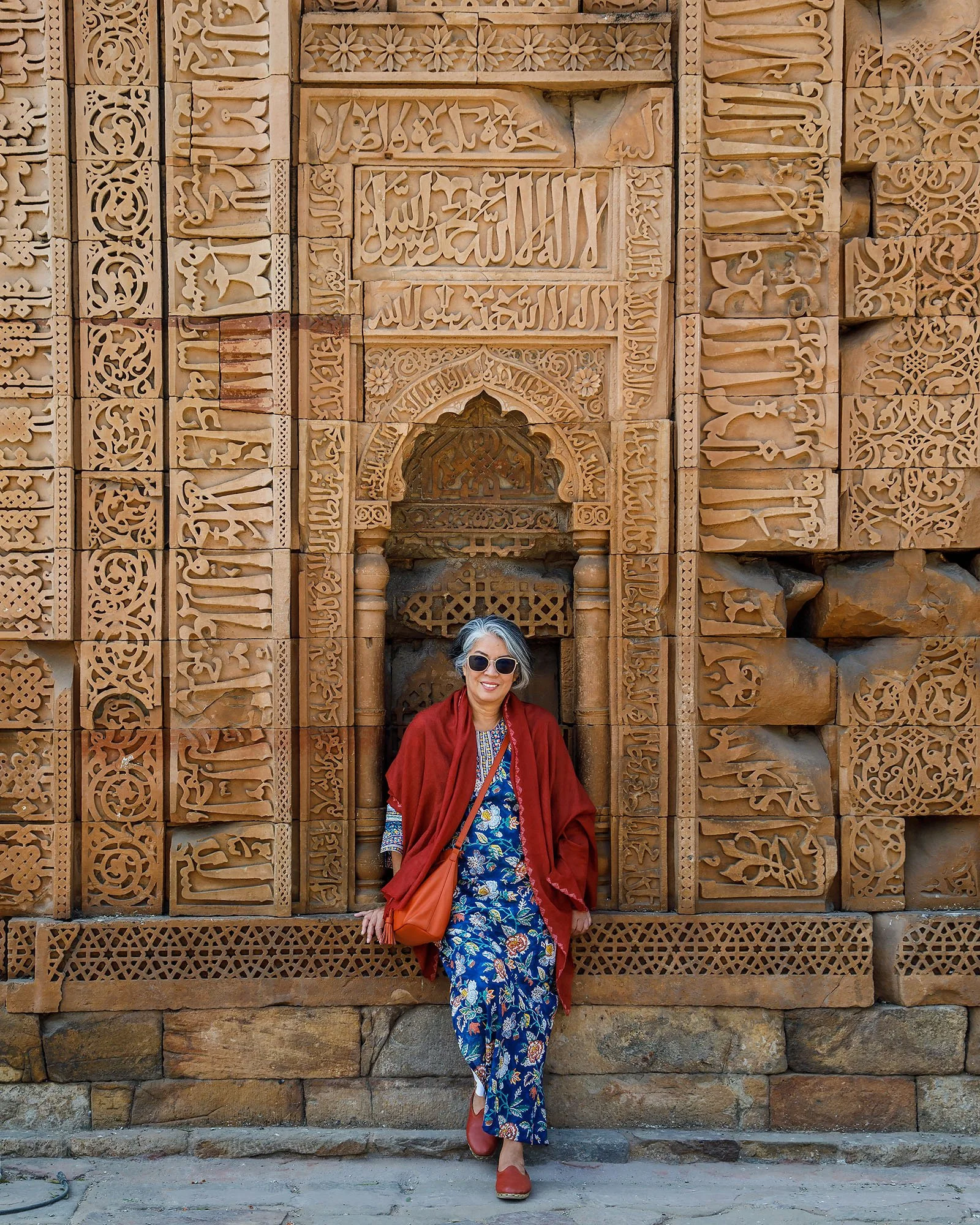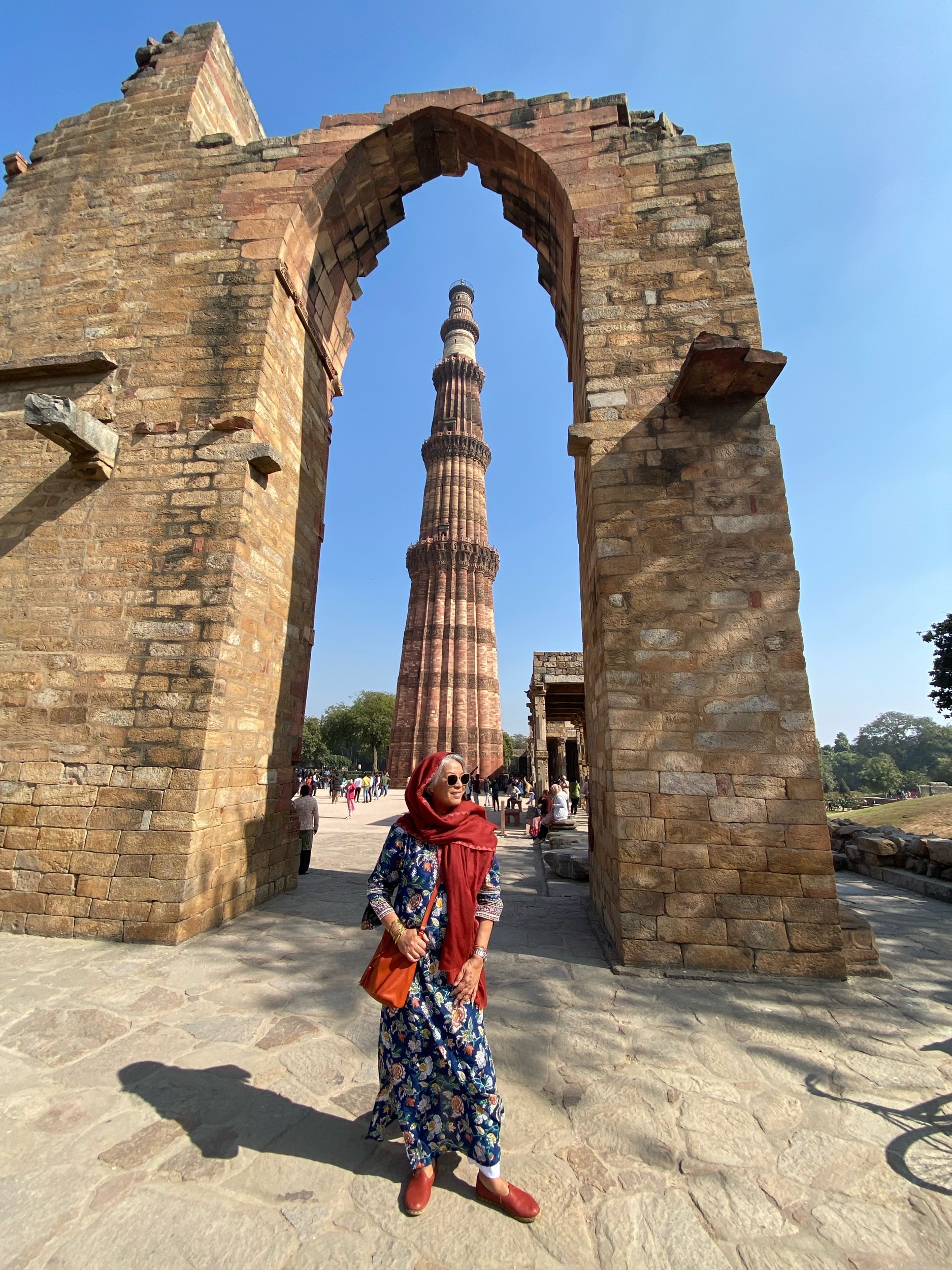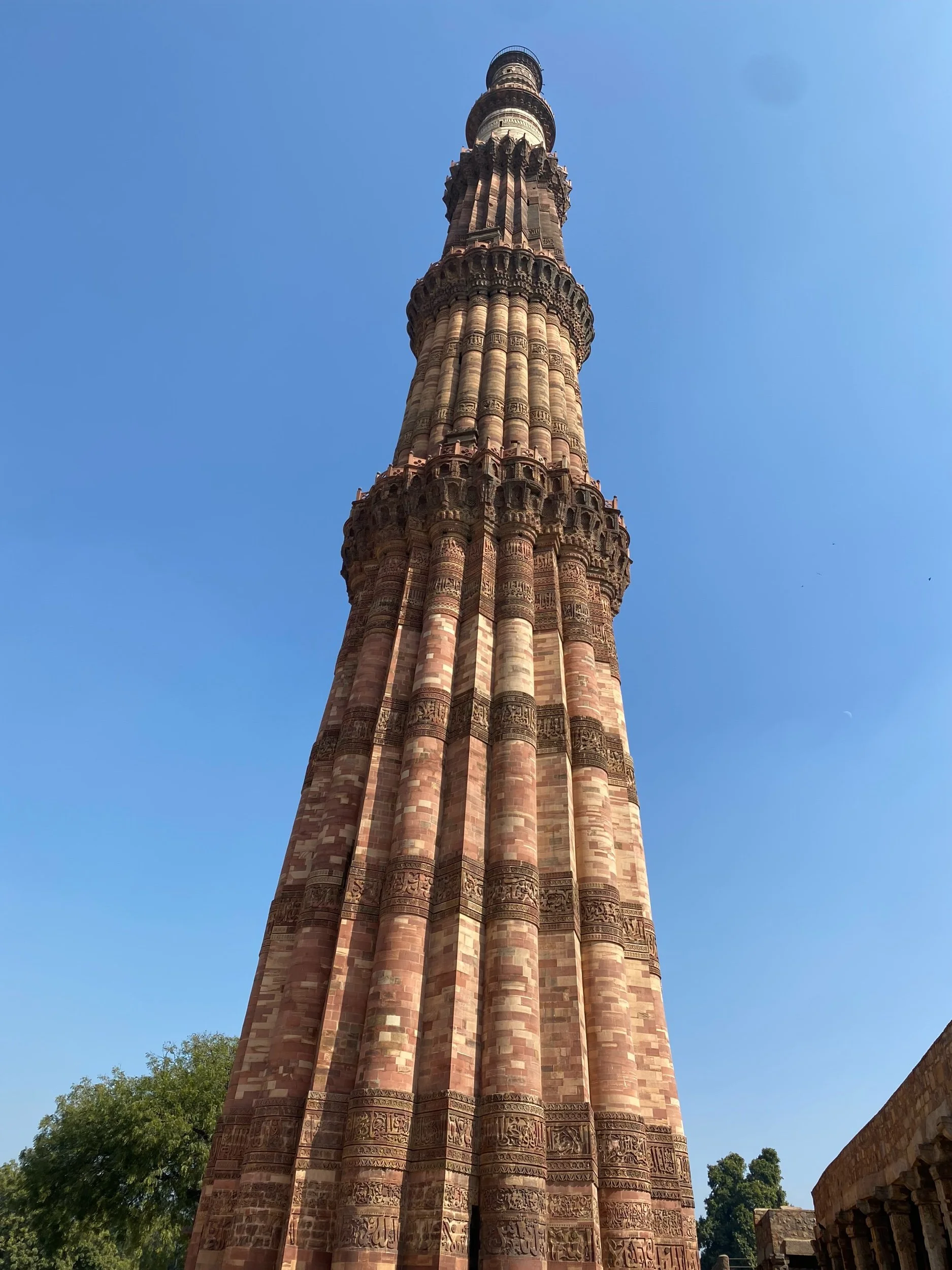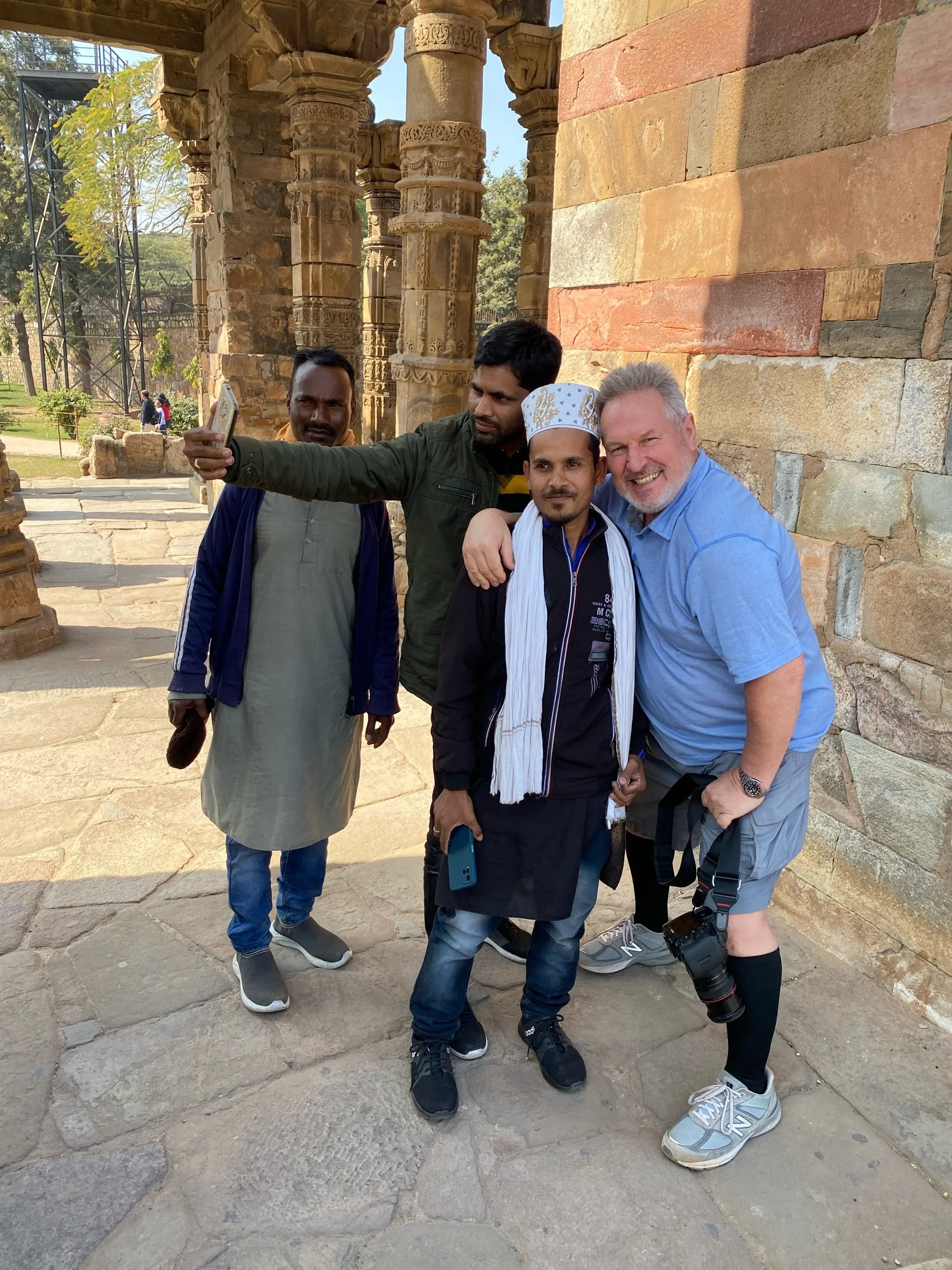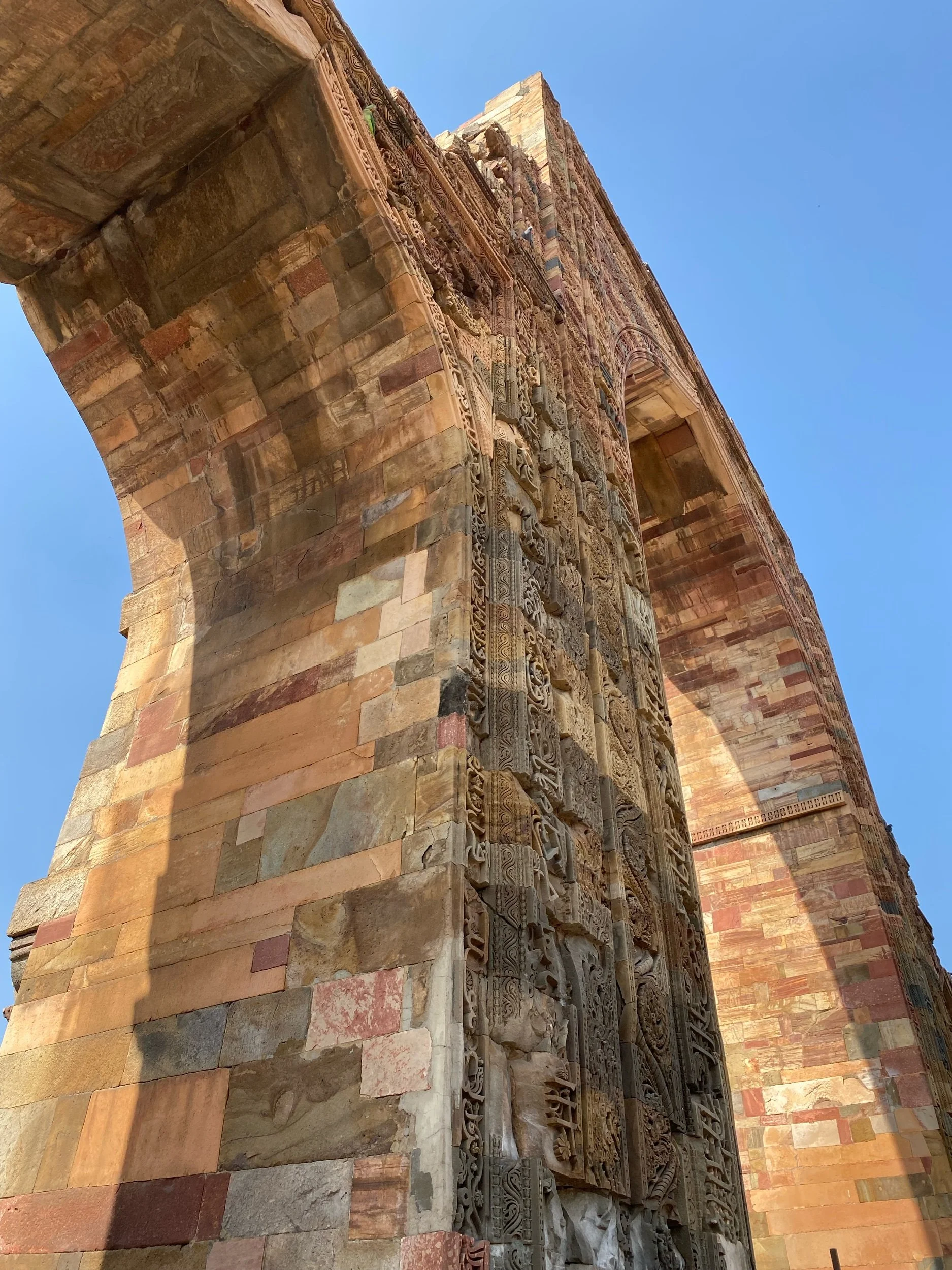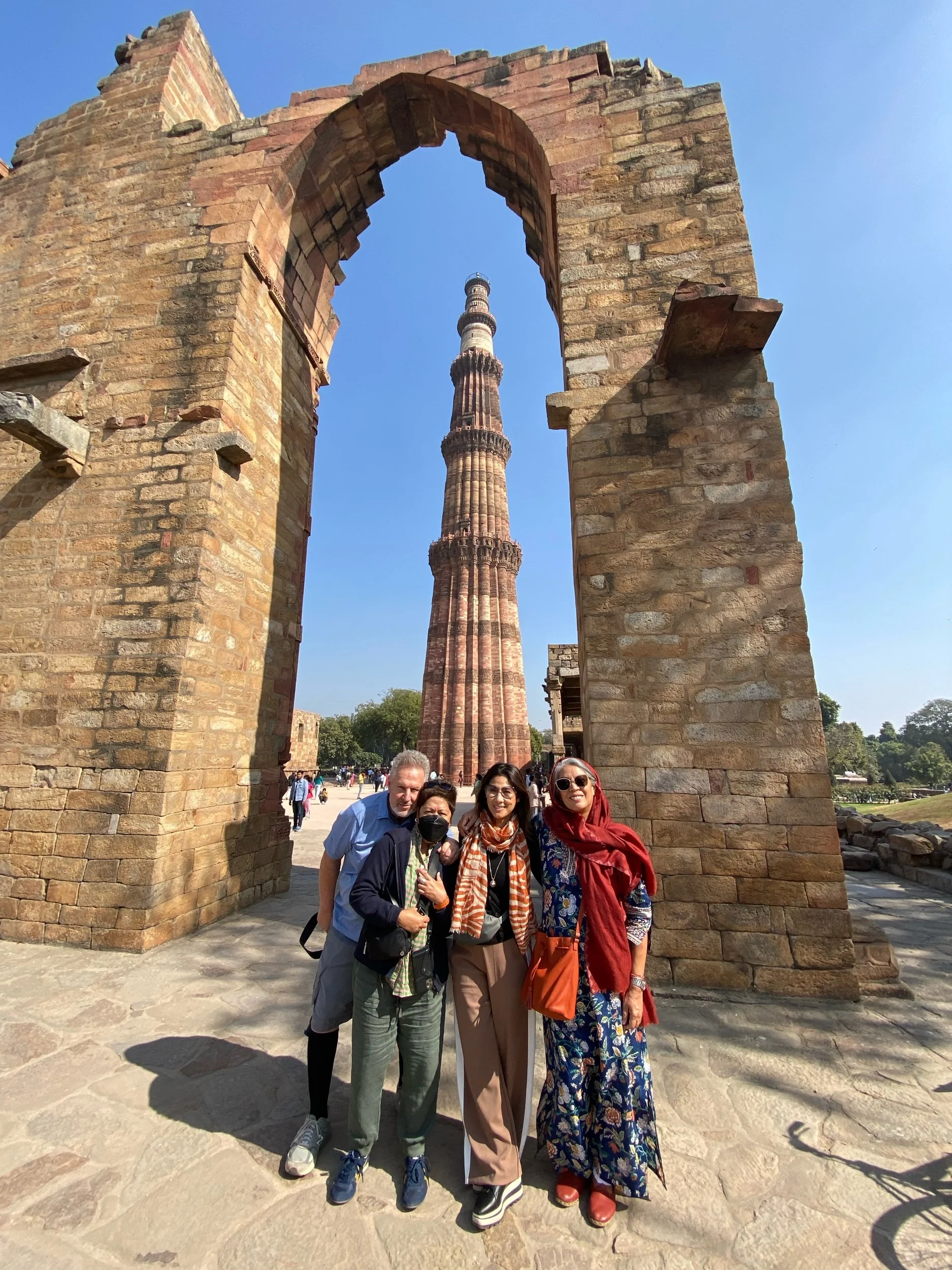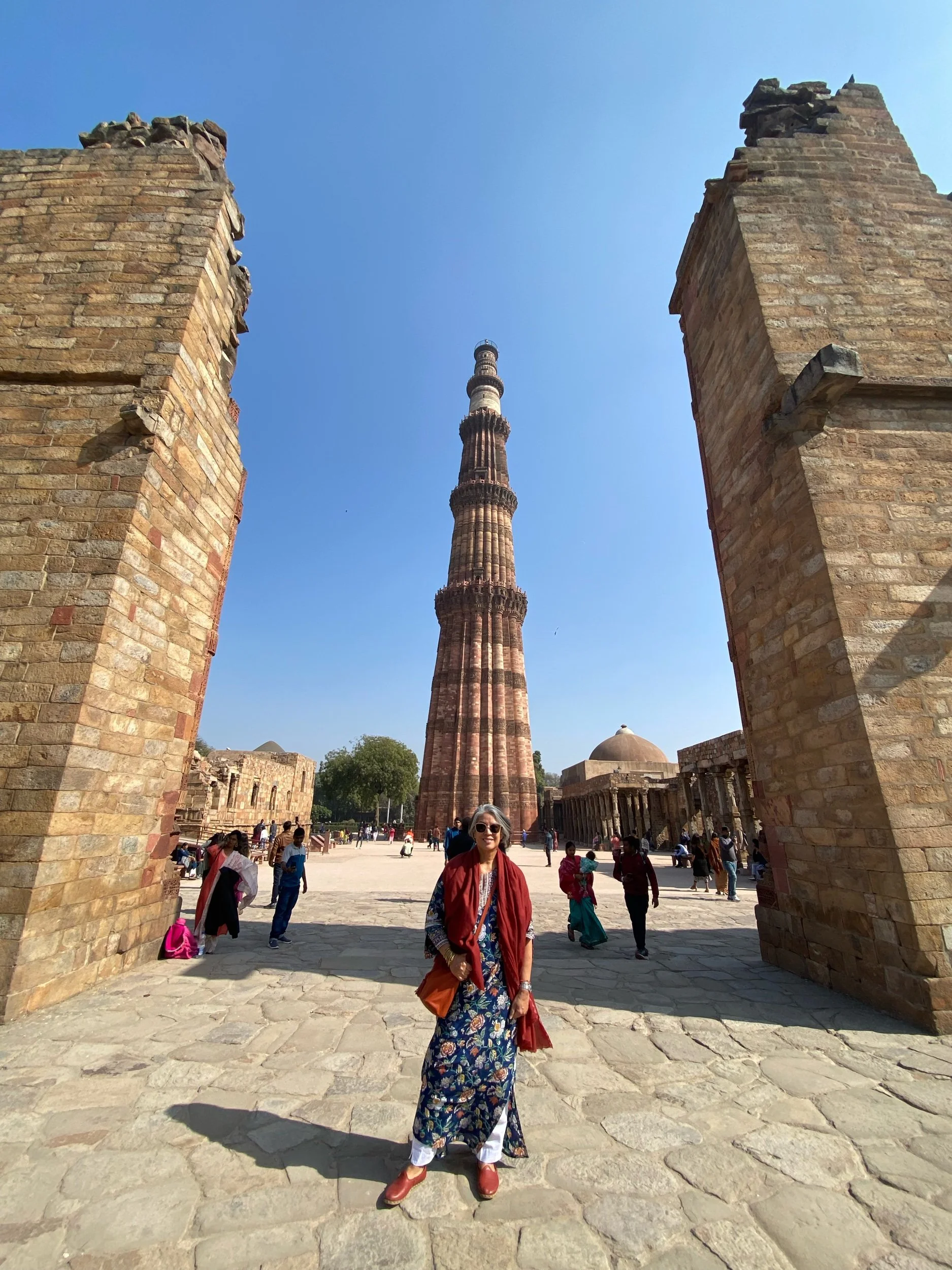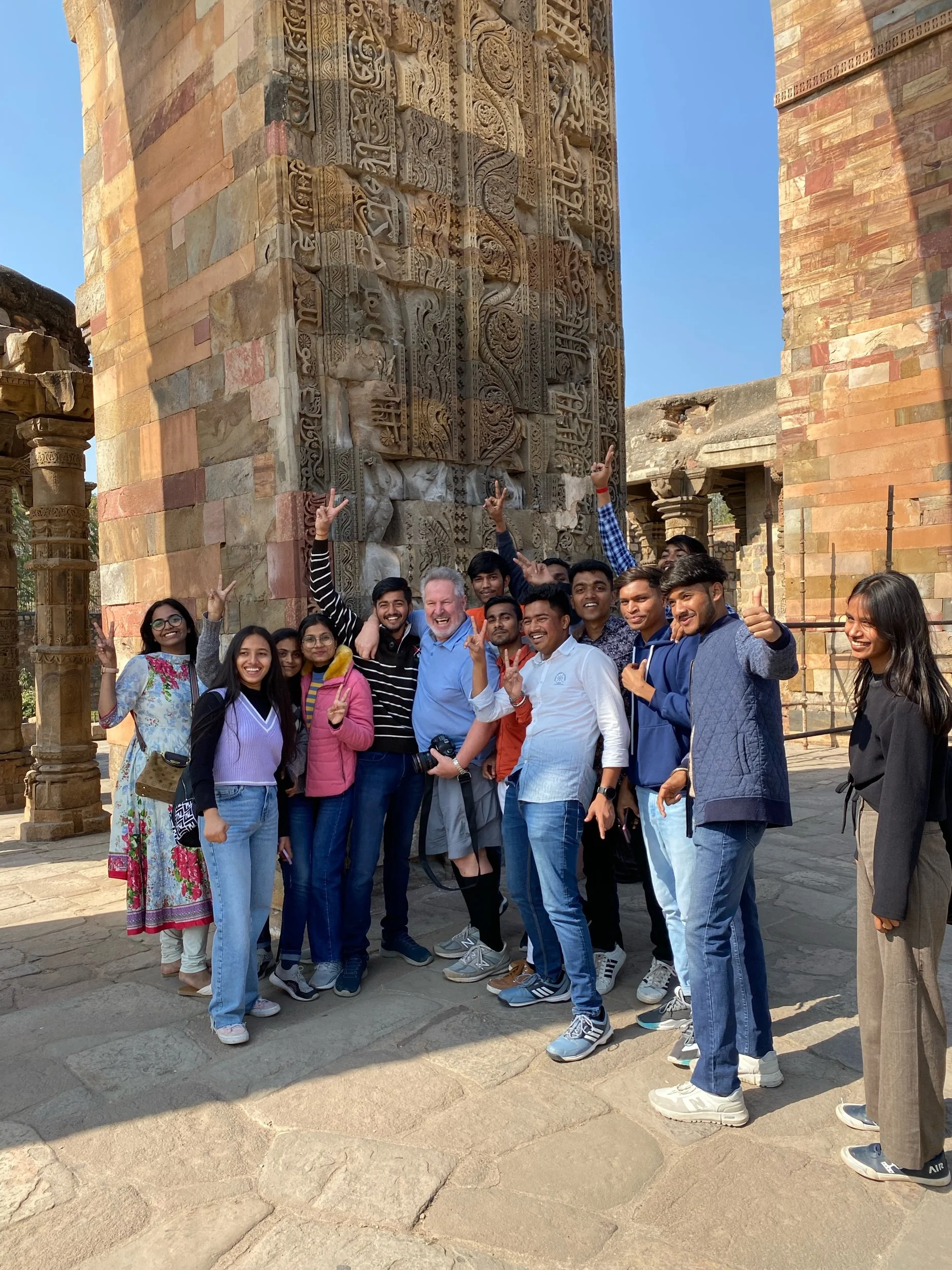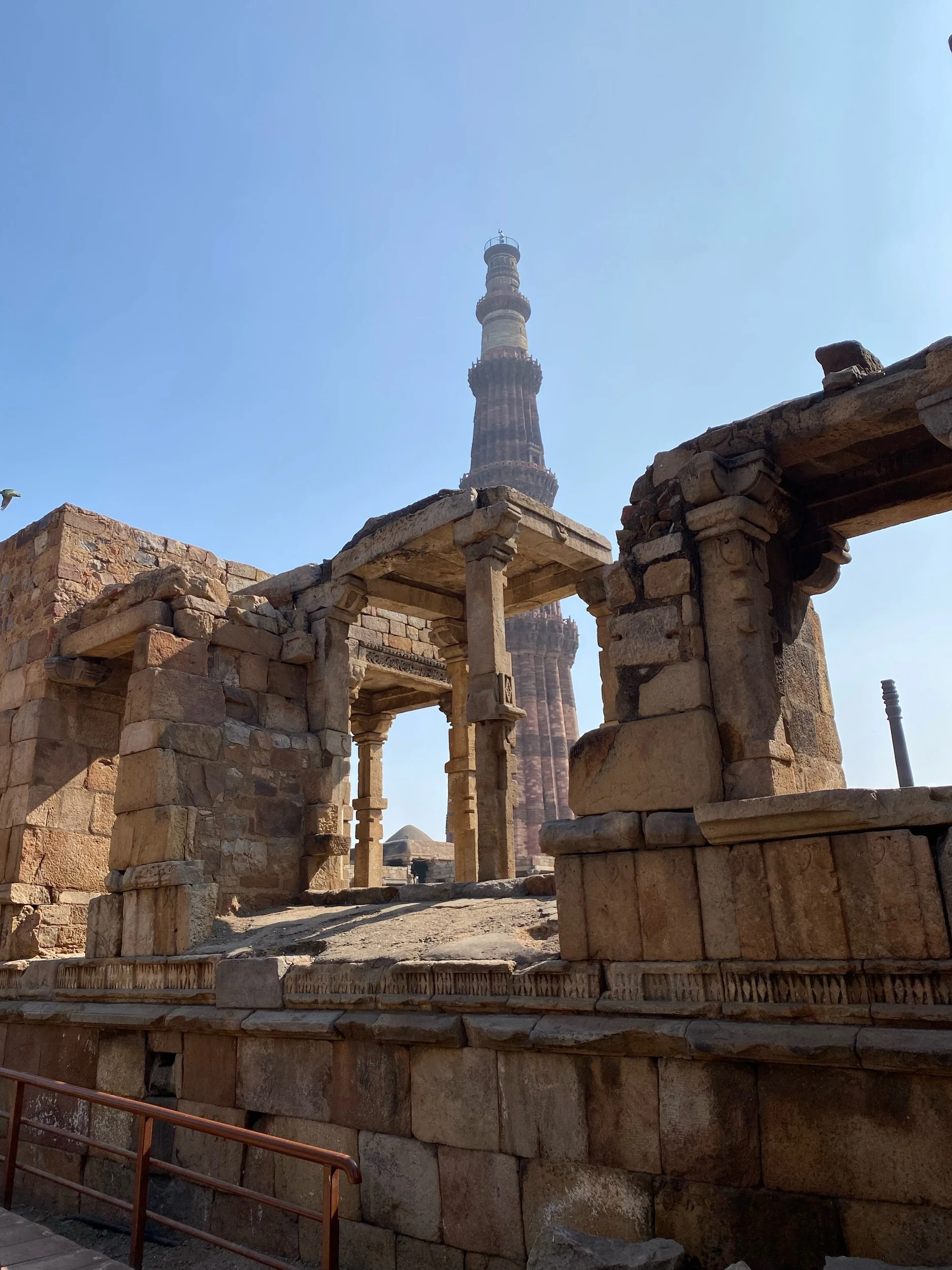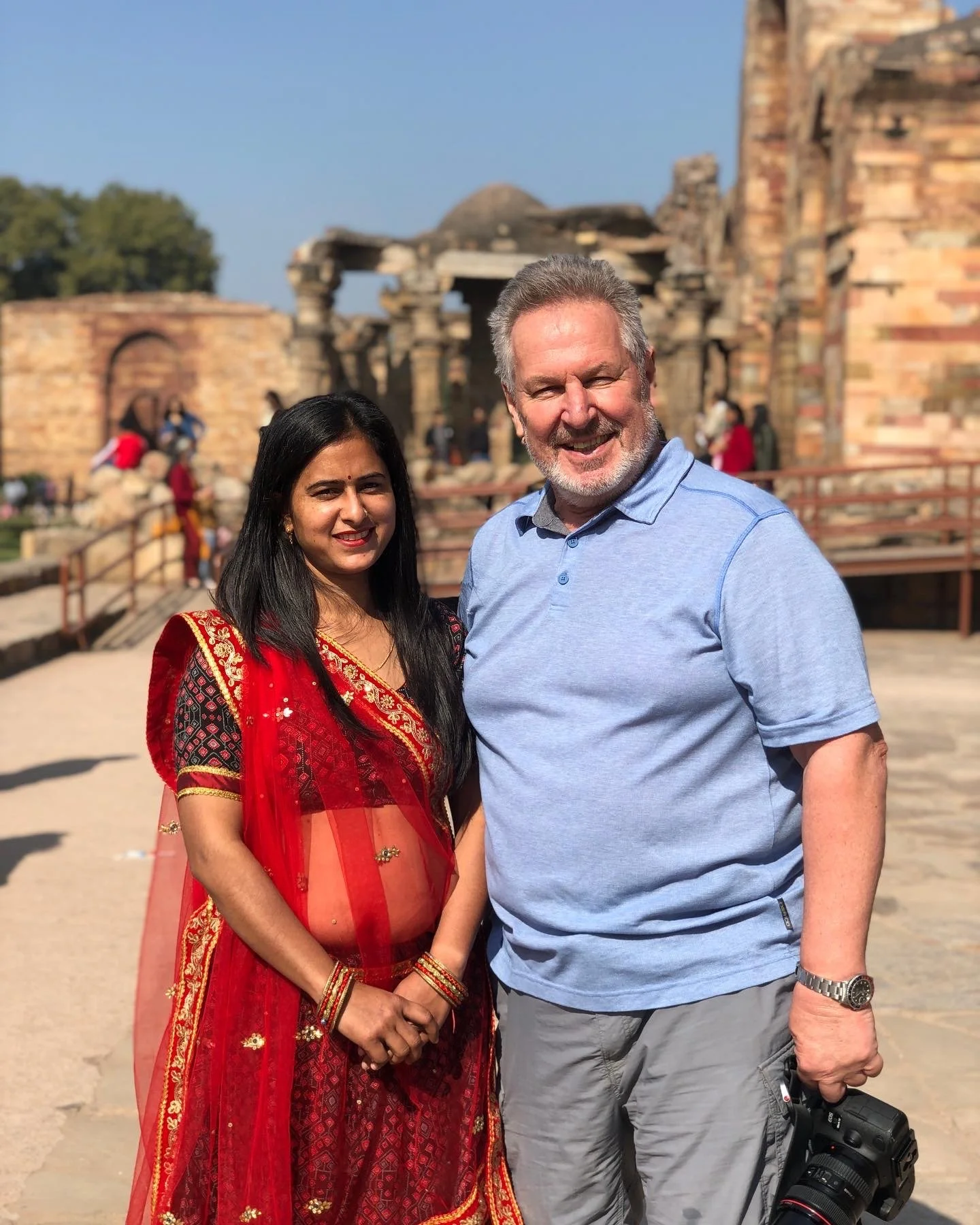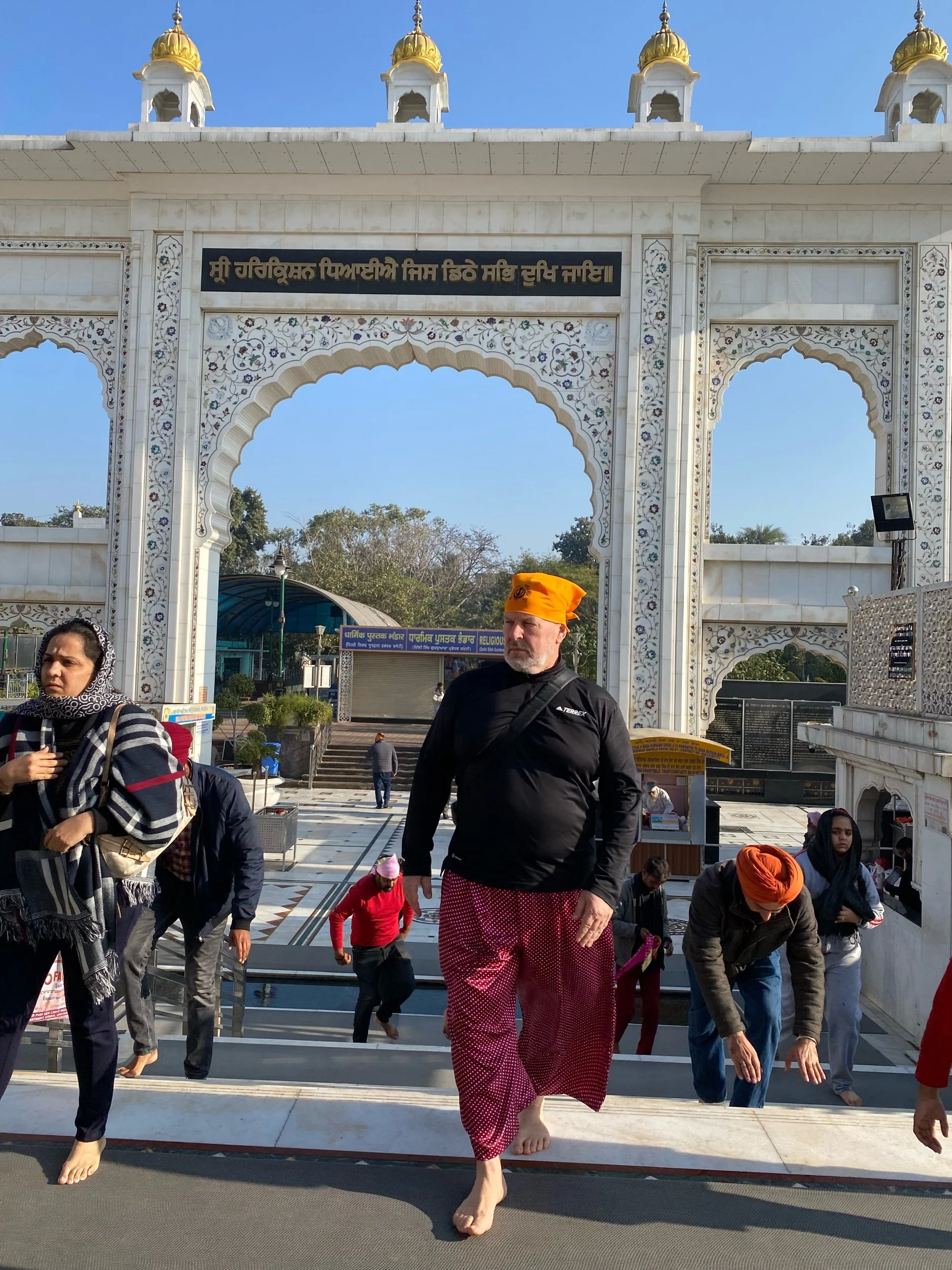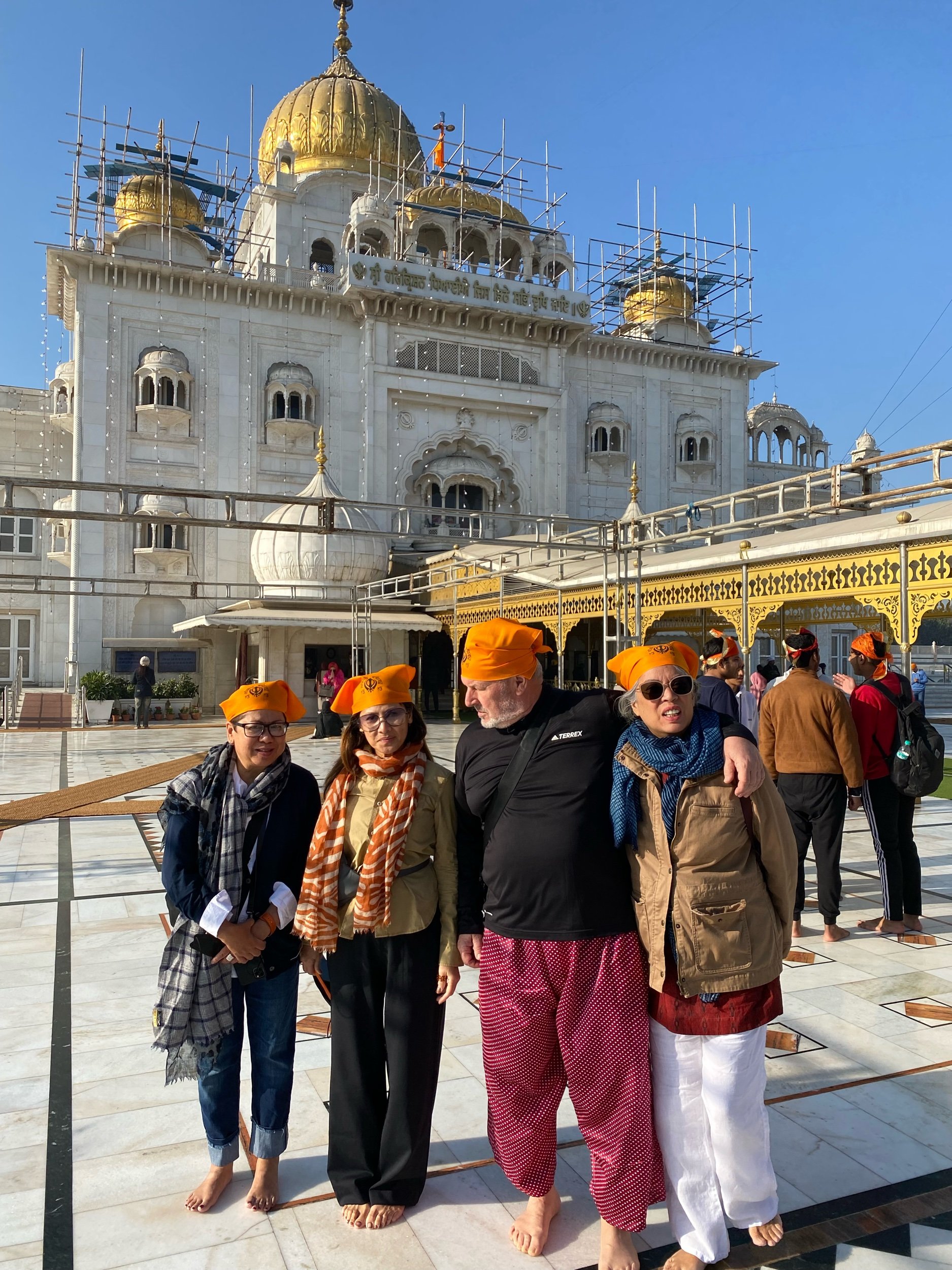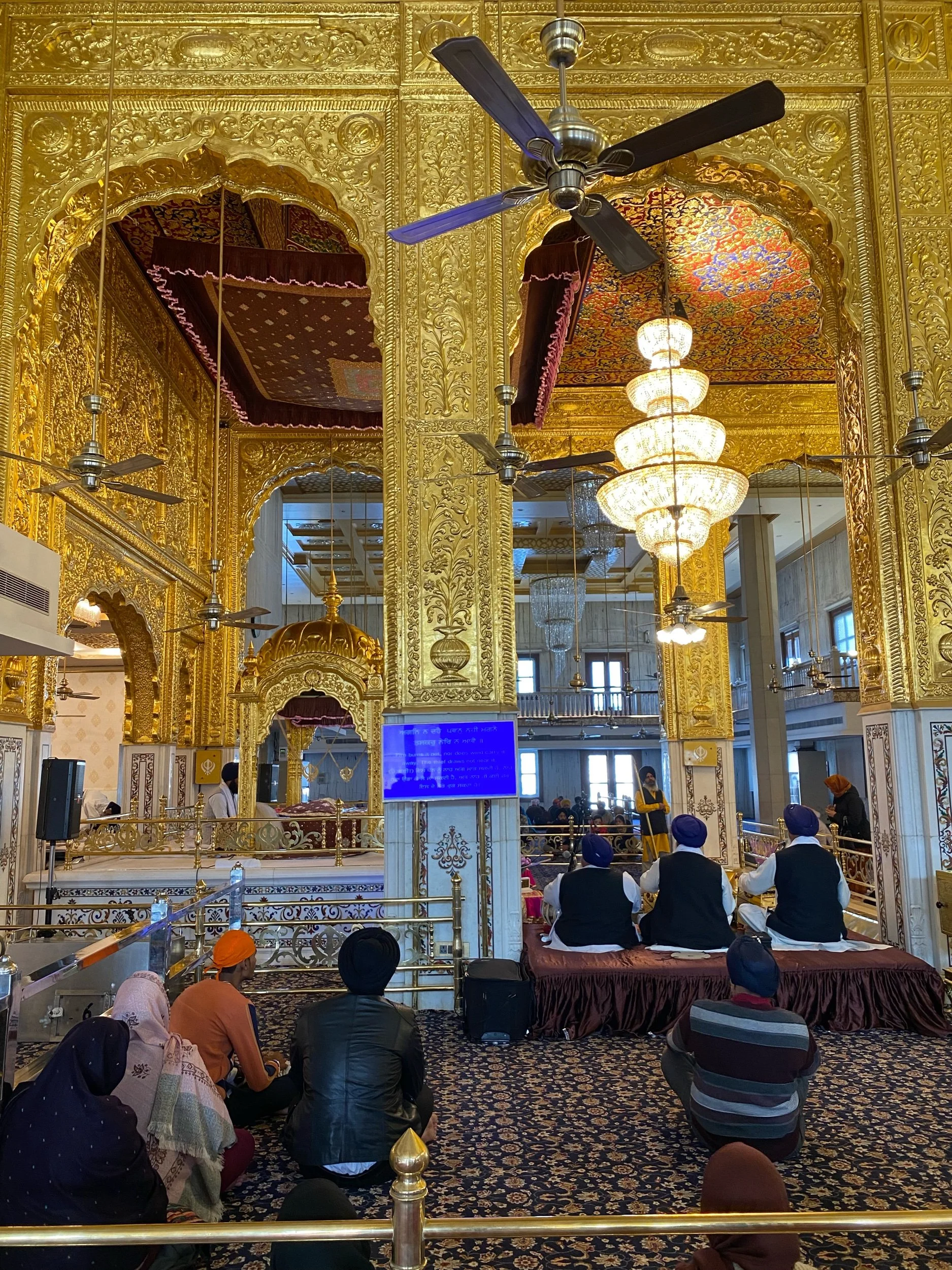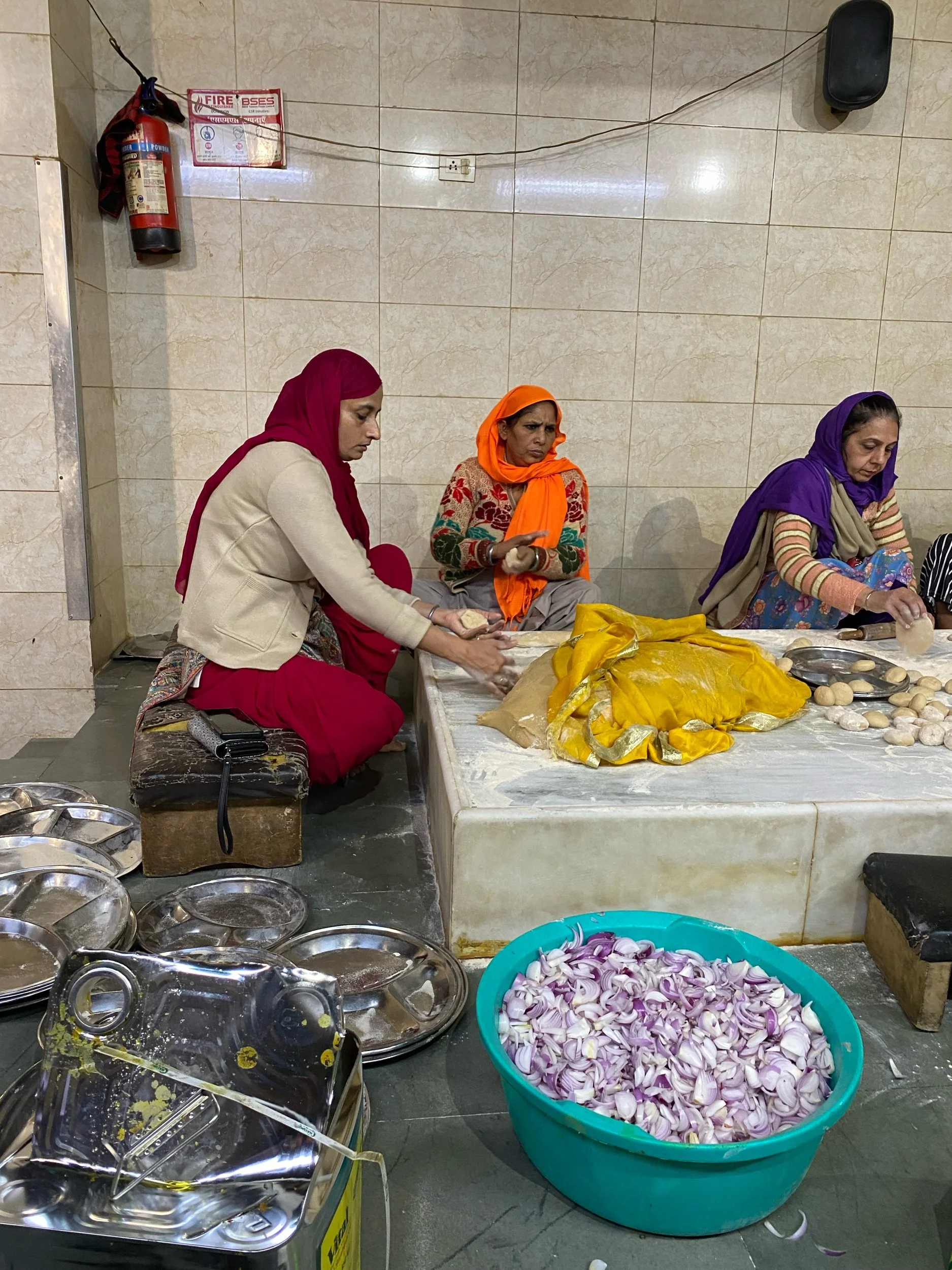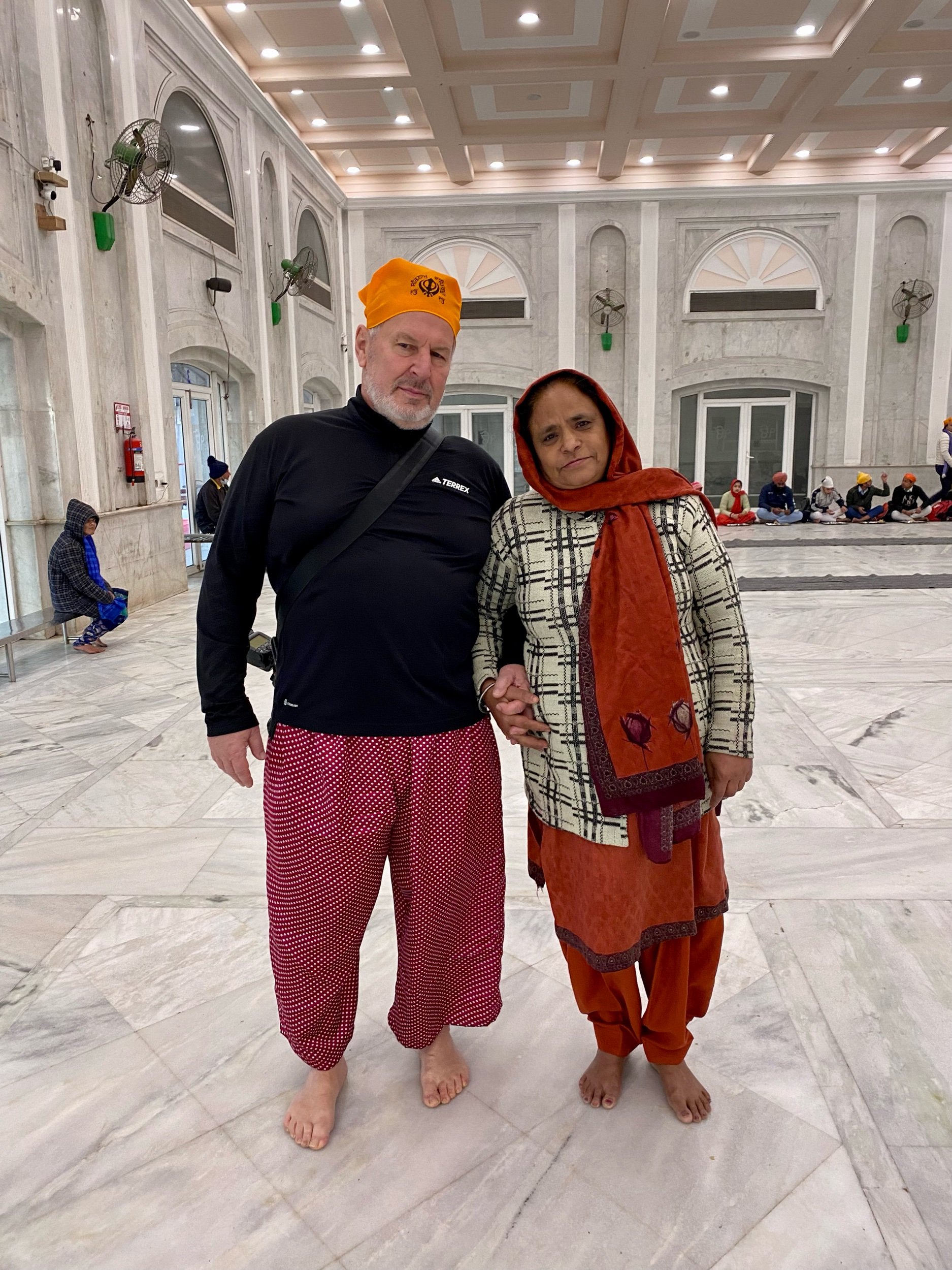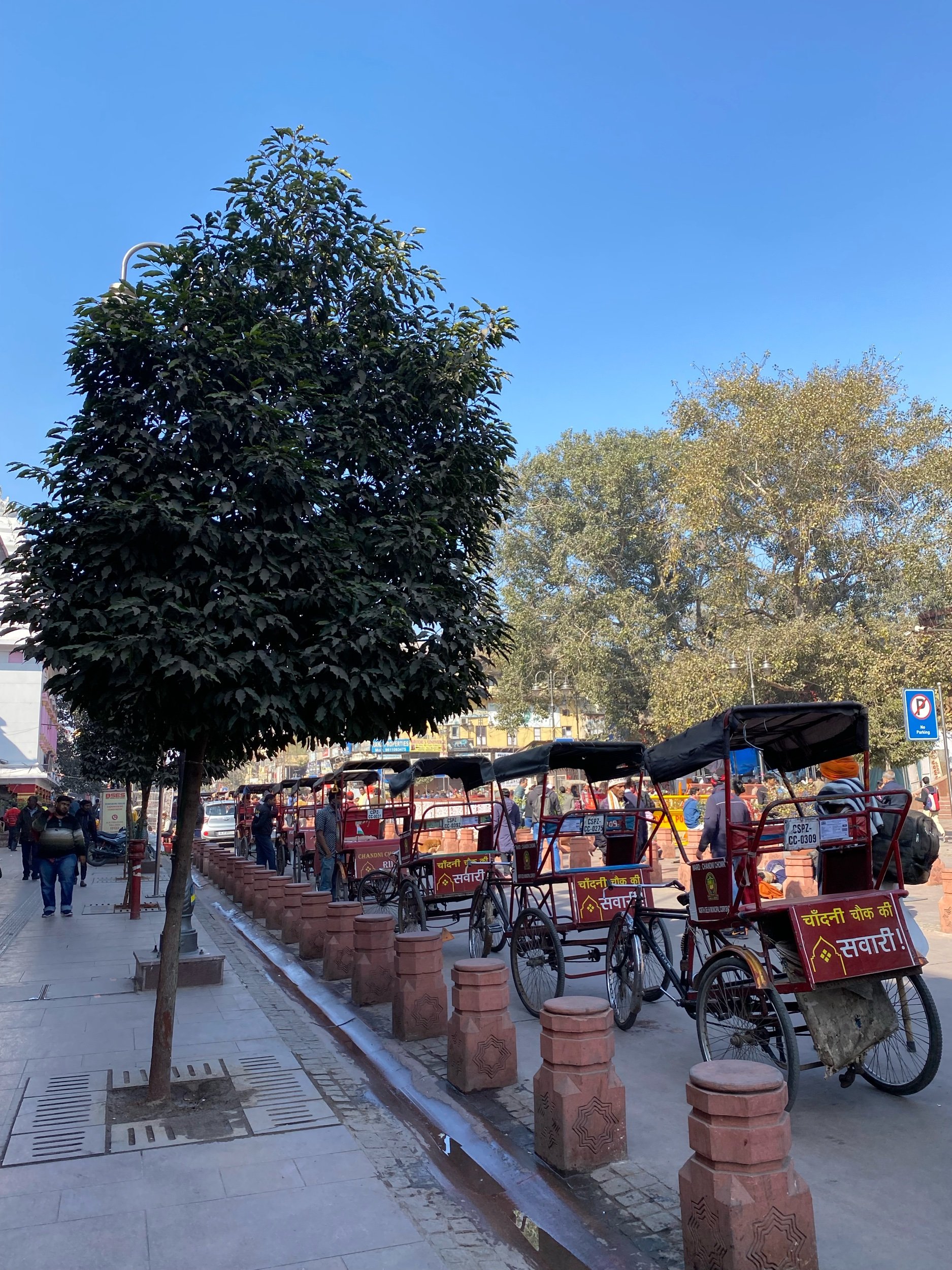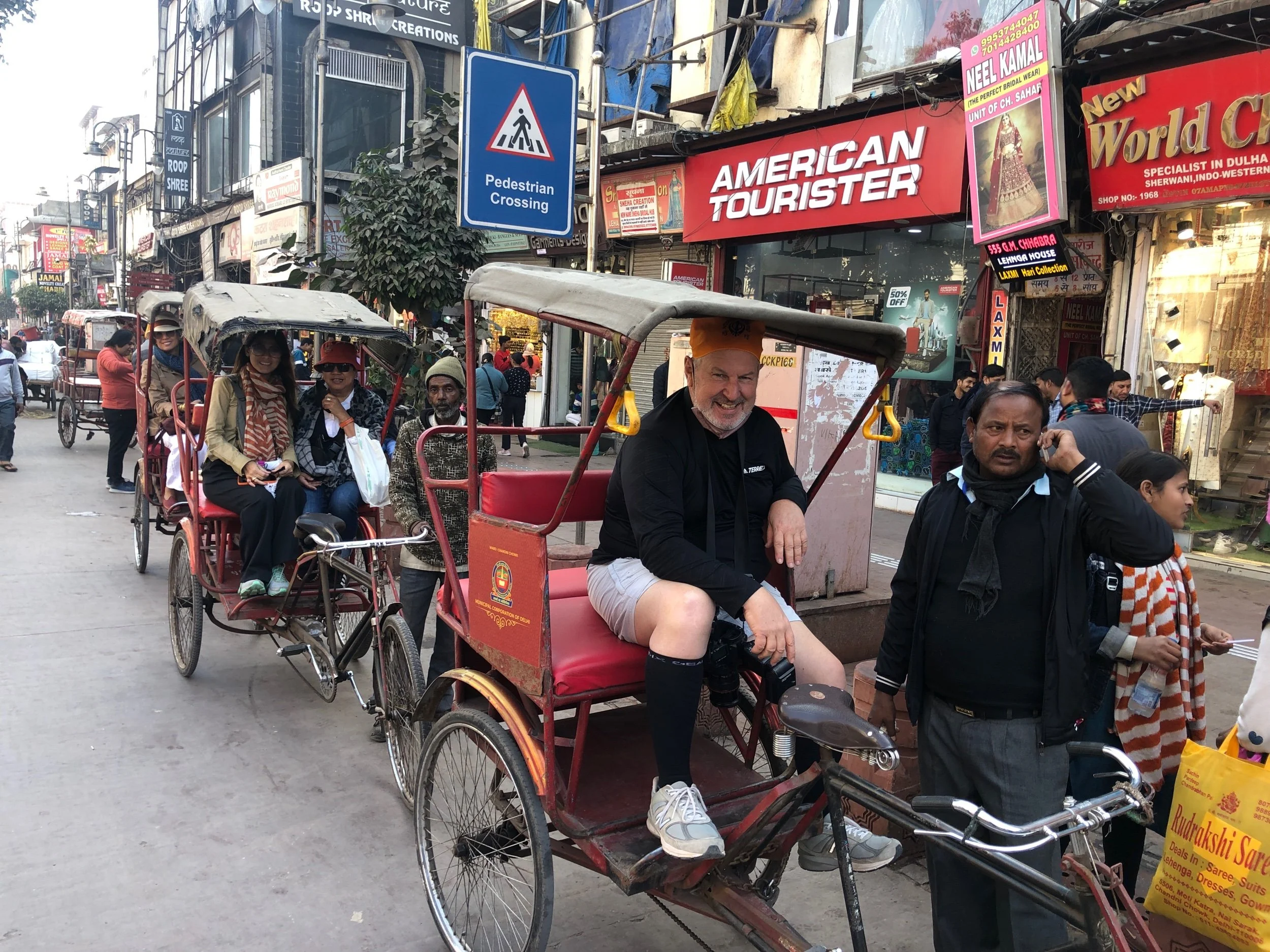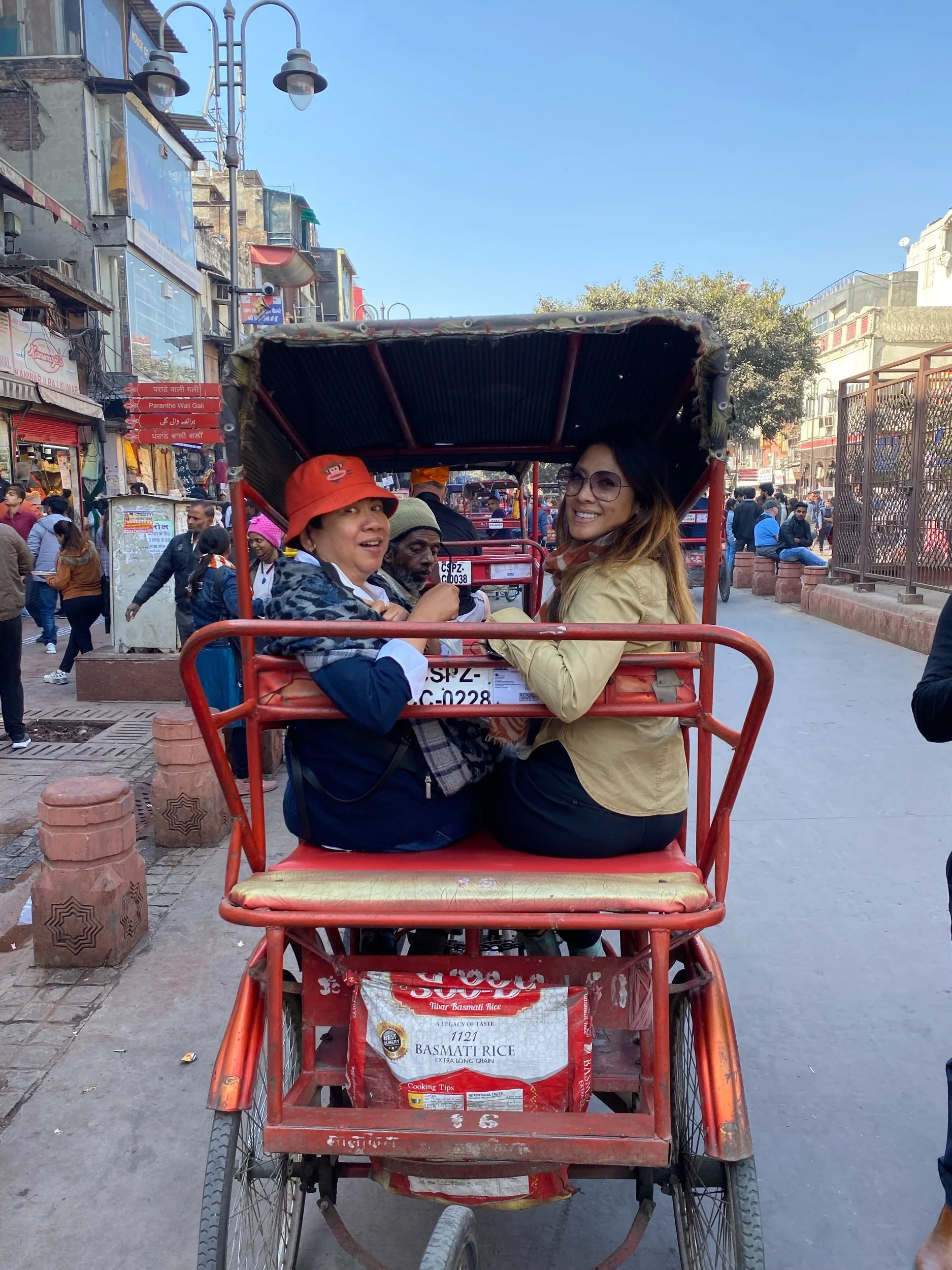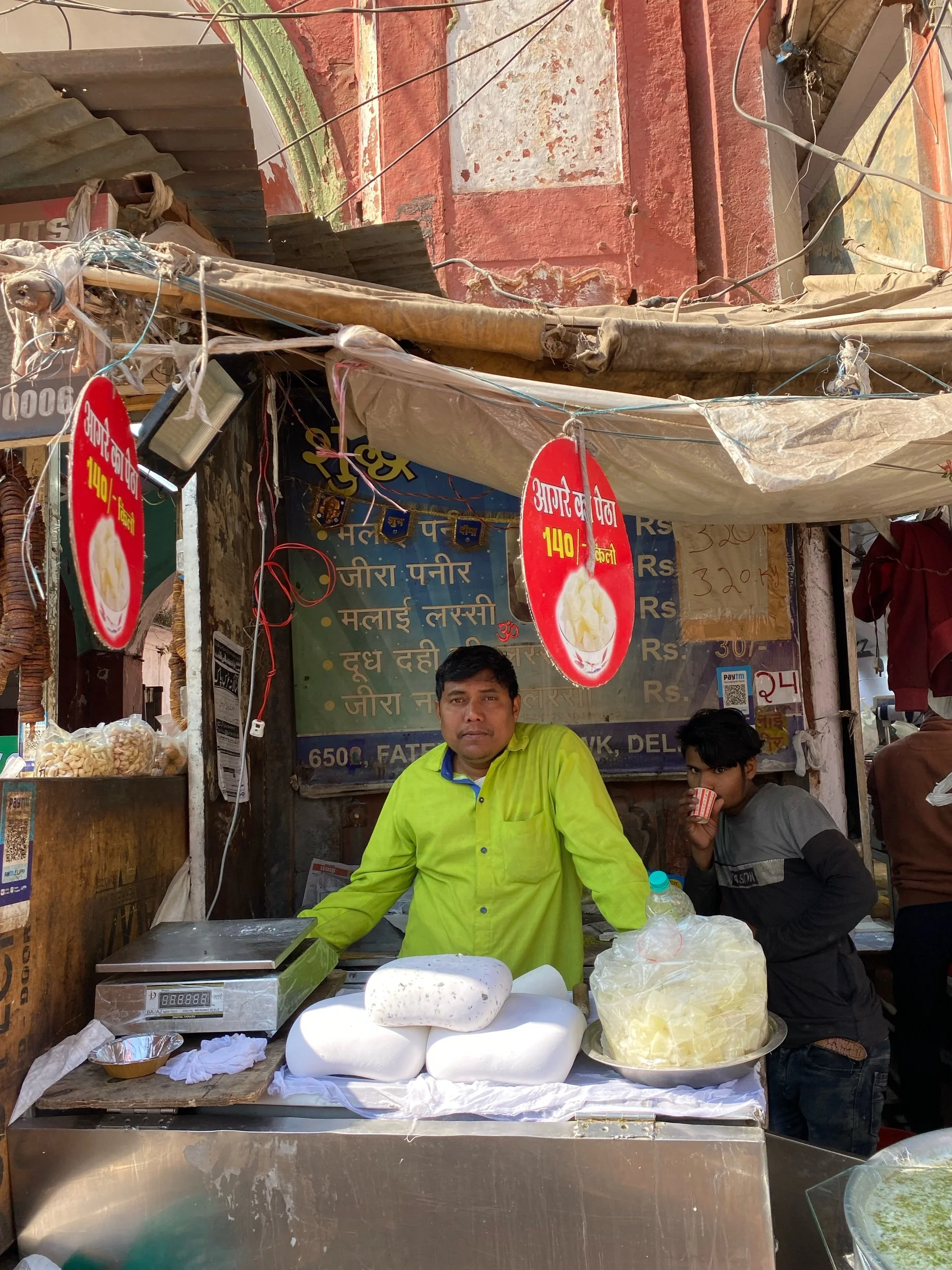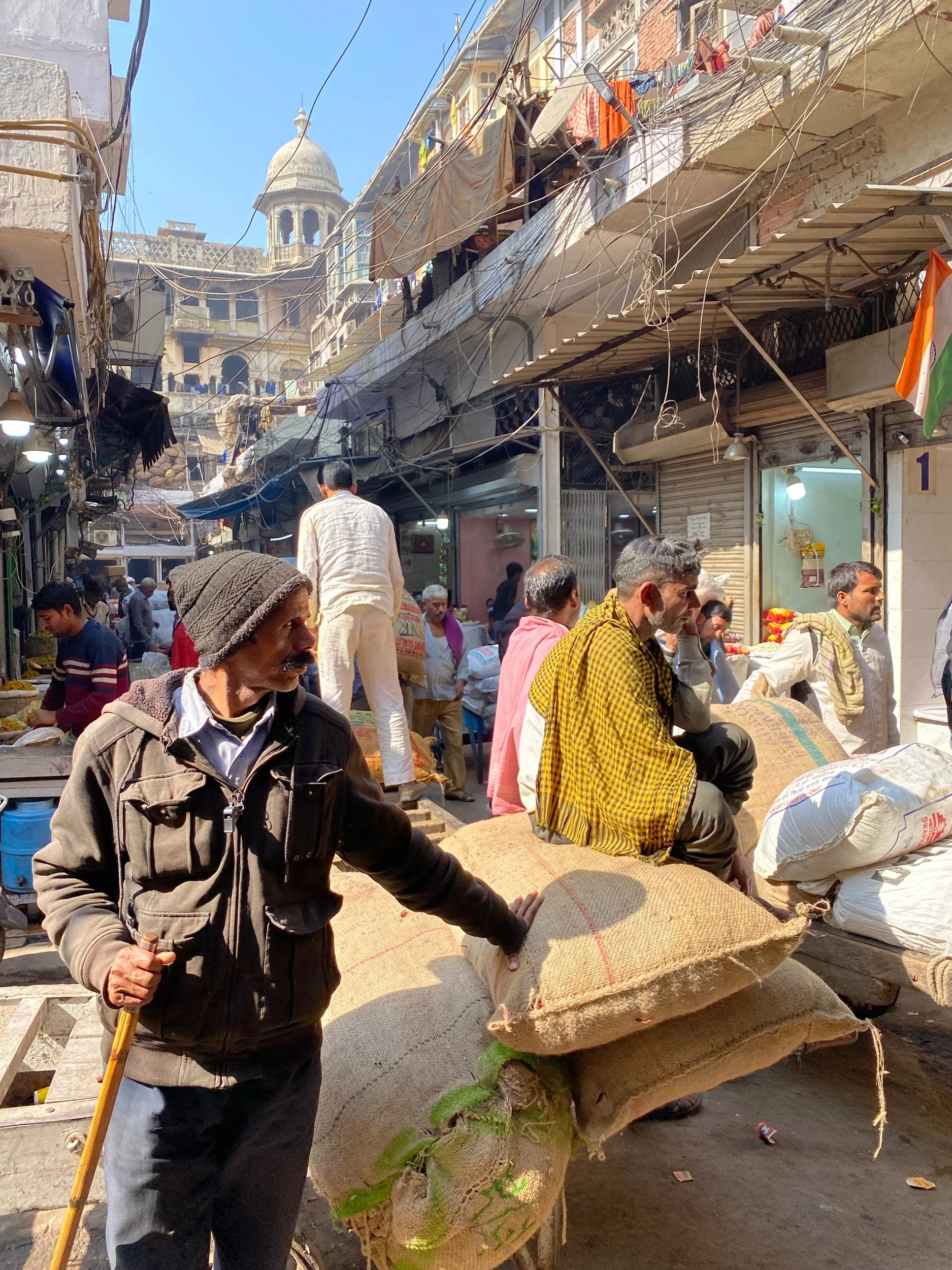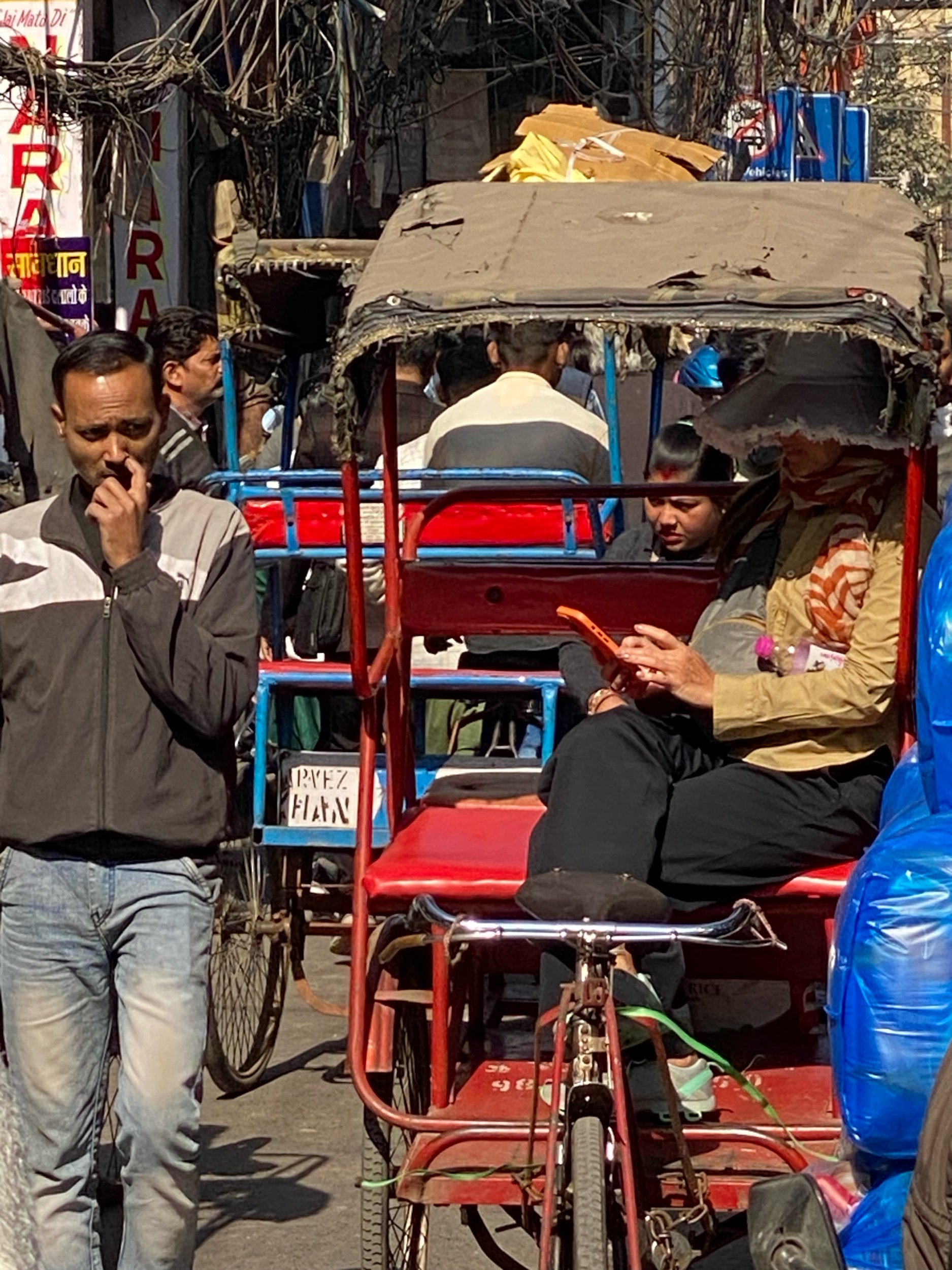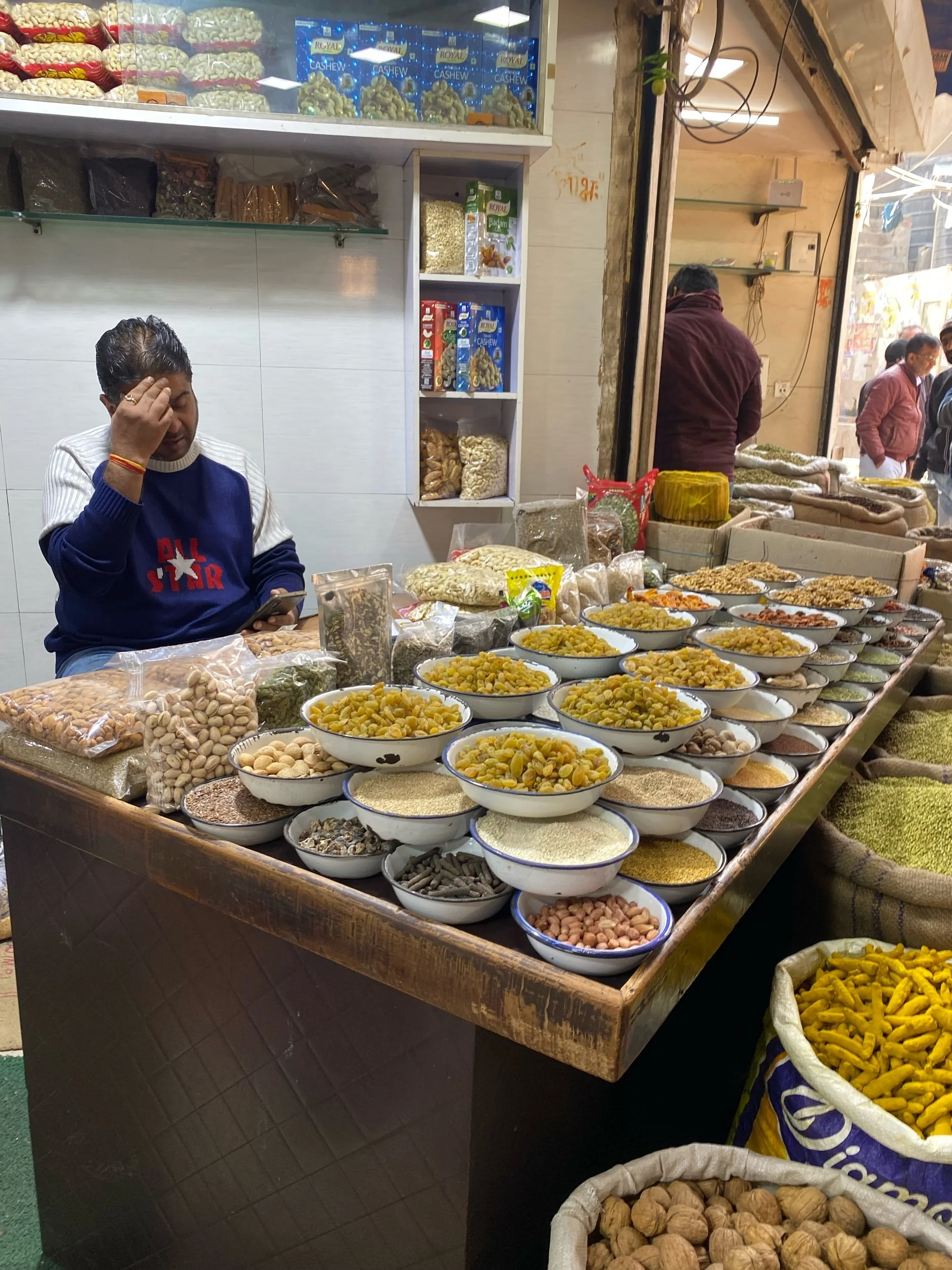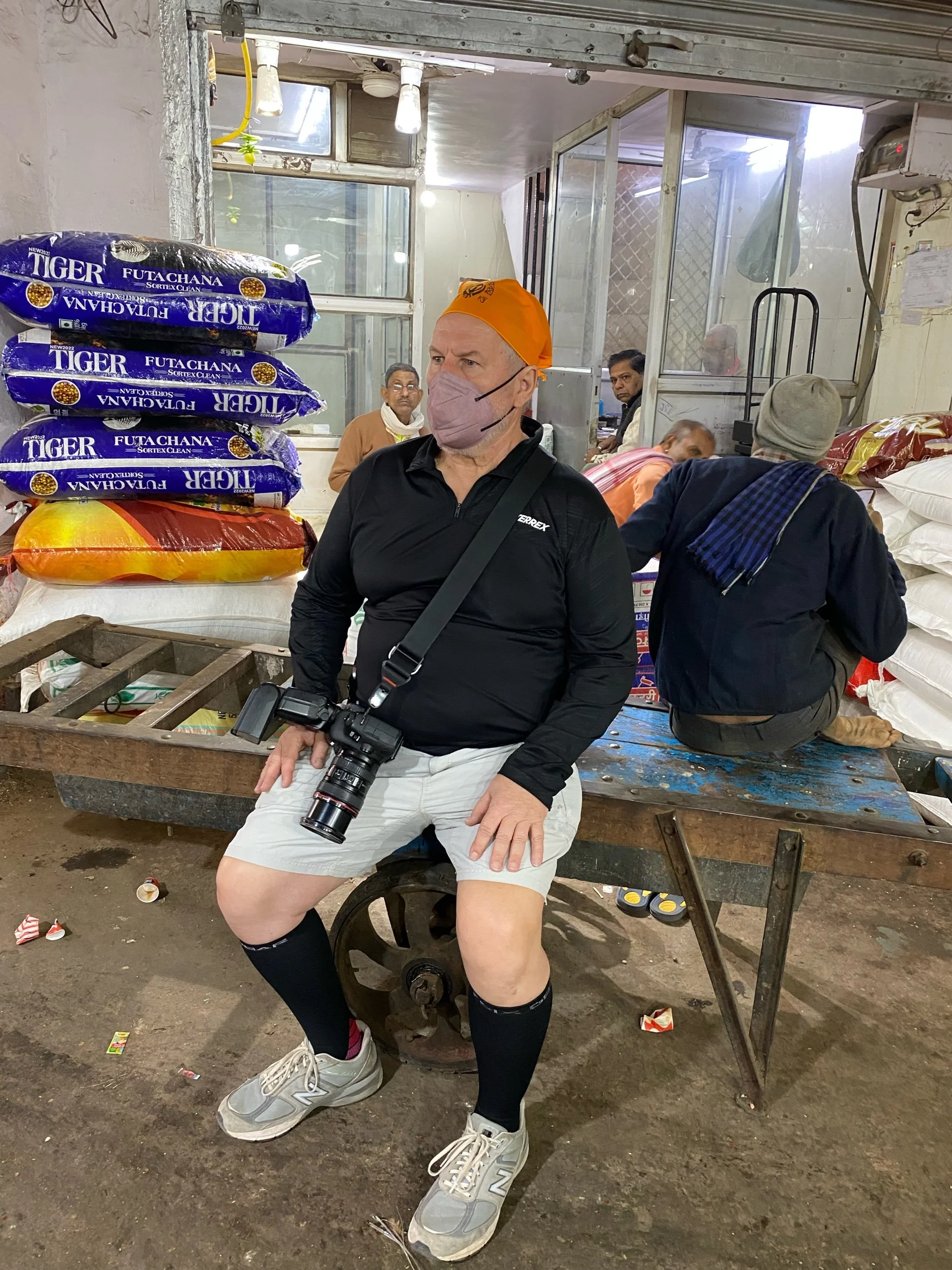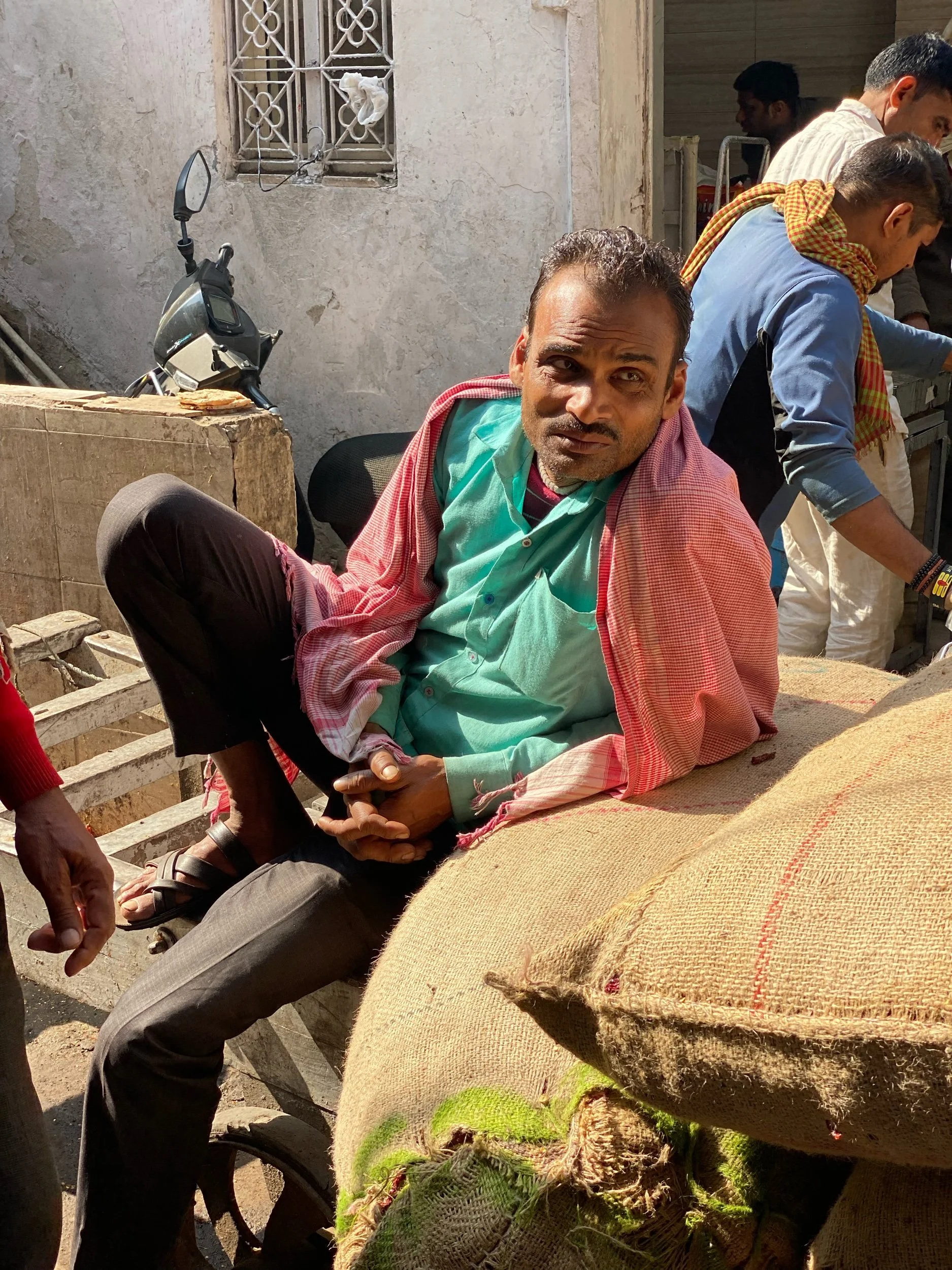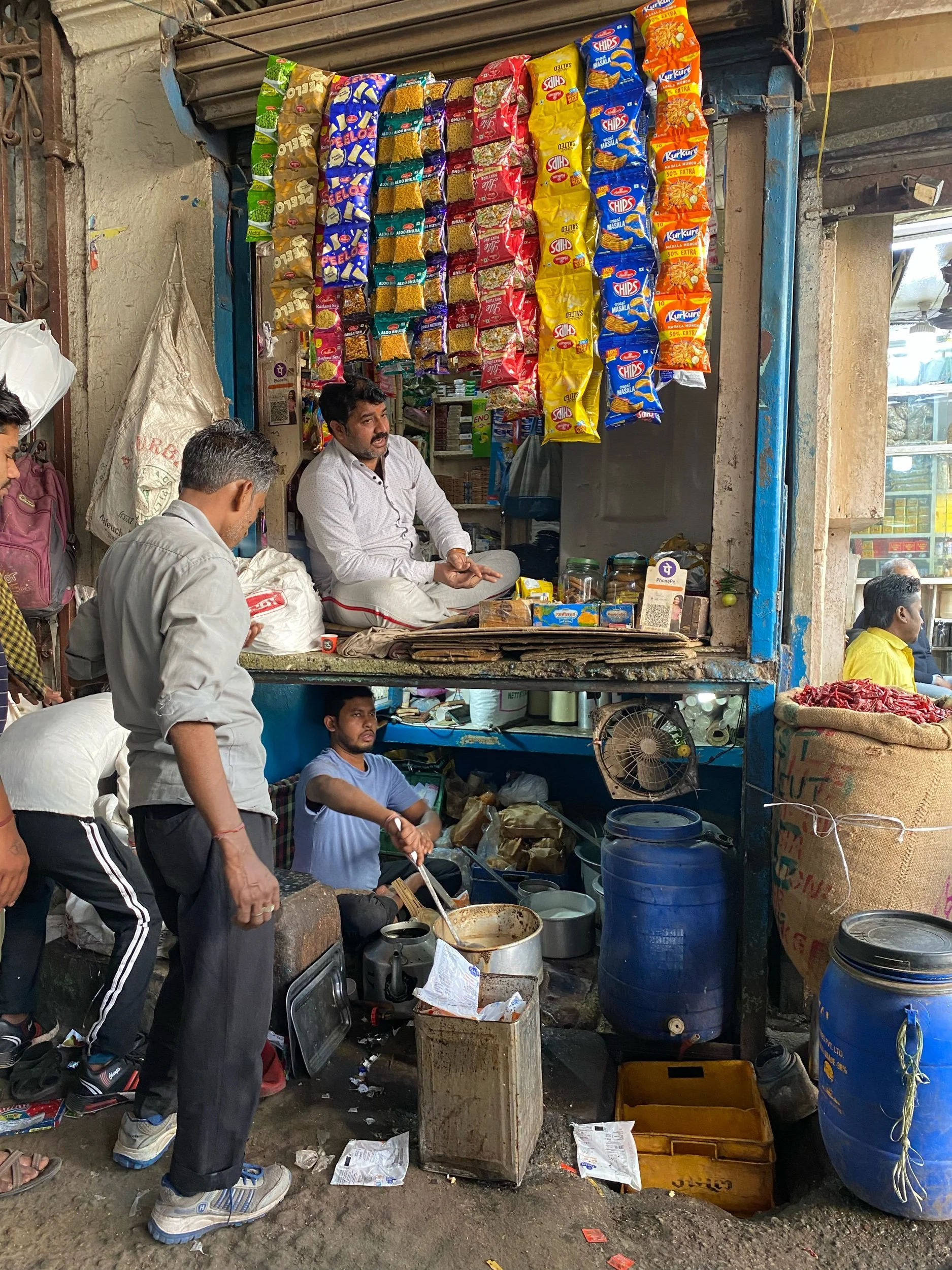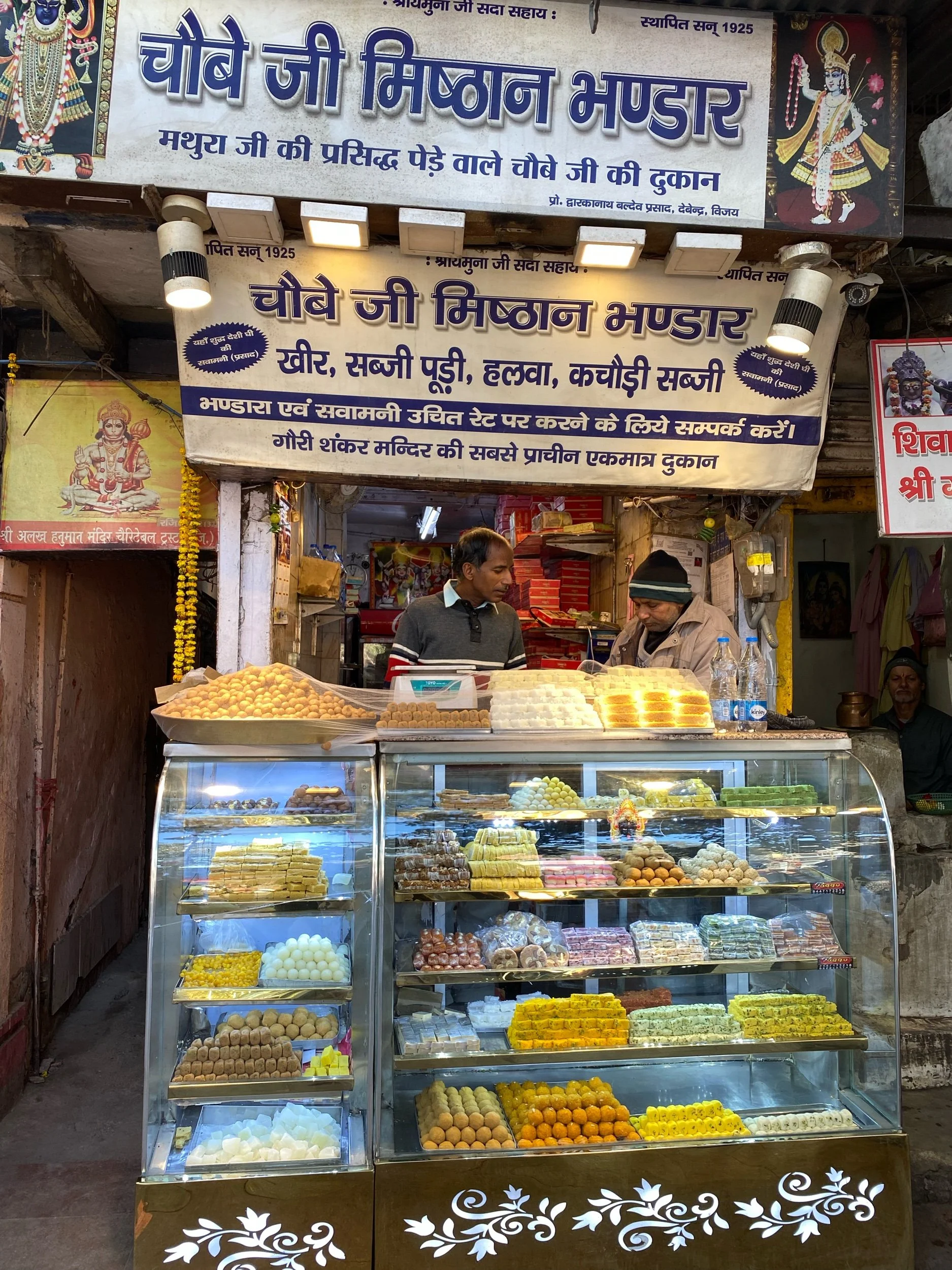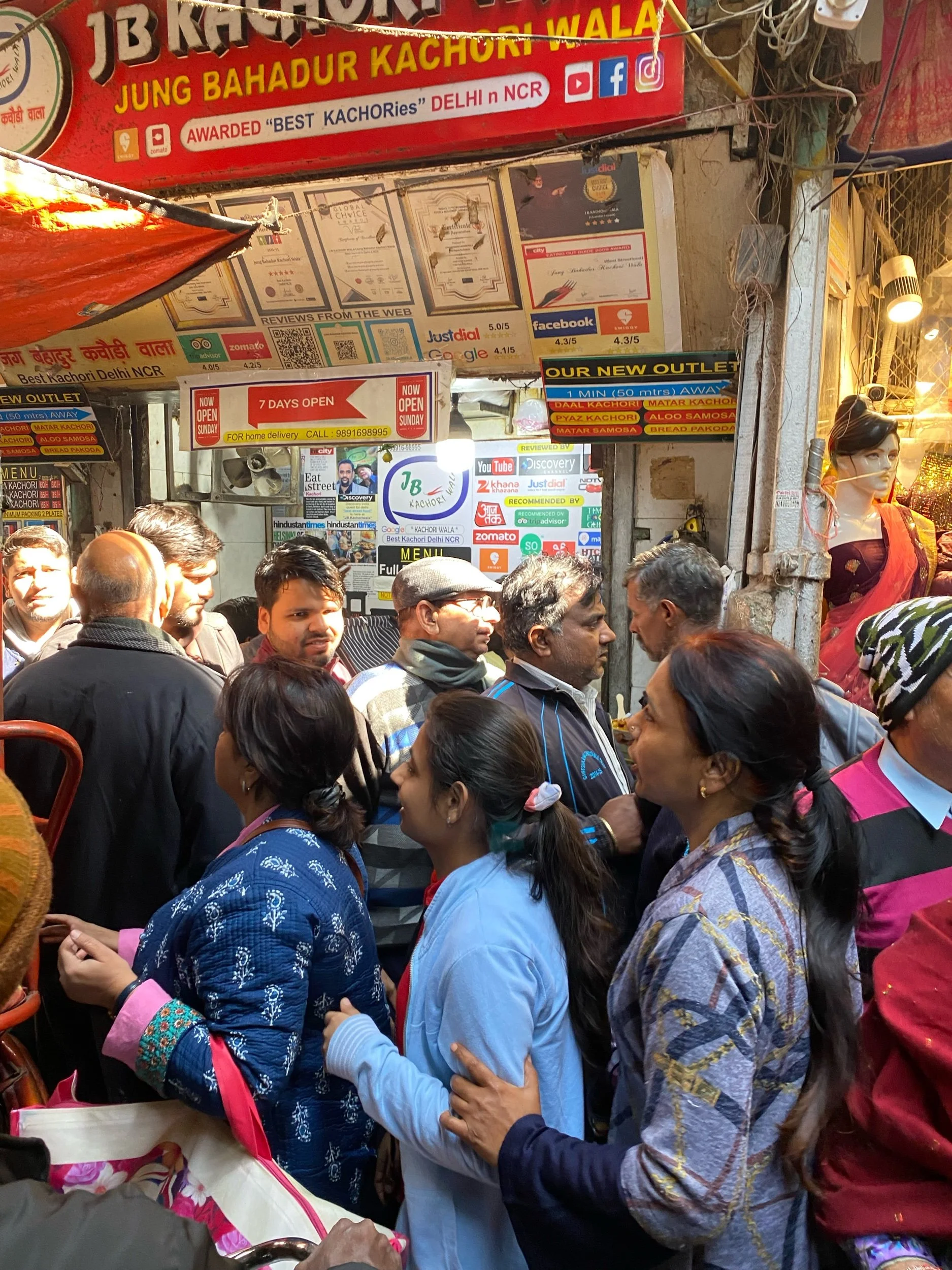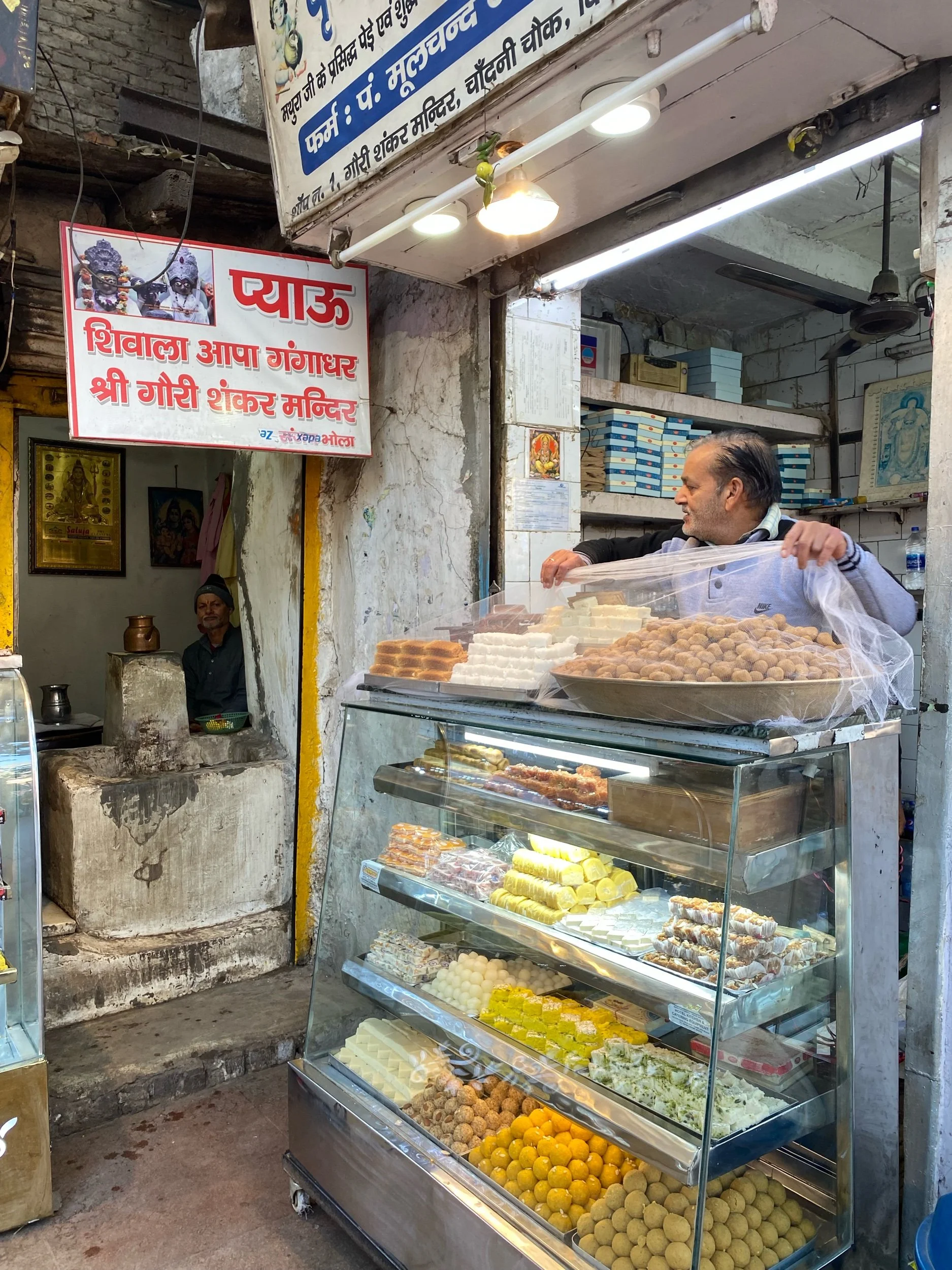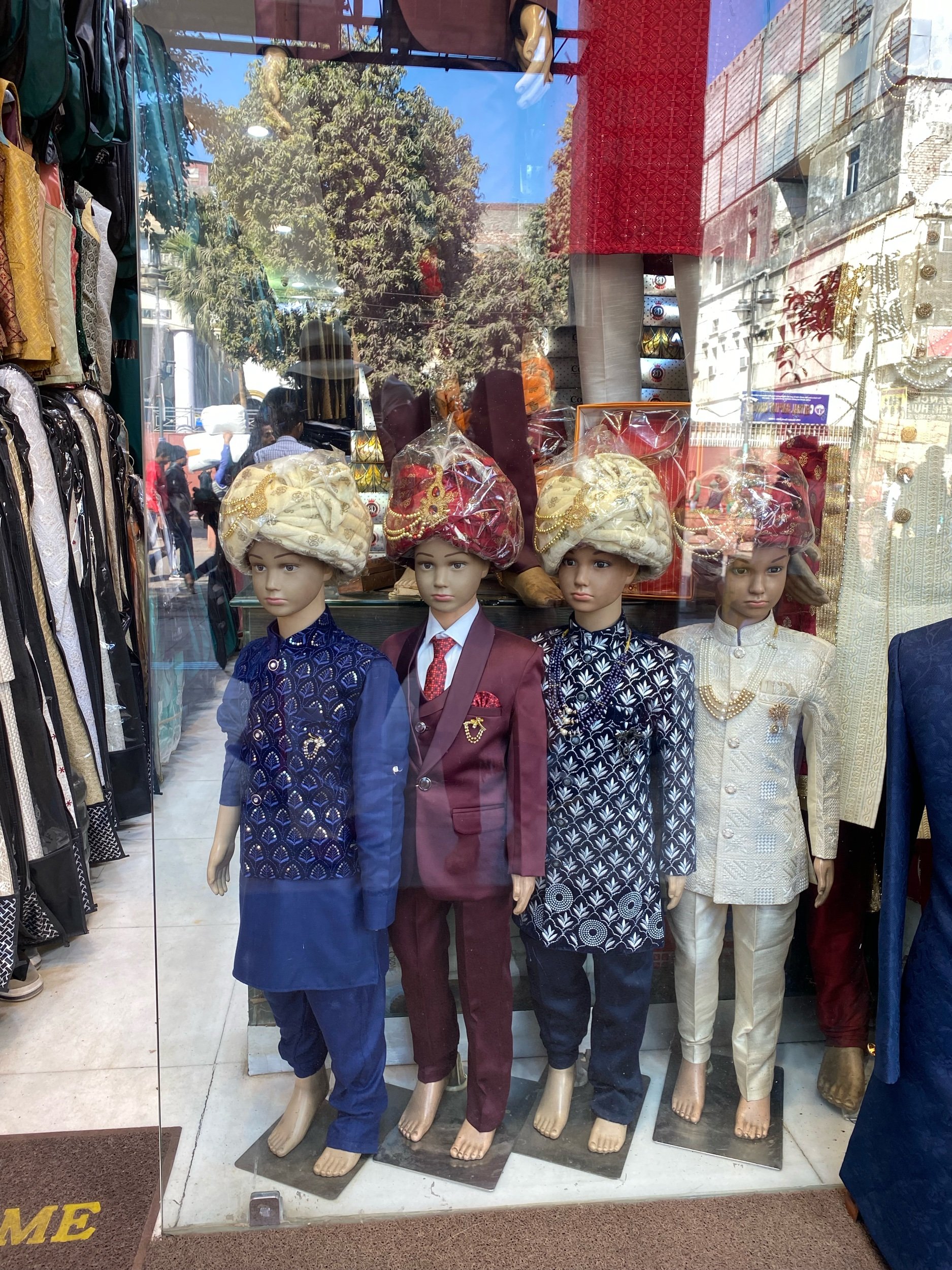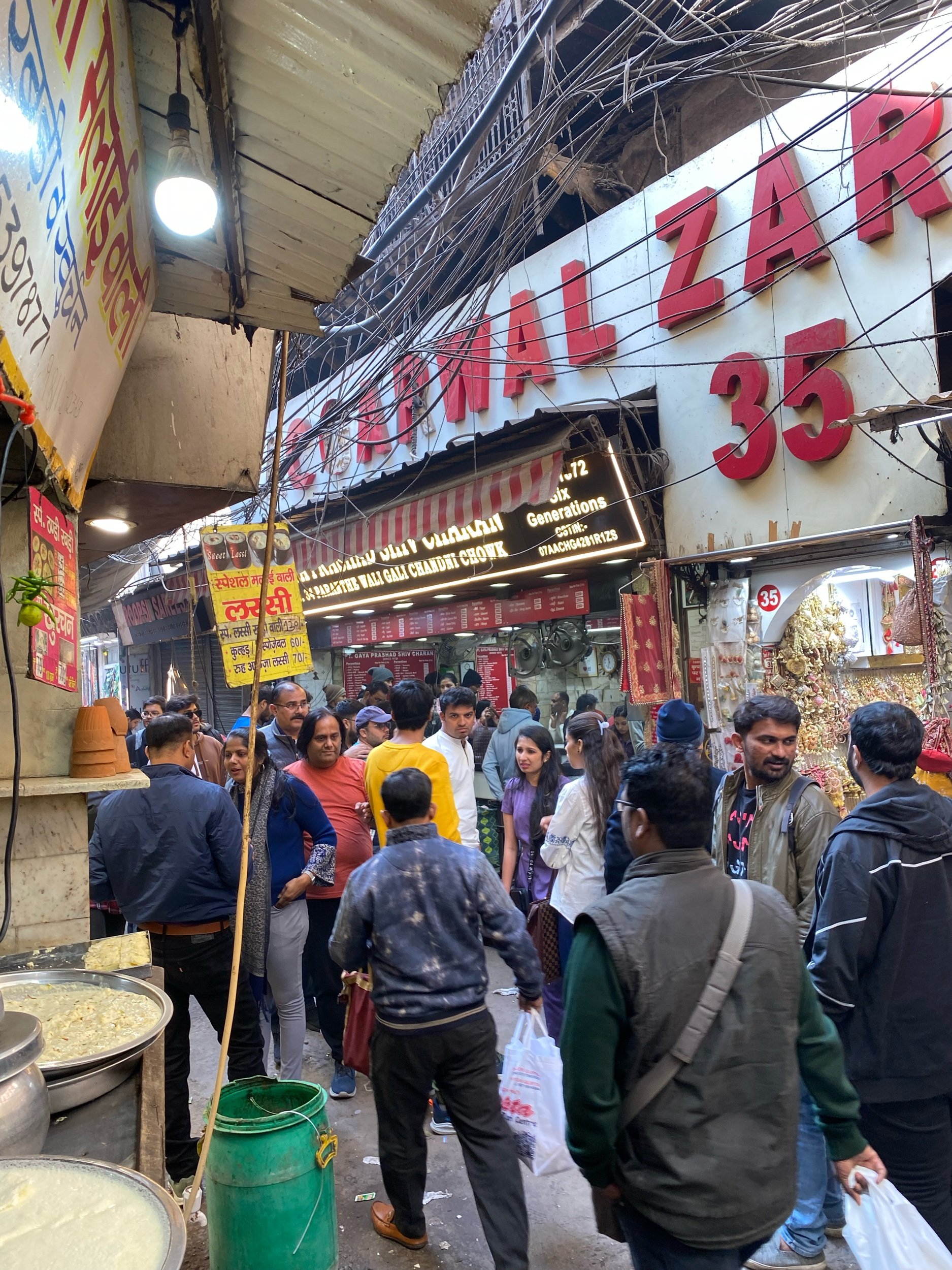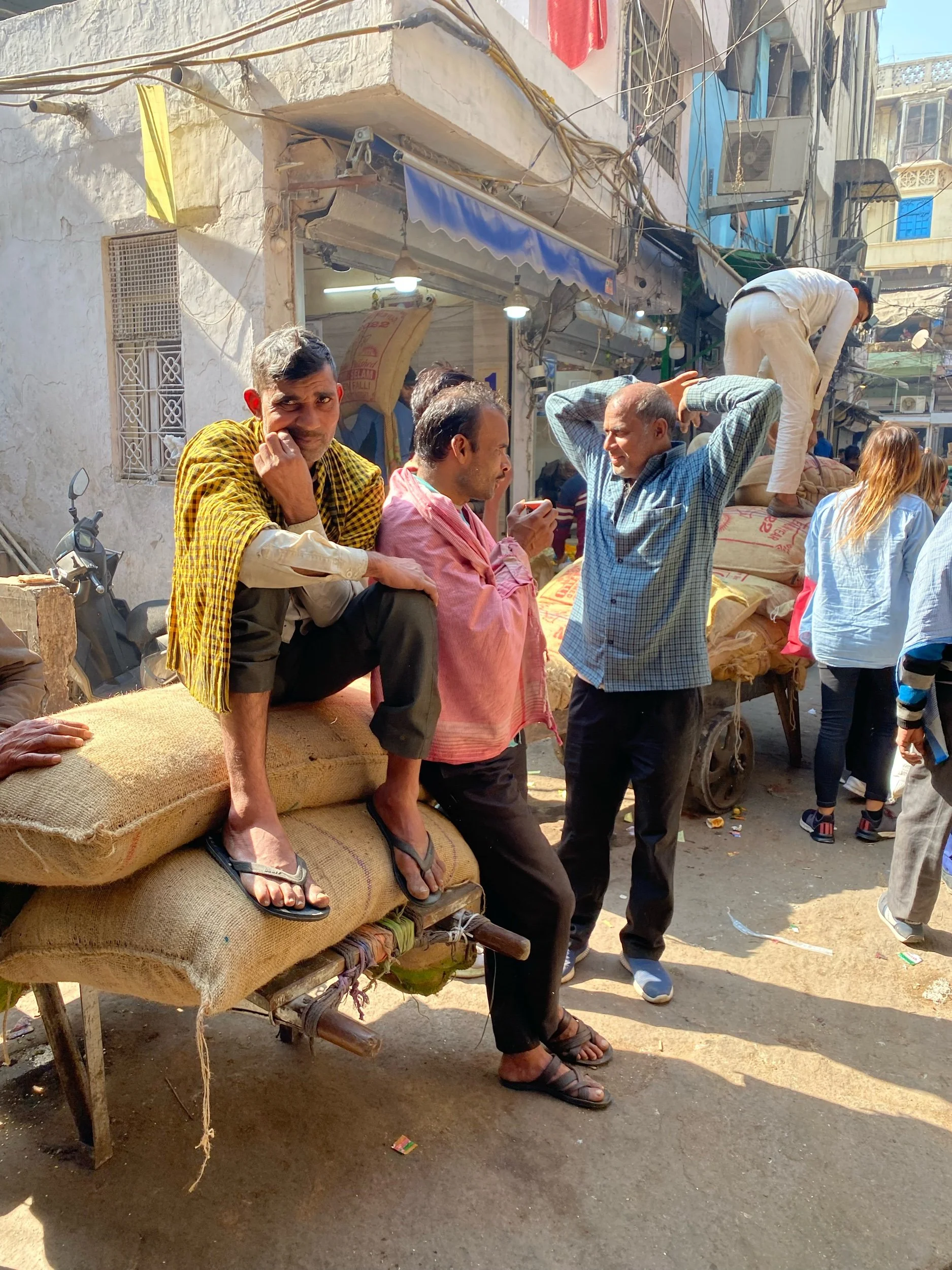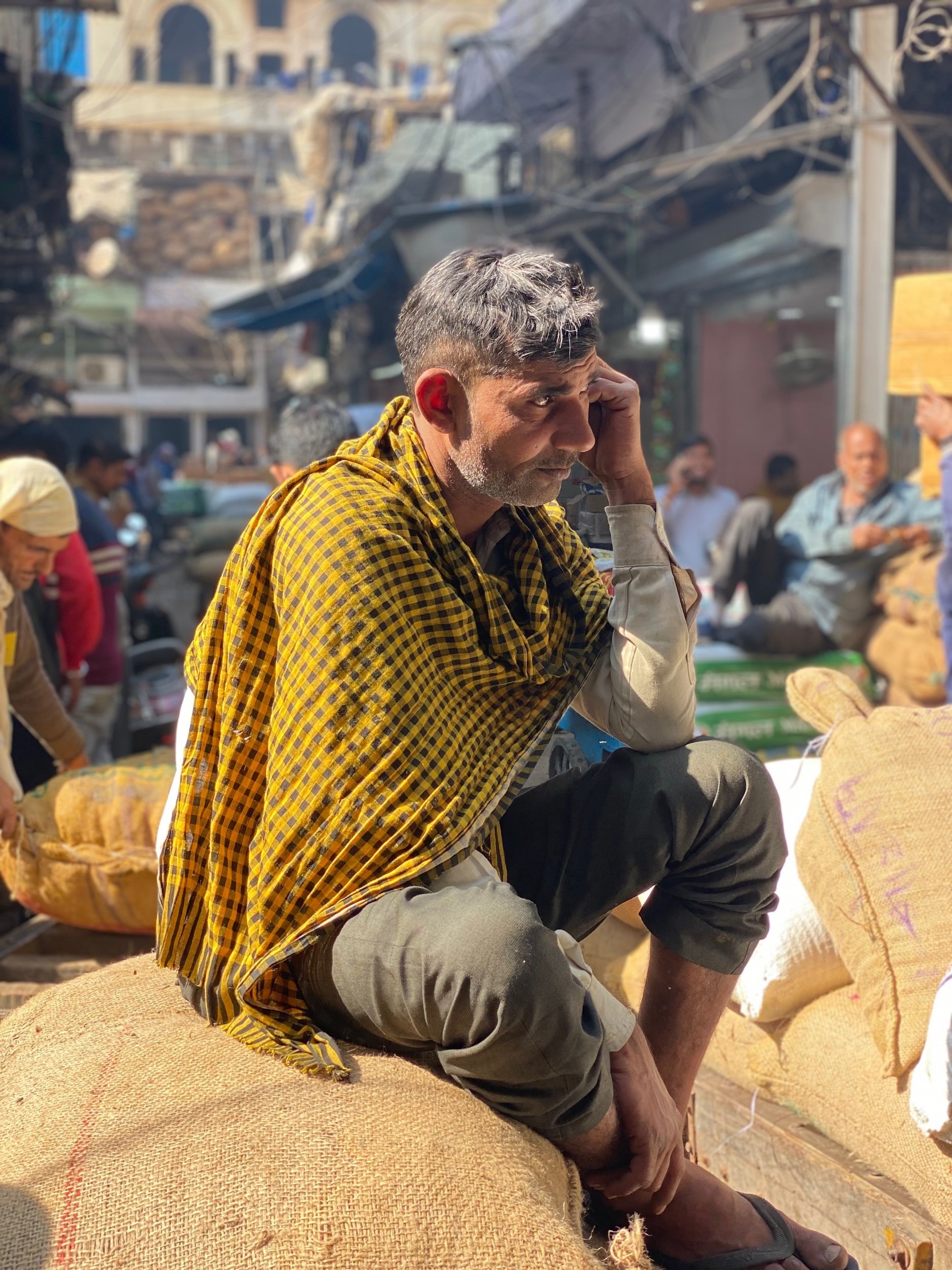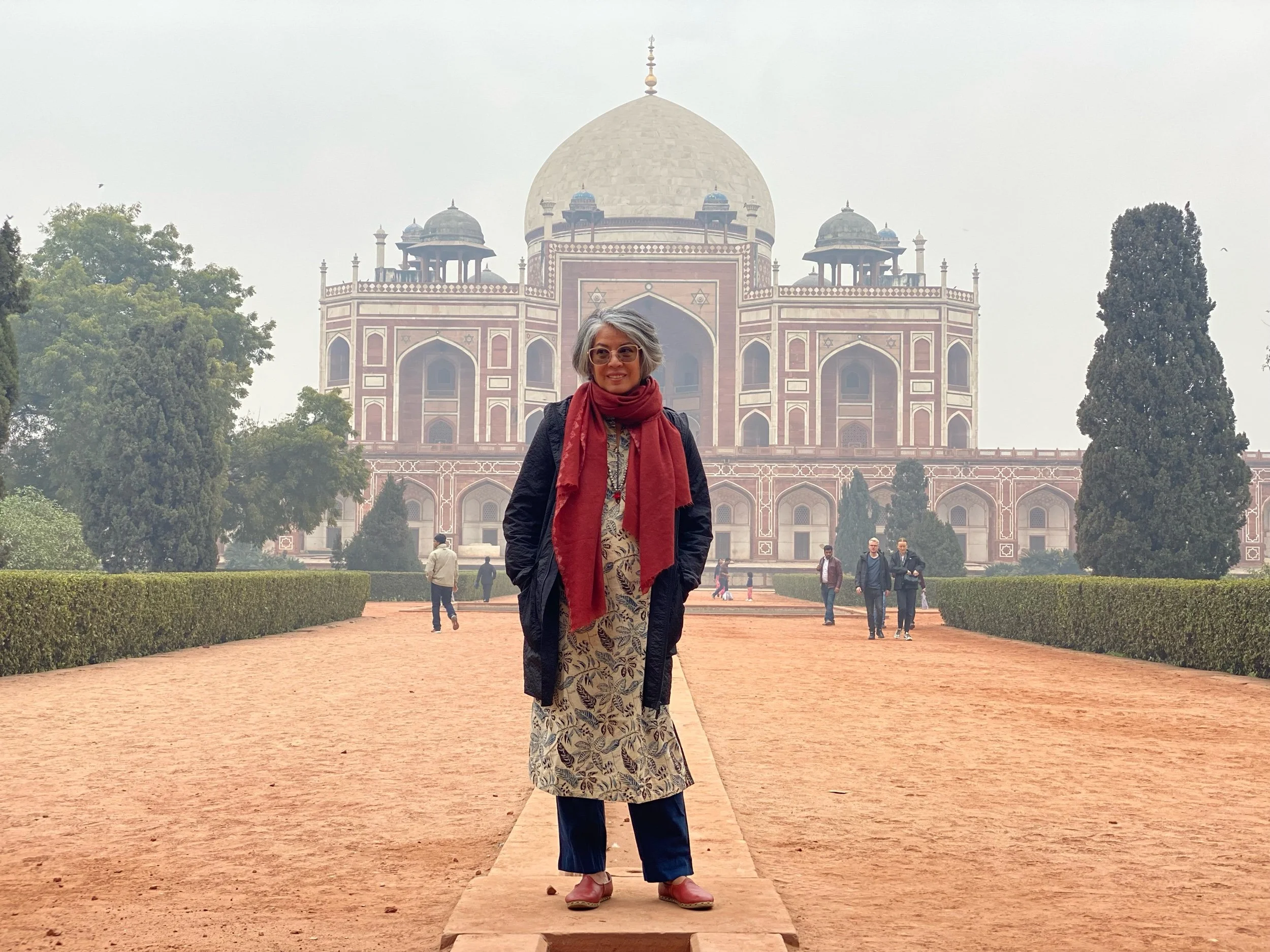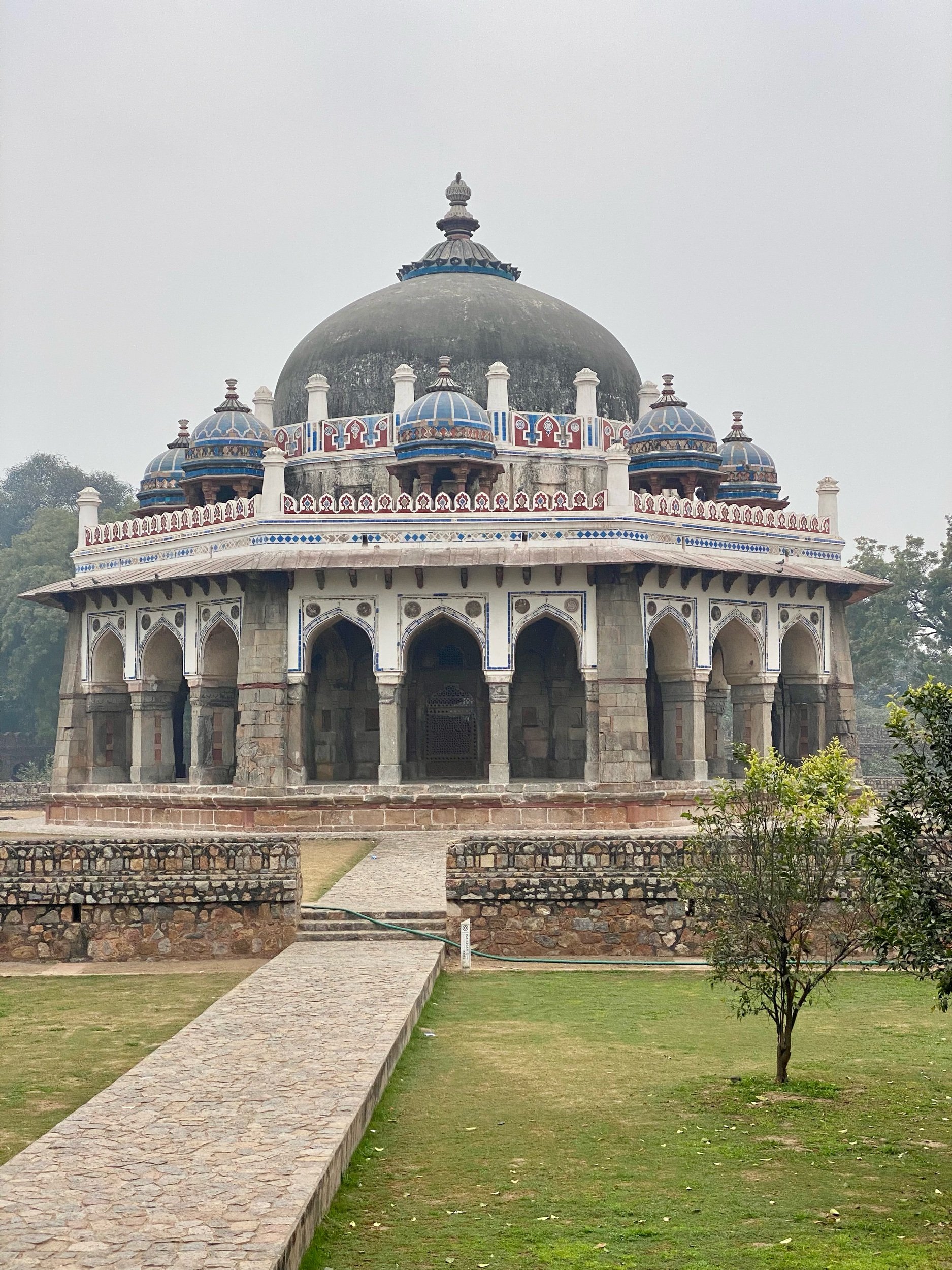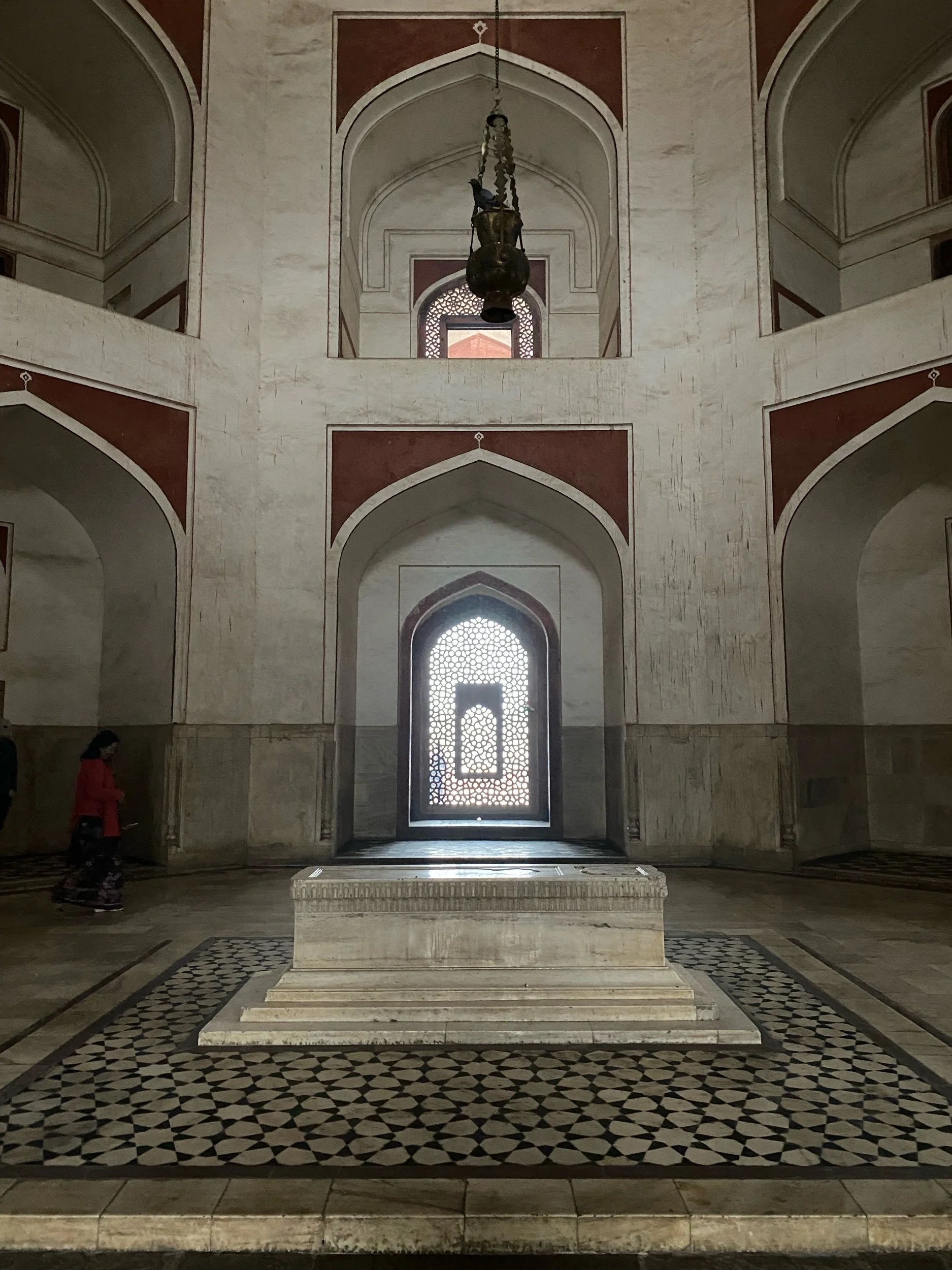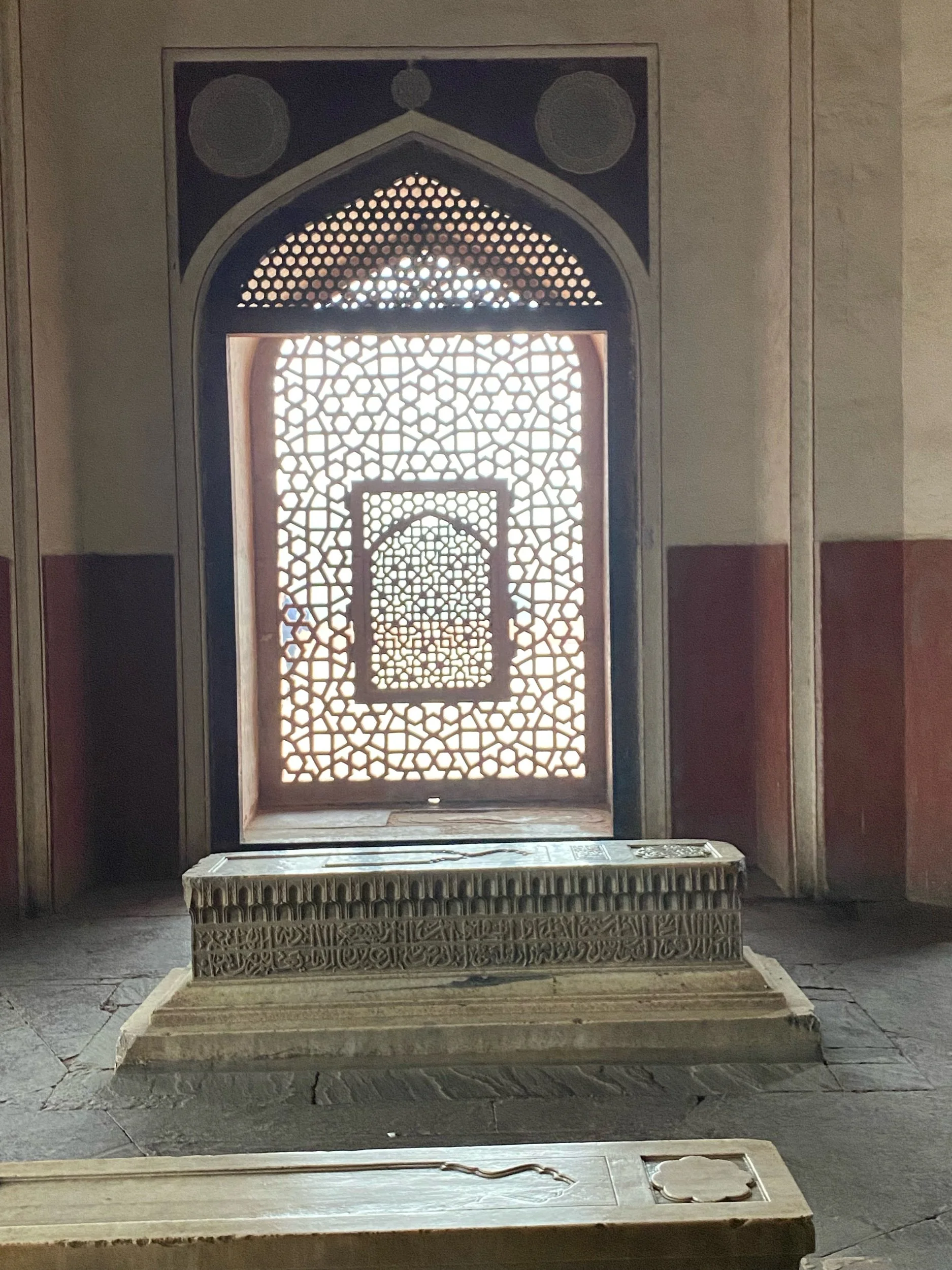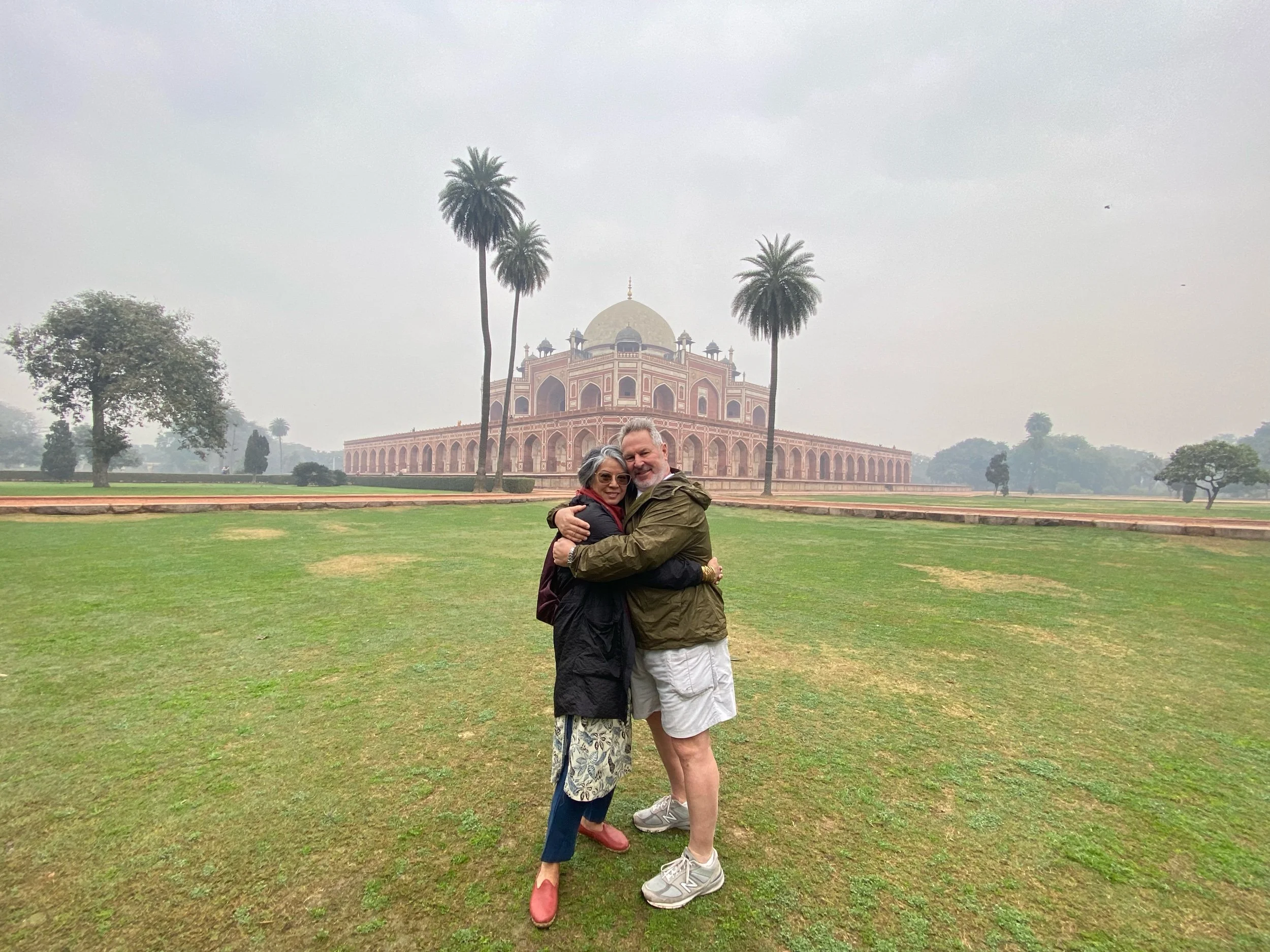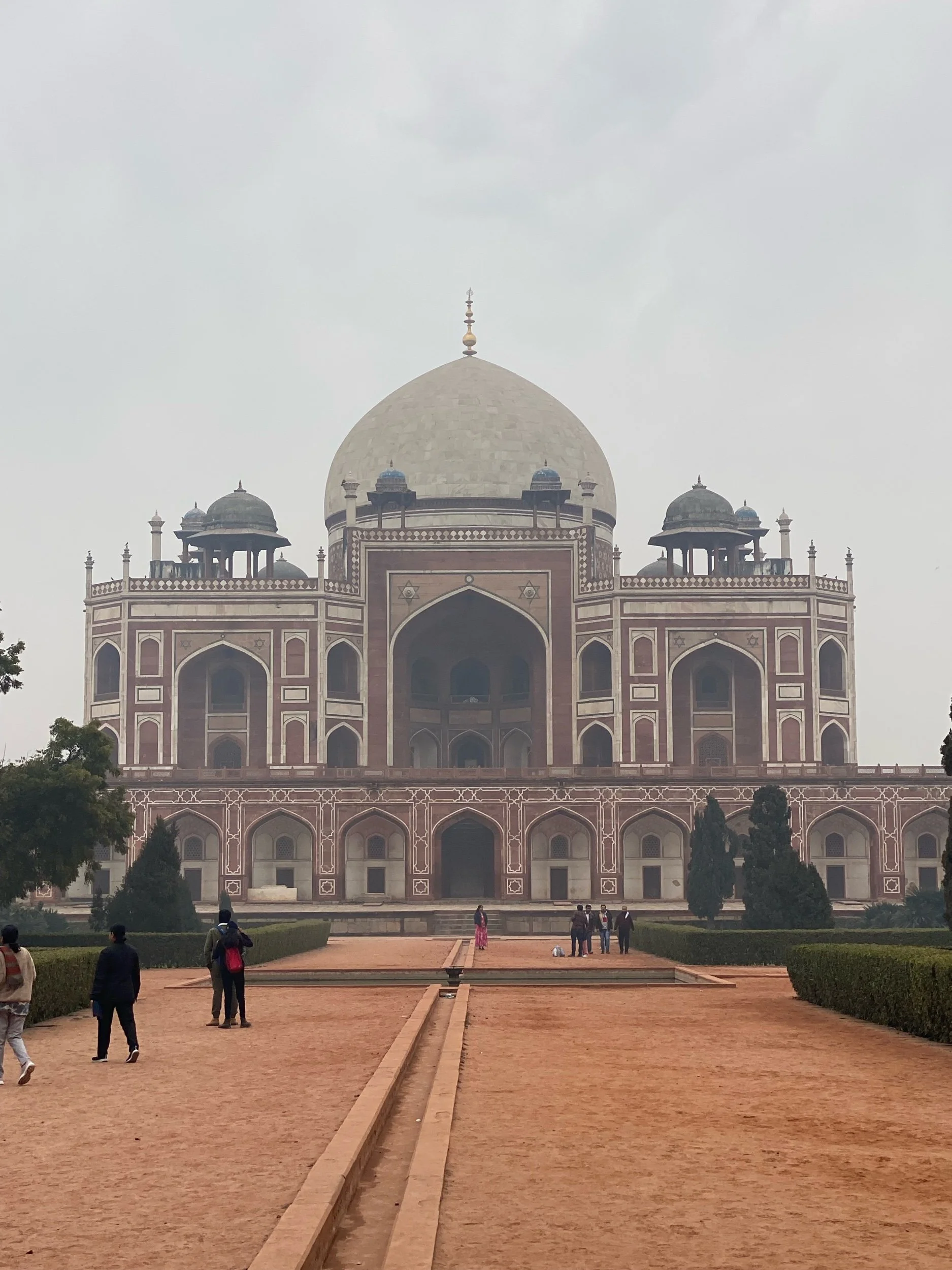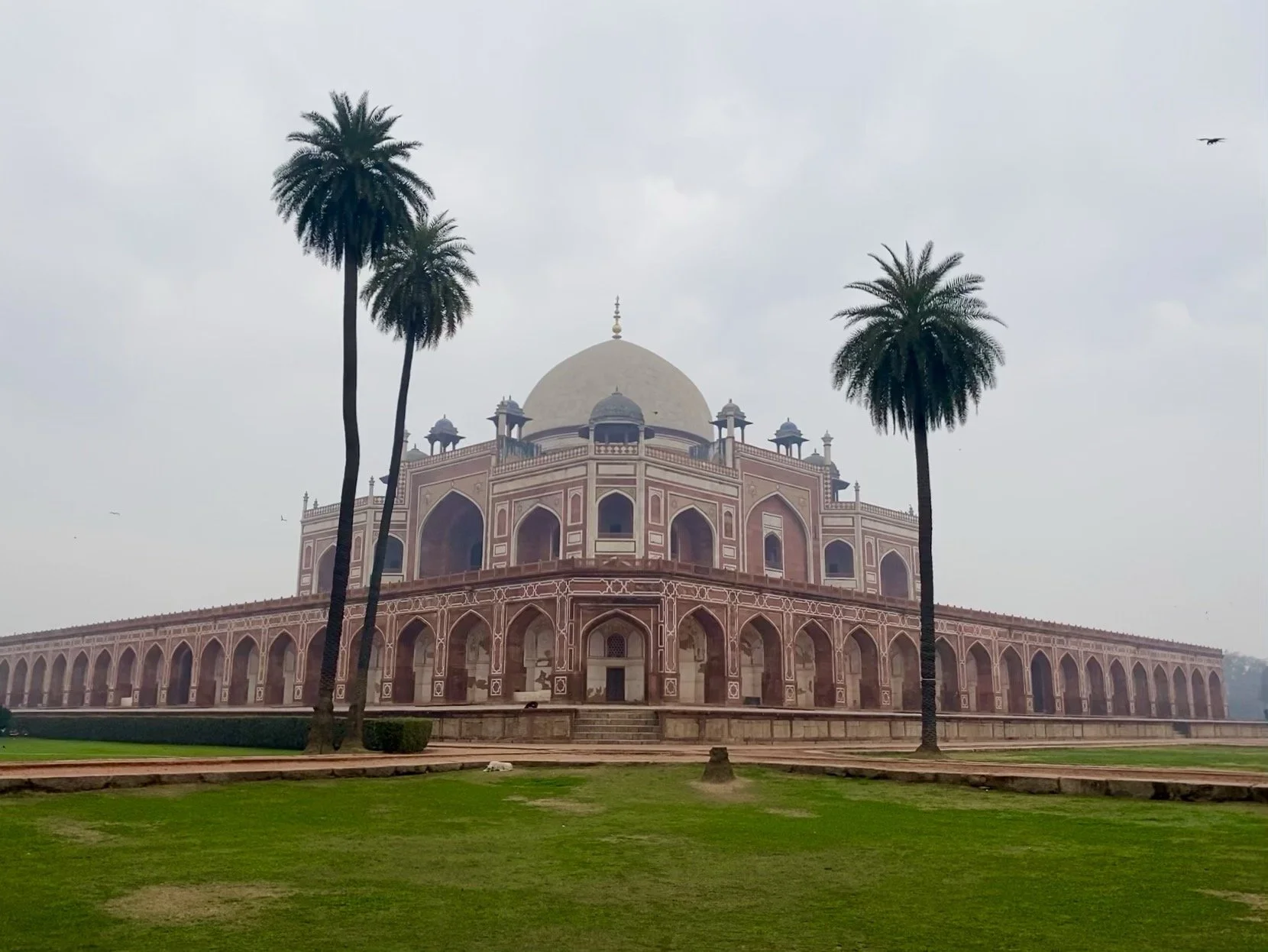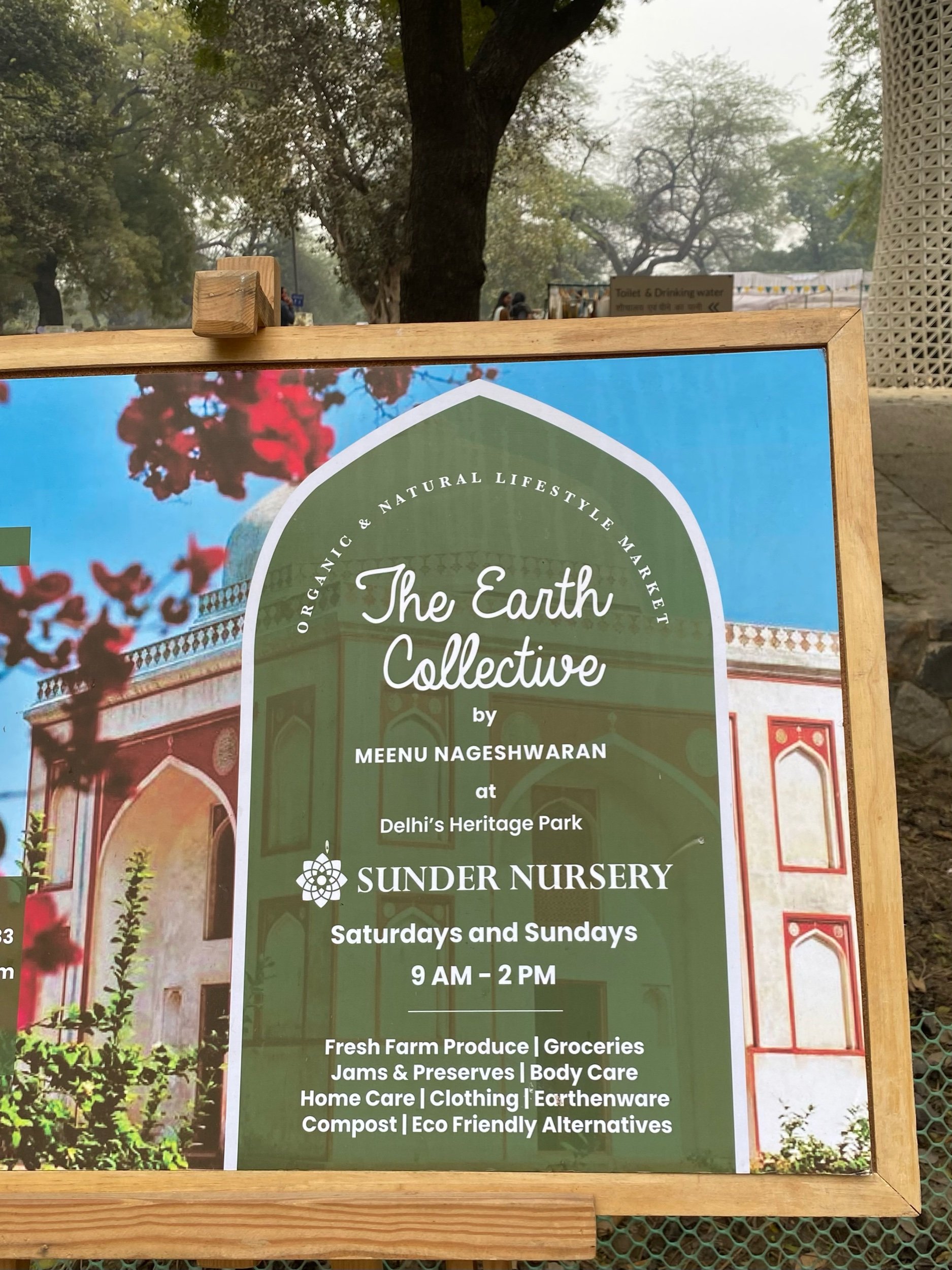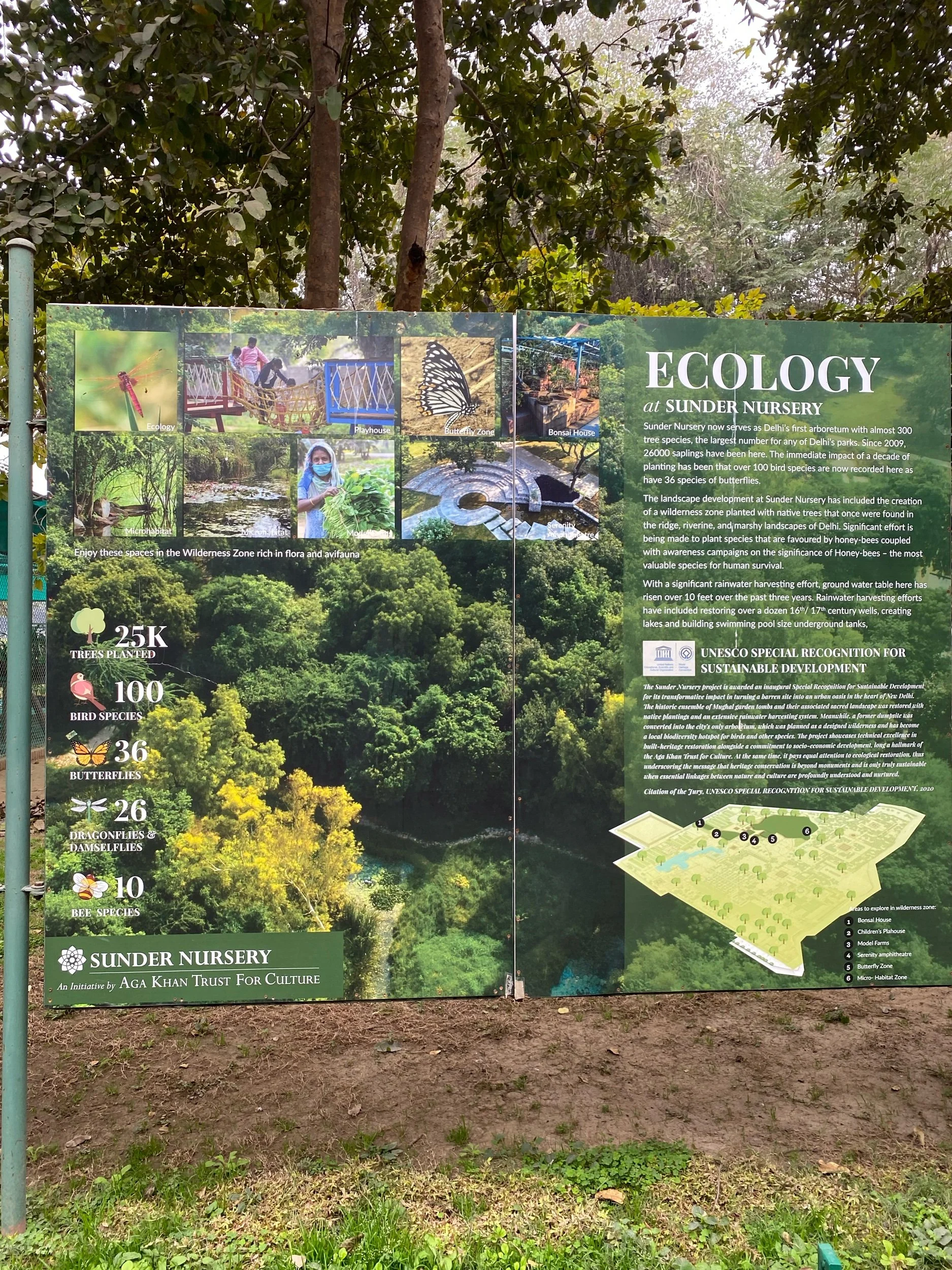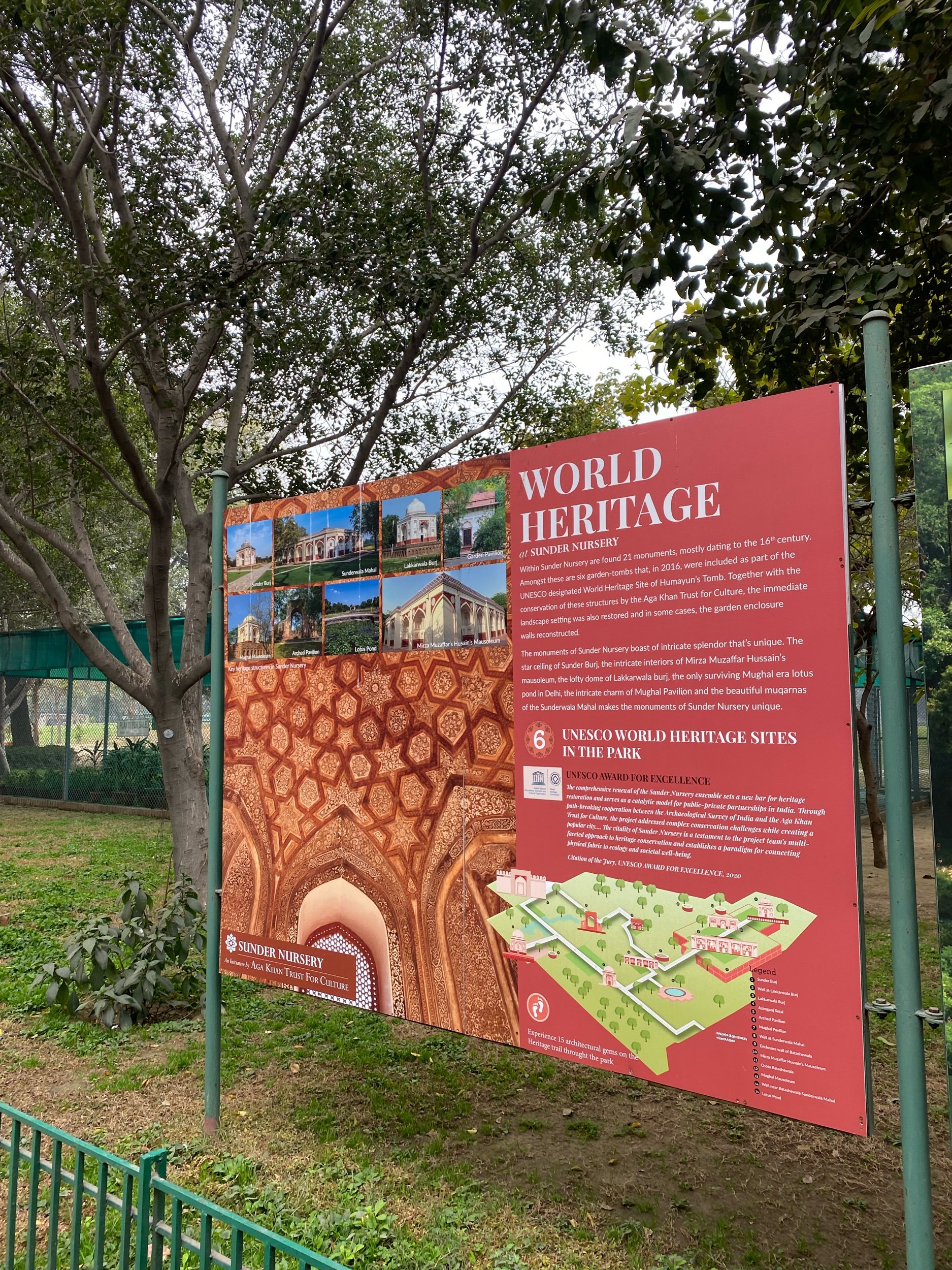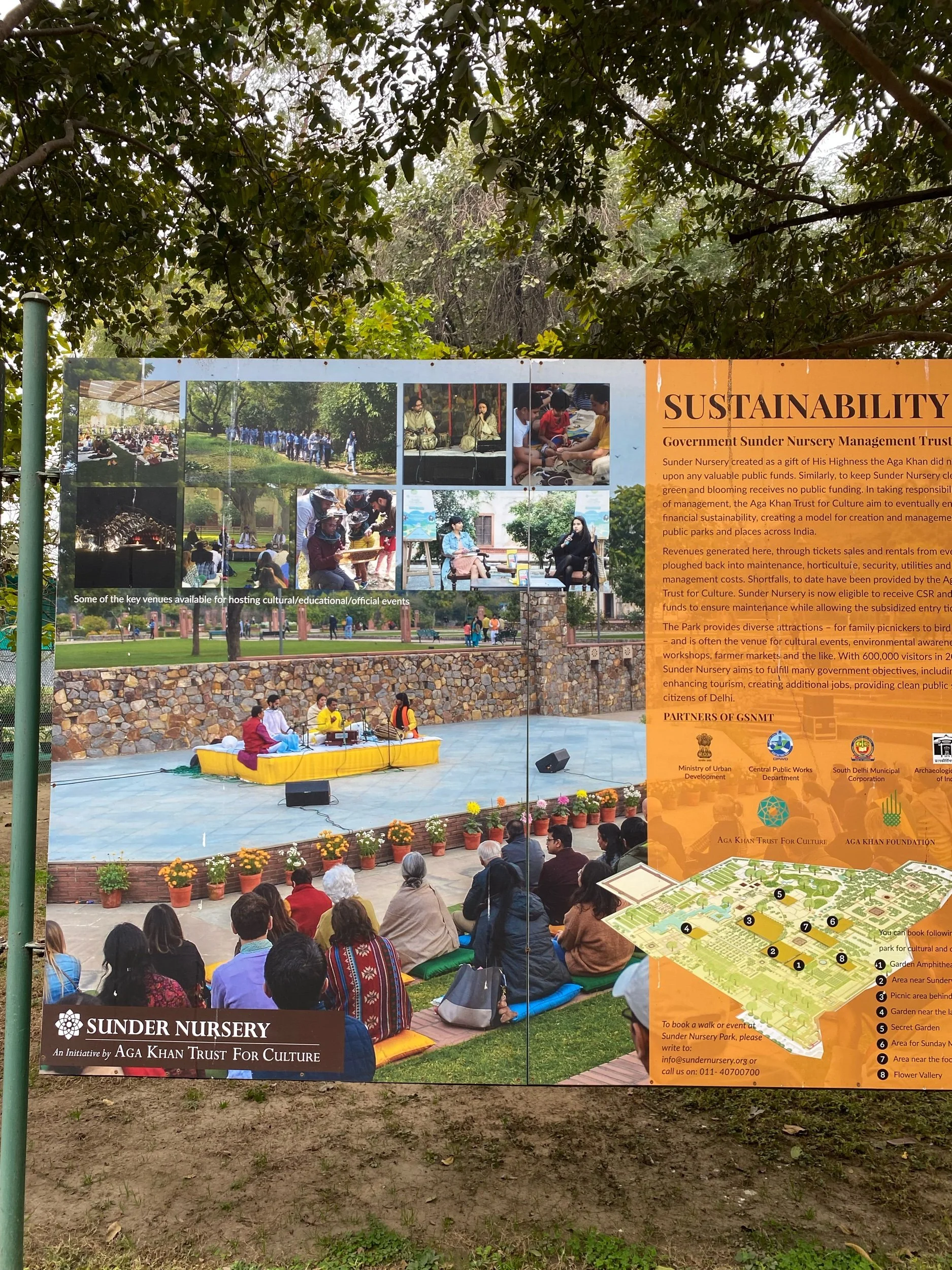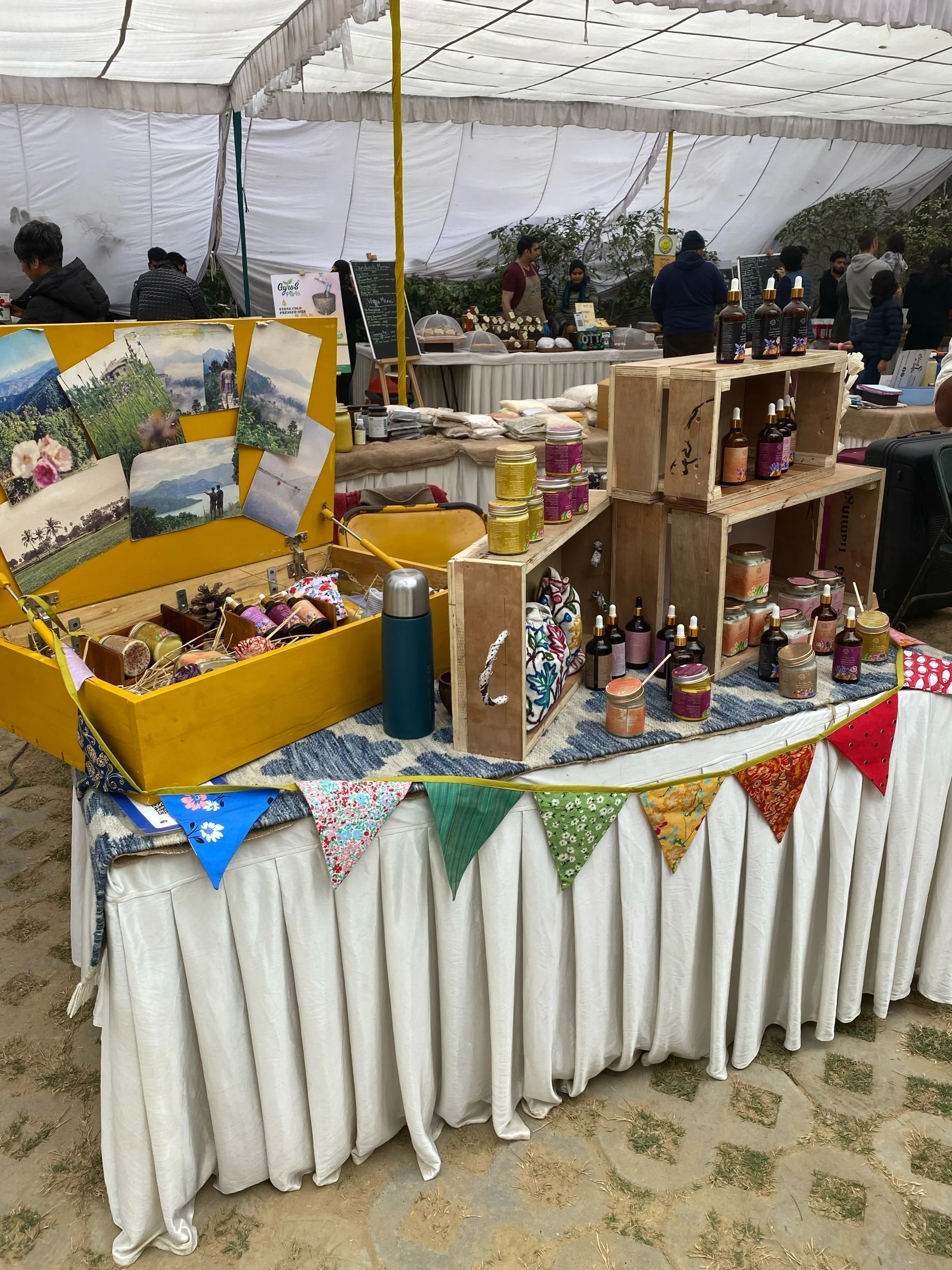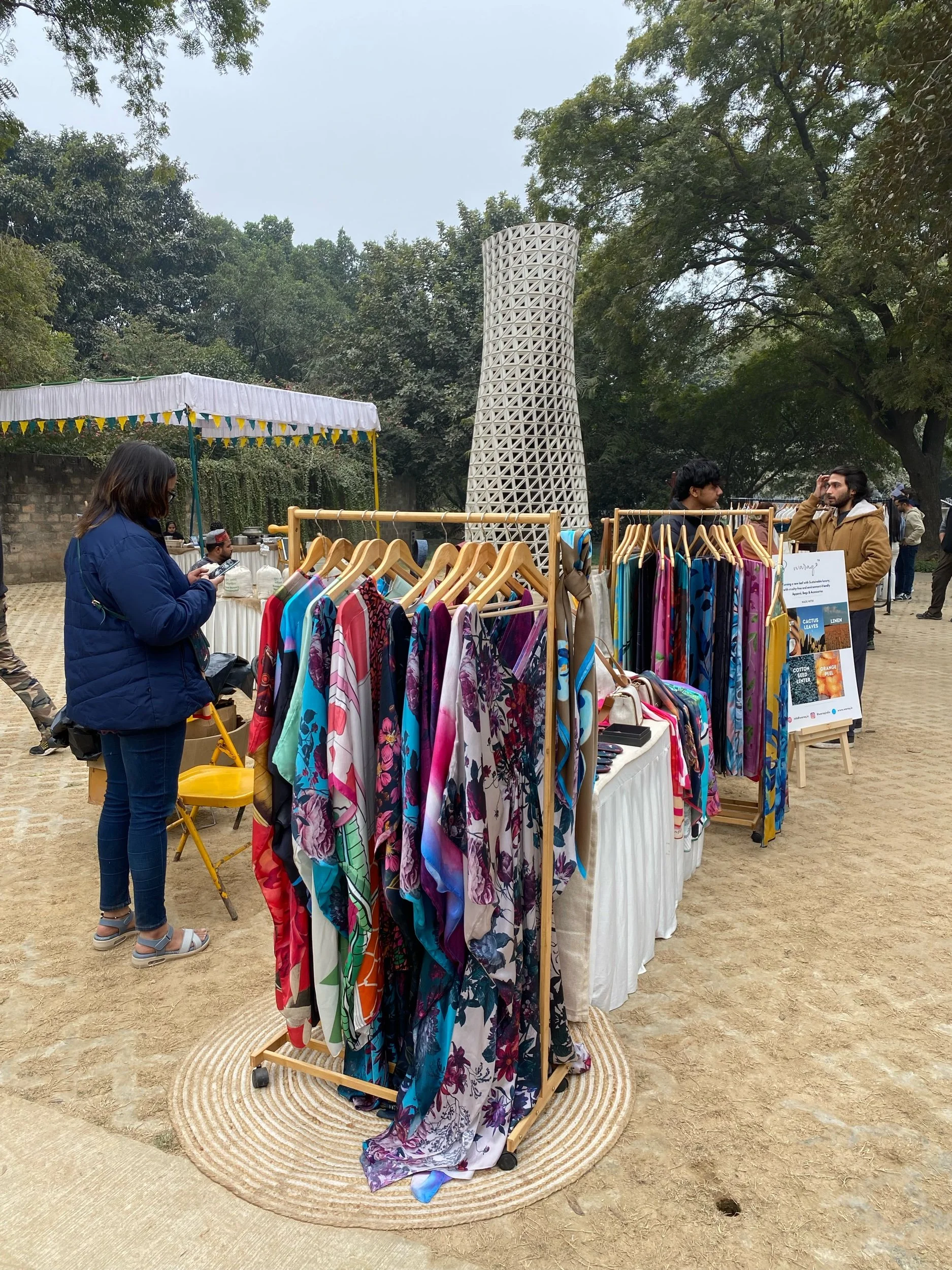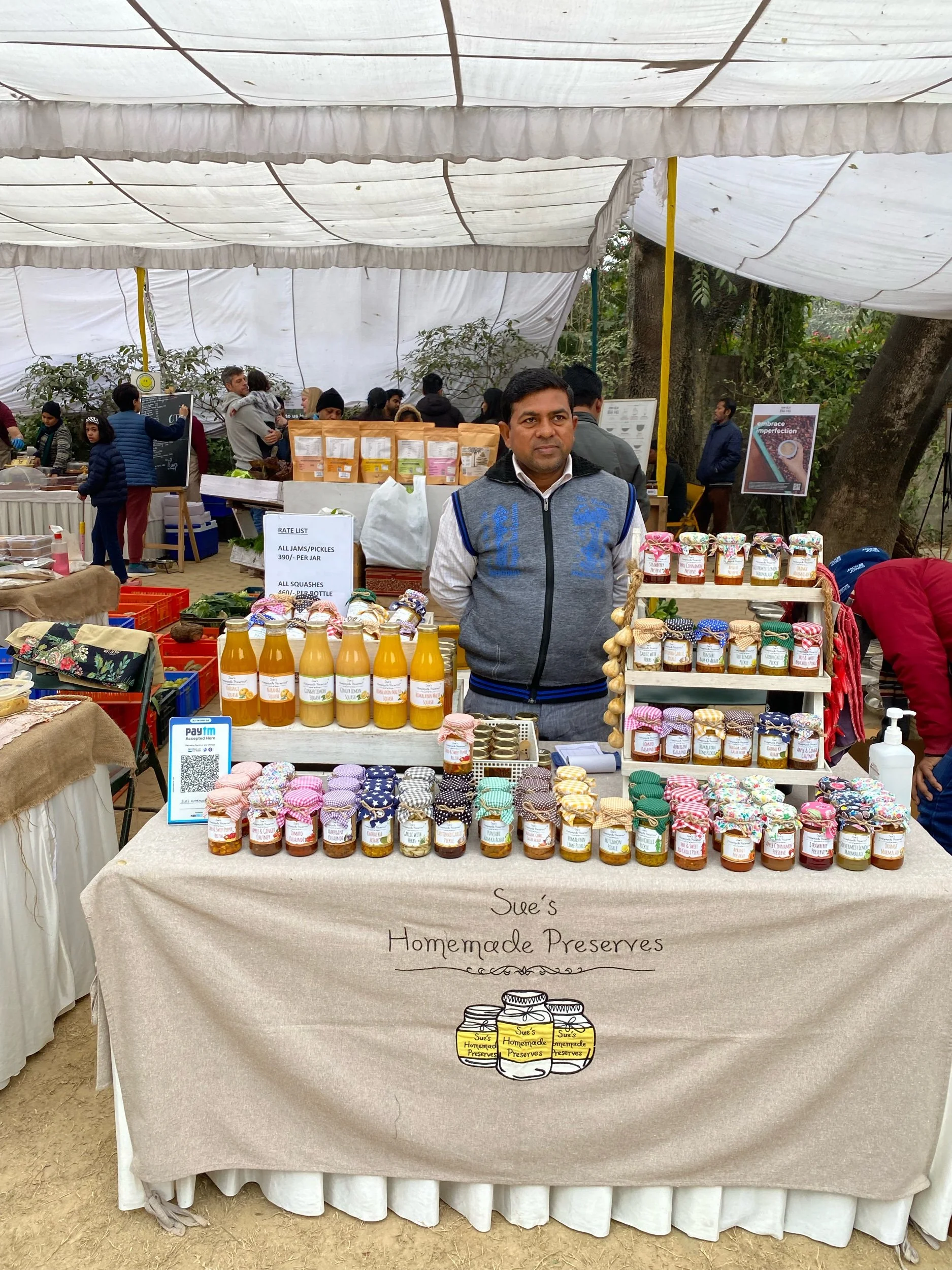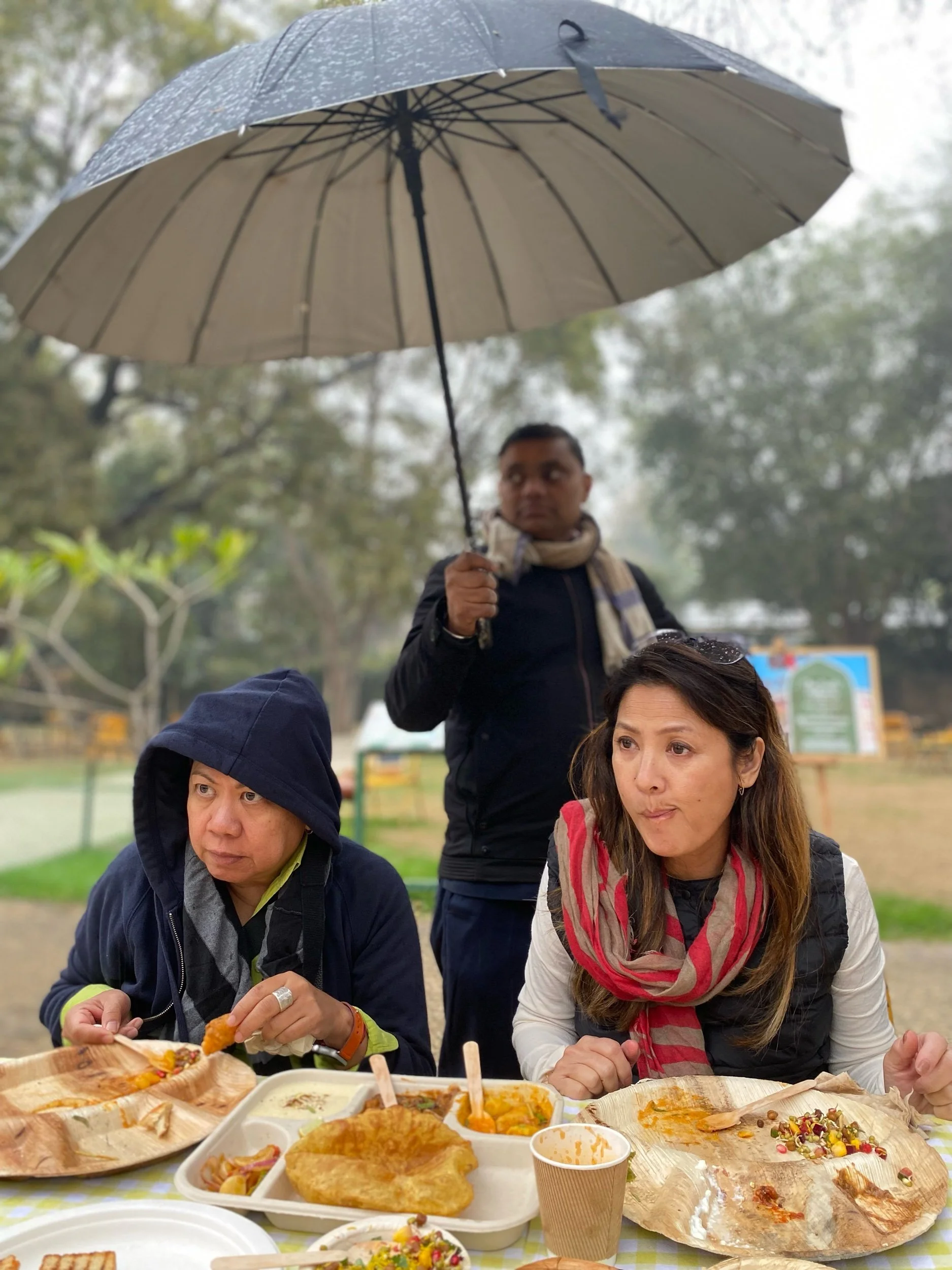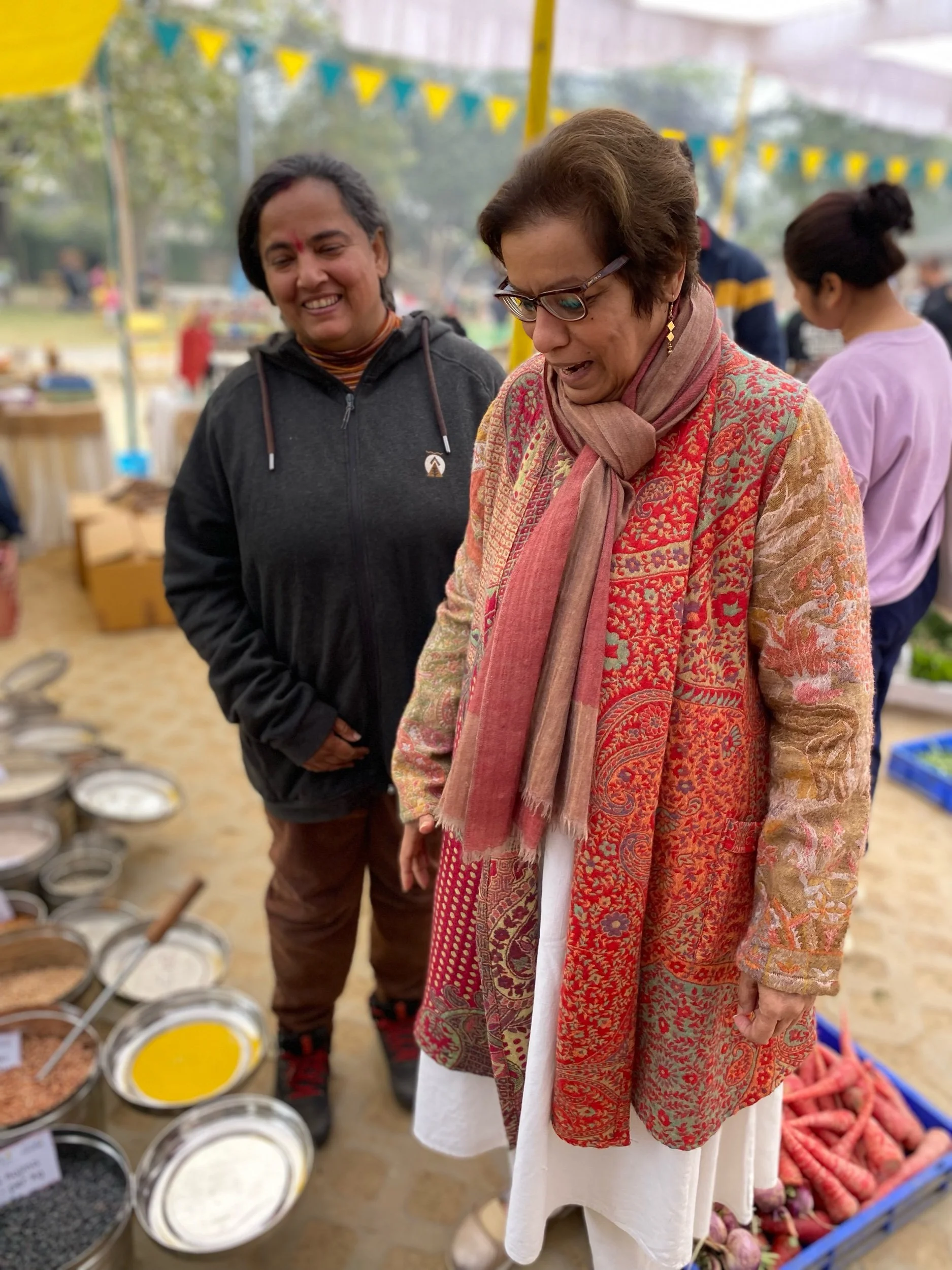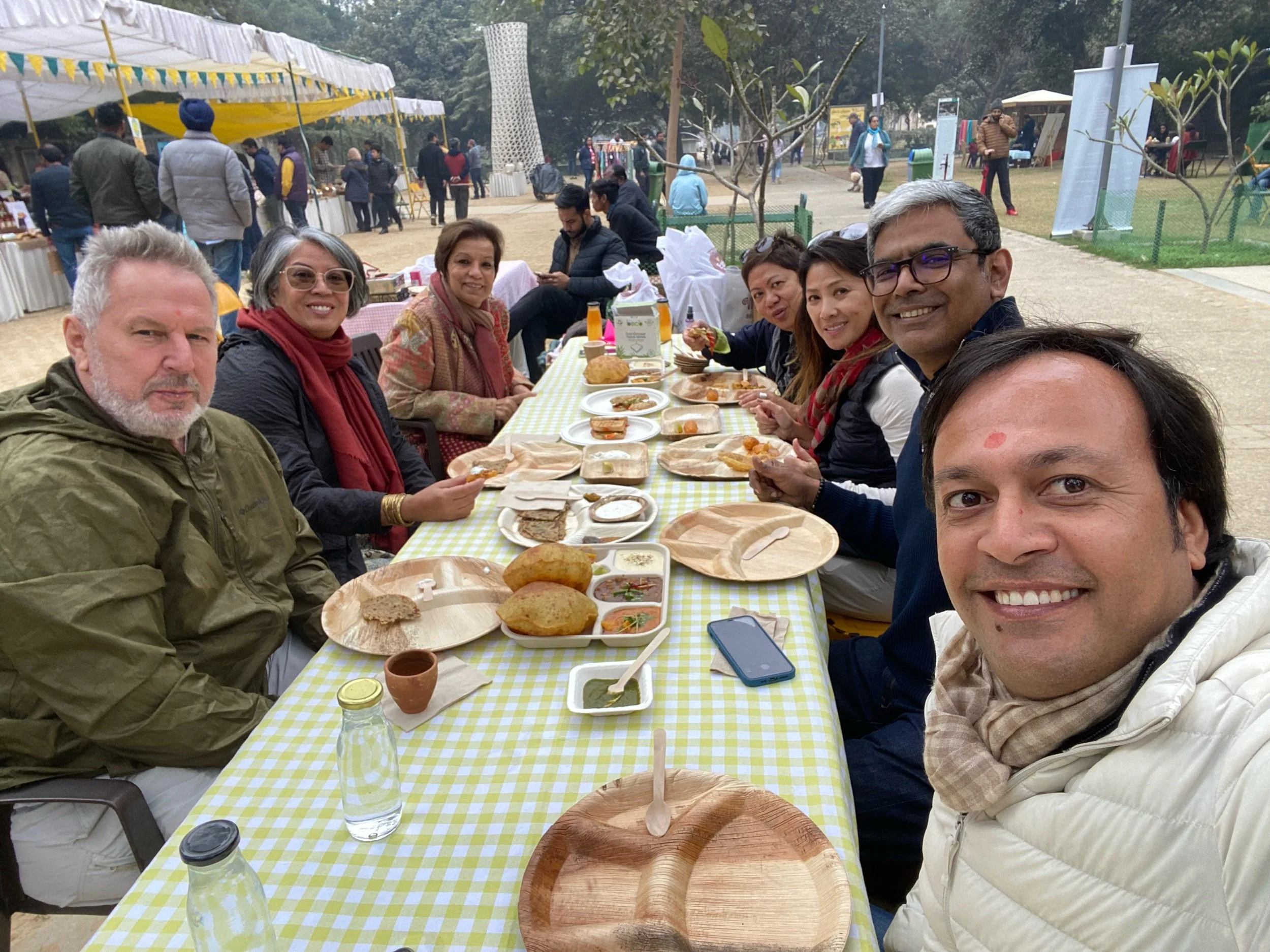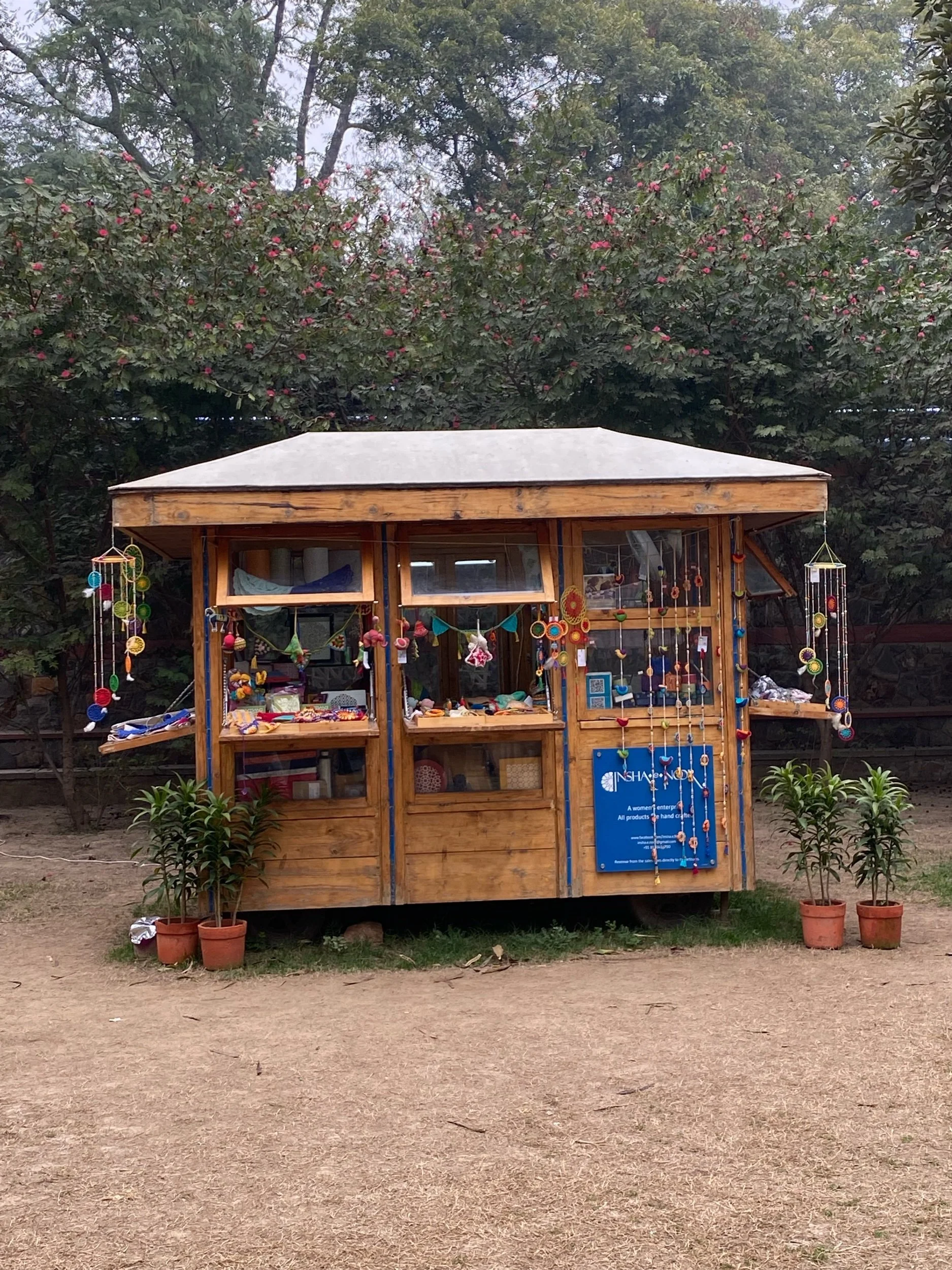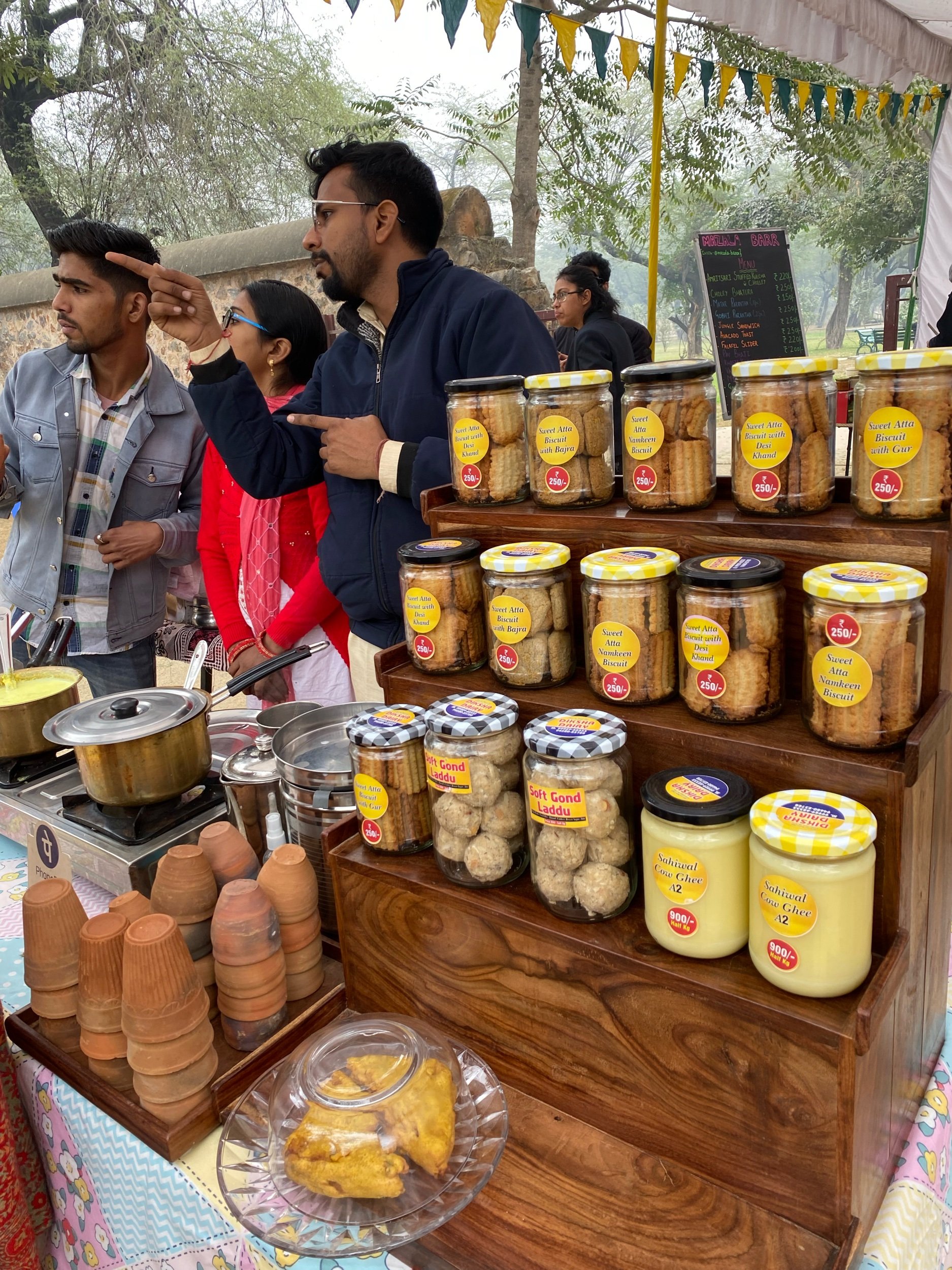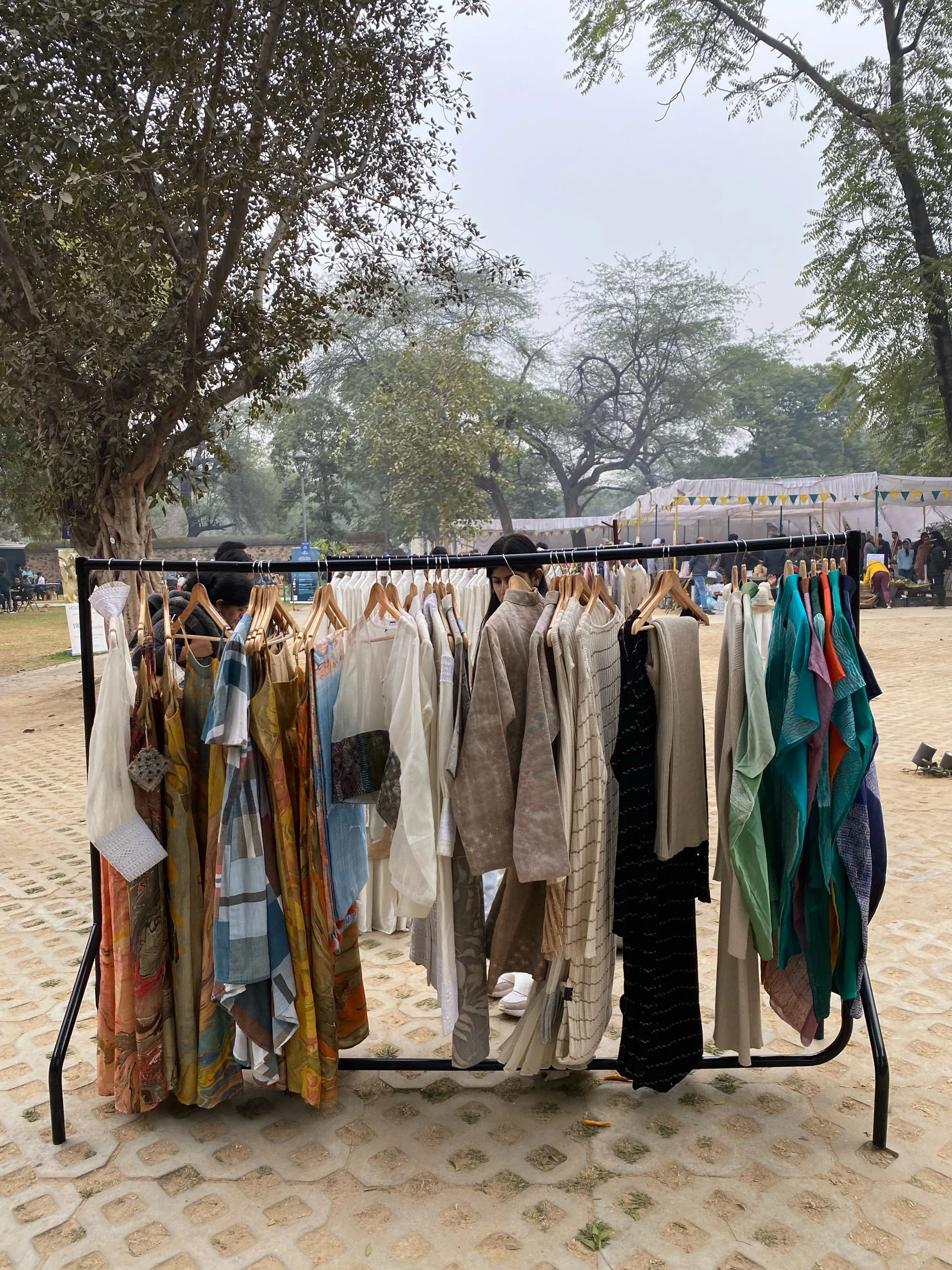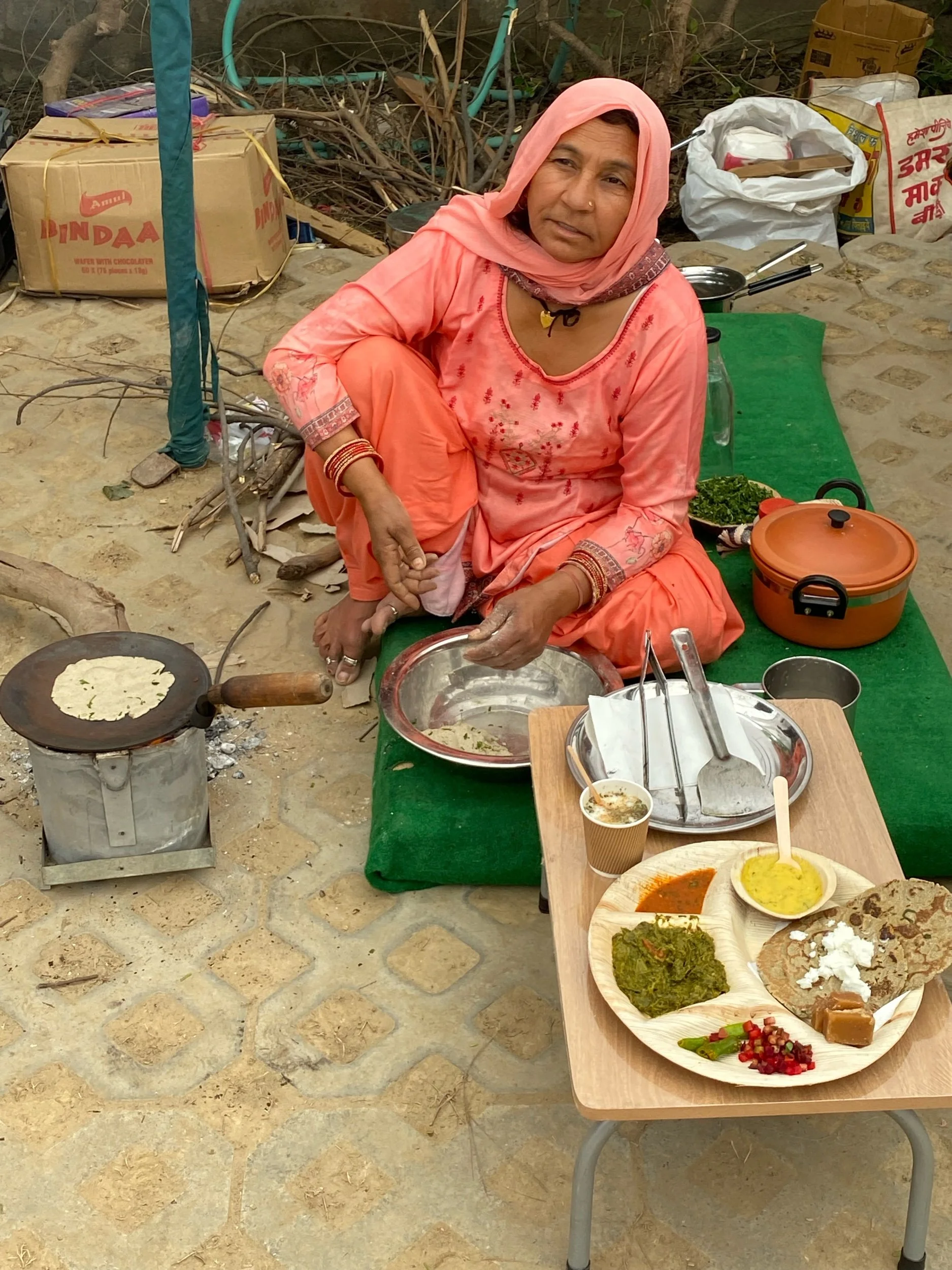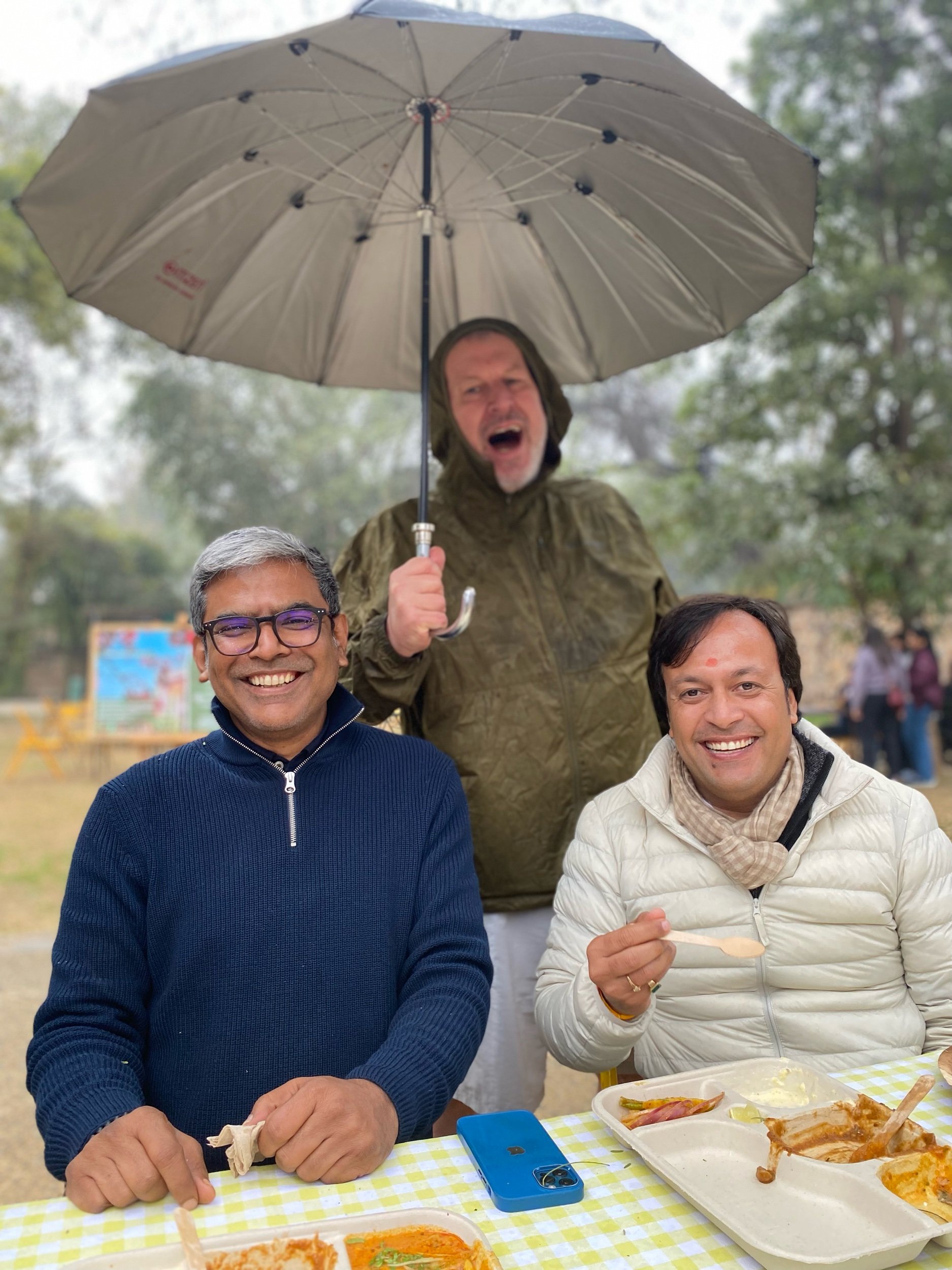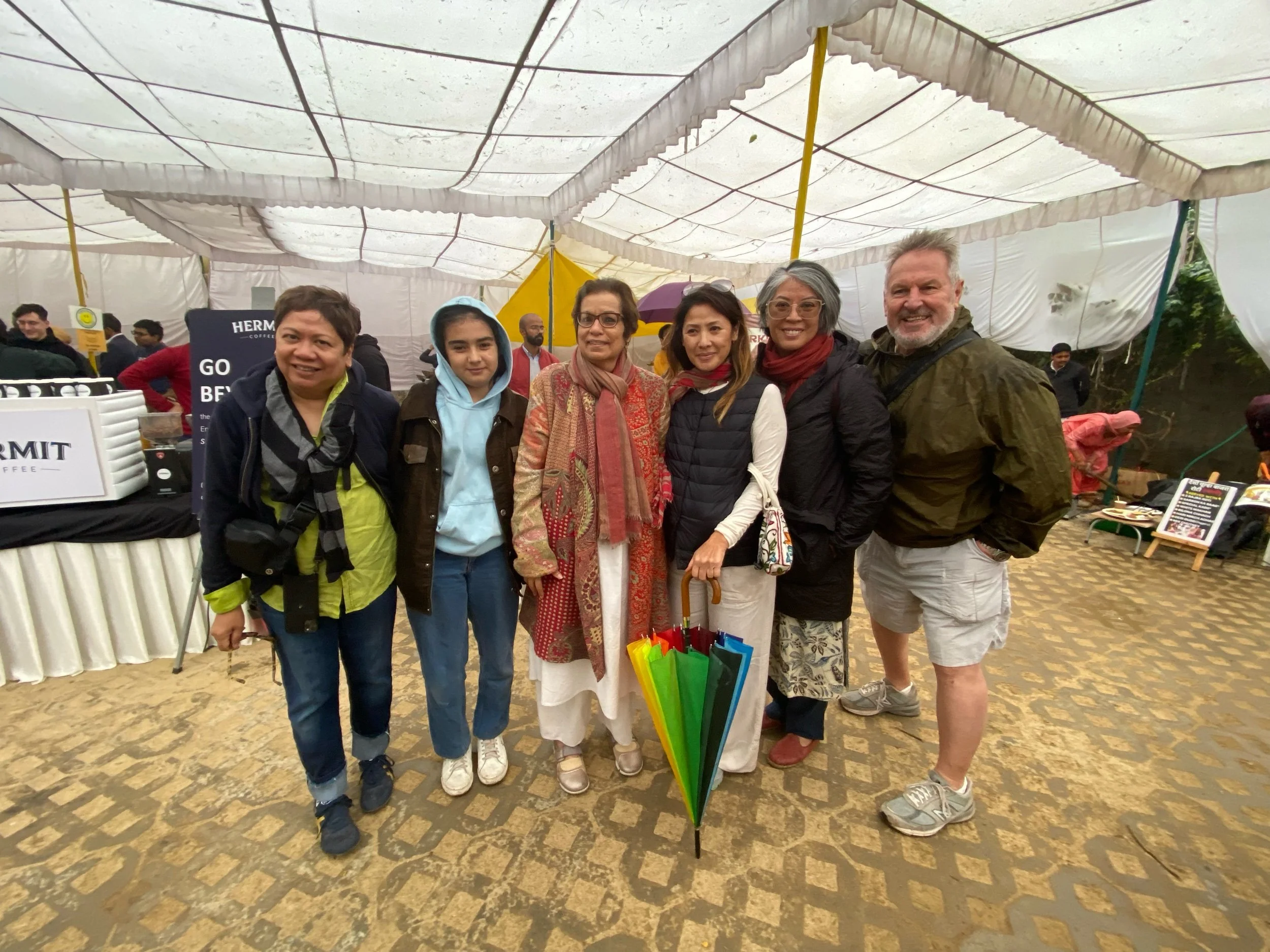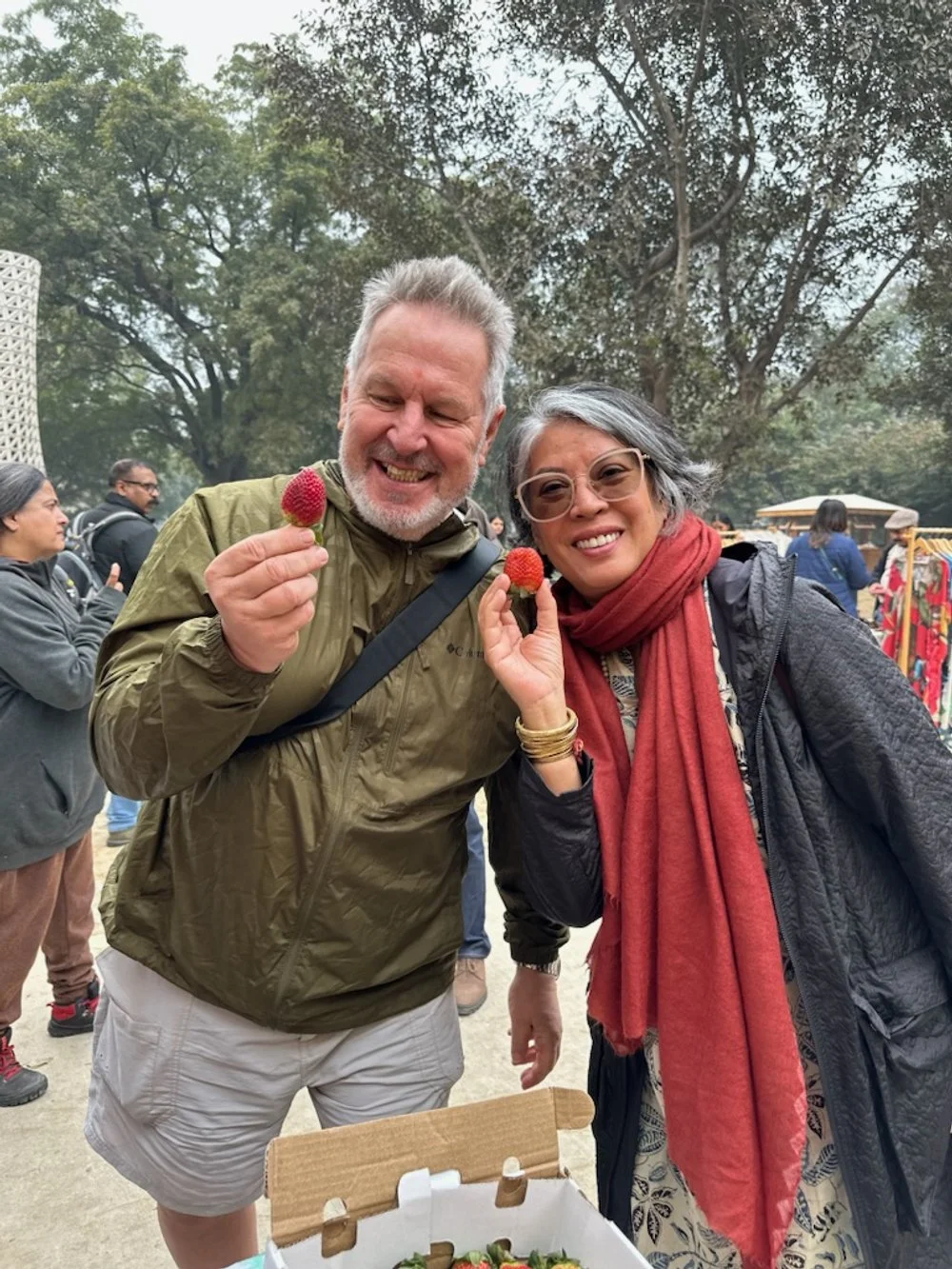Delhi, the capital city of India, is a vibrant and bustling city that offers a diverse range of experiences to visitors. From its rich history and cultural heritage to its vibrant street life and modern infrastructure, Delhi has something for everyone. In this blog post, I’ll take you on a journey of discovering Delhi, through our experiences staying at the Imperial New Delhi hotel, visiting Museo Camera, Gandhi Smriti, Qutub Minar, Bangla Sahib Gurudwara Temple, Old Delhi Walk and Rickshaw Ride in Chandni Chowk, Humayun's Tomb and the Earth Collective in Sunder Nursery.
the Imperial New Delhi hotel
The Imperial New Delhi hotel is a historic landmark luxury hotel built in 1931 and offers a blend of Victorian and colonial architecture. Its interiors are adorned with antique furniture, art and artifacts. The hotel staff will act as de facto tour guide and will happily point out all the historic memorabilia.
The hotel is located in the heart of the city and is close to major tourist attractions like India Gate and Connaught Place. We were greeted with warm hospitality upon arrival and were impressed by the quiet grandeur and opulence of the hotel. The rooms were spacious and tastefully decorated, with all the modern amenities one could ask for. The hotel's restaurants (The Spice Route, San Gimignano, 1911) offered a range of cuisines, from Indian to Italian, and we thoroughly enjoyed our dining experiences.
Visit to Museo Camera
Museo Camera is a photography museum located in Gurugram, near Delhi. The museum was founded by Aditya Arya, a renowned photographer and collector of vintage cameras and photographic equipment.
Aditya Arya has been passionate about photography since he was a teenager, and over the years, he has amassed a large collection of vintage cameras and equipment from around the world. In 2009, he decided to share his collection with the public and opened Museo Camera.
The museum is dedicated to the history of photography and showcases some of the most iconic cameras and photographic equipment from the 19th and 20th centuries. The collection includes rare cameras, lenses, projectors, and other equipment, as well as photographs and other photographic memorabilia. It’s a must-visit for anyone interested in the art and science of photography. Their cafe also serves amazing food and snagging a table here is quite a prize.
Gandhi Smriti
Gandhi Smriti is a museum dedicated to the life and legacy of Mahatma Gandhi, the father of the nation. The museum is located in the house where Gandhi spent his last 144 days before his assassination. The museum houses a collection of photographs, paintings, and personal items belonging to Gandhi, and the exhibits provide a glimpse into his life and teachings. We were moved by the simplicity and humility of Gandhi's way of life and were inspired by his message of non-violence and peace.
Qutub Minar
Qutub Minar is a UNESCO World Heritage Site that dates back to the 12th century. The monument is a towering minaret that stands 73 meters high and is adorned with intricate carvings and inscriptions. The tower is one of the tallest brick minarets in the world and has five stories, each separated by a balcony.
The Qutub Minar is an incredible monument that showcases the architectural and cultural achievements of India's Islamic rulers. Its towering height, intricate carvings, and fascinating history make it a must-visit for anyone interested in the rich heritage of Delhi and India.
Bangla Sahib Gurudwara Temple
The Bangla Sahib Gurudwara Temple is a Sikh temple that is open to people of all faiths and this was our first visit to a Sikh temple. Head covering is a must and shoes left outside the temple, no matter how cold the marble floors are!
The temple is known for its beautiful architecture, serene atmosphere, and the langar, which is a communal kitchen run by volunteers that serves free meals to all visitors 24hours/7days a week. We were struck by the hospitality and generosity of the people at the temple and were humbled by the experience of sharing a meal with strangers from different walks of life.
Old Delhi Walk and Rickshaw Ride in Chandni Chowk
Old Delhi is a chaotic and bustling part of the city that is steeped in history and culture. We took a guided walking tour of the area, which included a rickshaw ride through the narrow lanes of Chandni Chowk. We were amazed by the vibrant street life, the colorful bazaars, and shocked at the crush we experienced navigating the narrow alleyways. Good thing we were on a rickshaw where we felt safe and cocooned.
Humayun's Tomb
Humayun's Tomb is a magnificent monument in Delhi, built in the mid-16th century by Haji Begum in memory of her late husband, Mughal Emperor Humayun. It is often considered to be the inspiration behind the world-famous Taj Mahal in Agra. The Taj Mahal was built in the 17th century by the Mughal emperor Shah Jahan as a mausoleum for his beloved wife Mumtaz Mahal, who had passed away during childbirth.
It is believed that Shah Jahan was inspired by the design and grandeur of Humayun's Tomb when he began work on the Taj Mahal. The similarities between the two structures are evident in their symmetrical design, use of white marble, and intricate decorative elements. The tomb is made of red sandstone and white marble and stands in the center of a large garden, surrounded by smaller structures such as a mosque and gatehouse.
It is not only a stunning monument but also an important historical site that has witnessed significant events in Indian history. Humayun's Tomb remains a popular tourist destination and a must-visit for anyone interested in the grandeur and legacy of the Mughal Empire.
The Earth Collective market in sunder nursery
If you’re in Delhi on a weekend, you must visit The Earth Collective Organic Farmers Market located at Sunder Nursery, a 90-acre heritage park located near Humayun's Tomb. The Earth Collective was established in 2019 with the aim of promoting sustainable agriculture practices and supporting local farmers and artisans. The market features a wide variety of organic produce, including fruits, vegetables, herbs, and spices, as well as handmade crafts and artisanal products.
We were shown around no less than the founder, Ms. Meenu Nageswaran. Meenu is passionate about promoting sustainable and ethical practices, and she works closely with local farmers to ensure that the produce sold at the market is of the highest quality and is grown using environmentally friendly methods. The market also provides a platform for small-scale farmers and artisans to showcase their products and connect with customers directly.
We really enjoyed connecting with the farmers and artisans and ate a delicious lunch al fresco despite the rainy weather. I supported the market by shopping for organic skincare and ethical pashmina!
As we come to the end of our journey through Delhi, we are struck by the city's incredible diversity and contrasts. From the ancient monuments of the Mughal Empire to the bustling bazaars of Old Delhi, and from the peaceful parks and gardens to the modern shopping centers and luxury hotels, Delhi has something for everyone. It is a city that never fails to surprise and inspire, and we feel privileged to have experienced its many wonders. Whether you are a history buff, a foodie, a shopaholic, or just a curious traveler, Delhi is a city that will captivate and enchant you.
Ready for me to plan your trip to India?


